Quick filters:
Russian imperial navy Stock Photos and Images
 Imperial Russian battleship Peresvet in Toulon, 1901. Stock Photohttps://www.alamy.com/image-license-details/?v=1https://www.alamy.com/imperial-russian-battleship-peresvet-in-toulon-1901-image340596733.html
Imperial Russian battleship Peresvet in Toulon, 1901. Stock Photohttps://www.alamy.com/image-license-details/?v=1https://www.alamy.com/imperial-russian-battleship-peresvet-in-toulon-1901-image340596733.htmlRM2AP3EH1–Imperial Russian battleship Peresvet in Toulon, 1901.
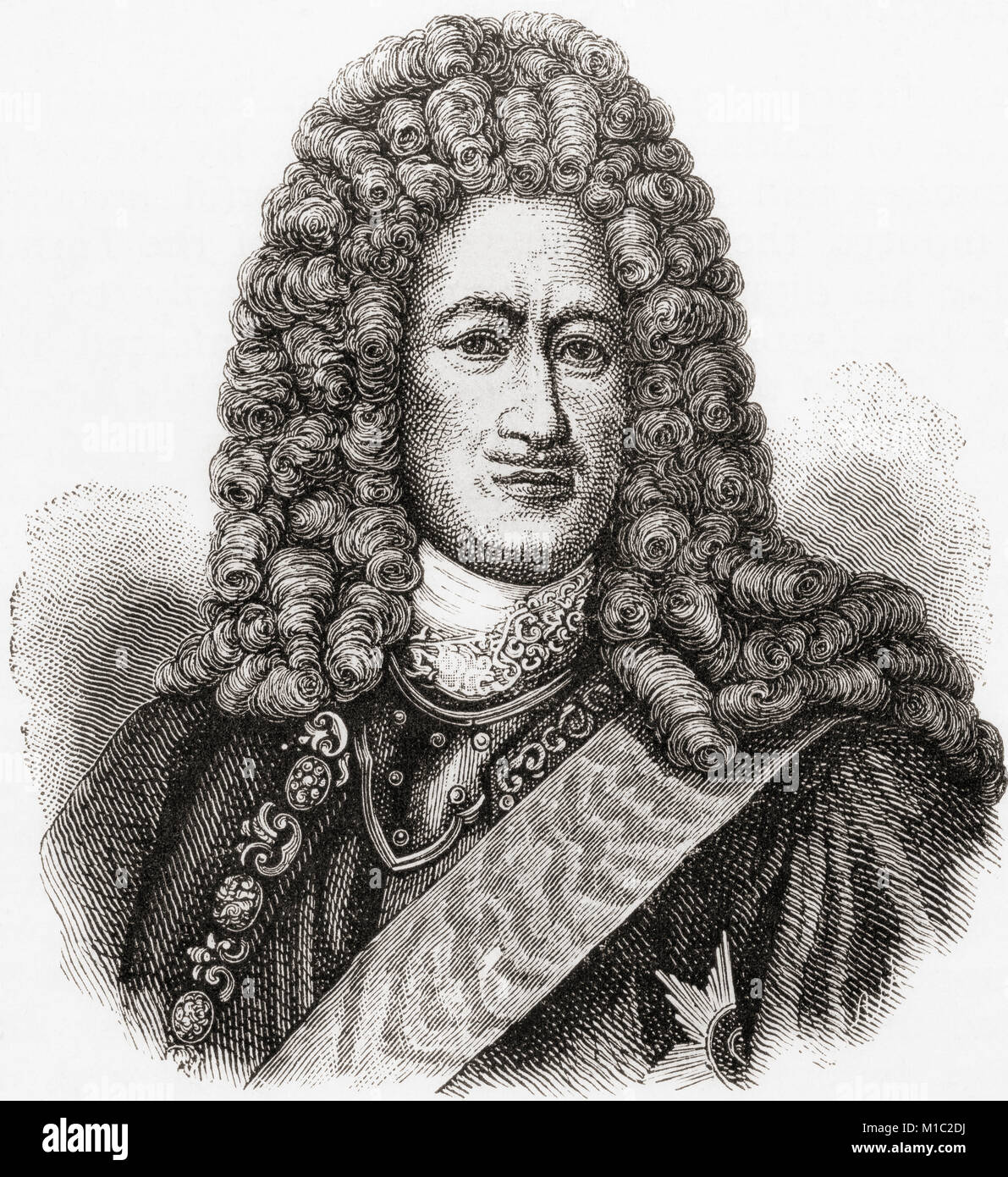 Prince Alexander Danilovich Menshikov, 1673 – 1729. Russian statesman, Generalissimo of Russian Imperial Army, Admiral of Russian Imperial Navy, Prince of the Russian Empire, Duke of Izhora (Duke of Ingria), Prince of the Holy Roman Empire and Duke of Cosel. From Ward and Lock's Illustrated History of the World, published c.1882. Stock Photohttps://www.alamy.com/image-license-details/?v=1https://www.alamy.com/stock-photo-prince-alexander-danilovich-menshikov-1673-1729-russian-statesman-172983710.html
Prince Alexander Danilovich Menshikov, 1673 – 1729. Russian statesman, Generalissimo of Russian Imperial Army, Admiral of Russian Imperial Navy, Prince of the Russian Empire, Duke of Izhora (Duke of Ingria), Prince of the Holy Roman Empire and Duke of Cosel. From Ward and Lock's Illustrated History of the World, published c.1882. Stock Photohttps://www.alamy.com/image-license-details/?v=1https://www.alamy.com/stock-photo-prince-alexander-danilovich-menshikov-1673-1729-russian-statesman-172983710.htmlRMM1C2DJ–Prince Alexander Danilovich Menshikov, 1673 – 1729. Russian statesman, Generalissimo of Russian Imperial Army, Admiral of Russian Imperial Navy, Prince of the Russian Empire, Duke of Izhora (Duke of Ingria), Prince of the Holy Roman Empire and Duke of Cosel. From Ward and Lock's Illustrated History of the World, published c.1882.
 Midships of Russian battleship CZAREVITCH (i.e., Tsesarevich), Photograph shows the Tsesarevich, a battleship of the Russian Imperial Navy which saw service in the Russo-Japanese war and World War I., between ca. 1910 and ca. 1915, Glass negatives, 1 negative: glass Stock Photohttps://www.alamy.com/image-license-details/?v=1https://www.alamy.com/midships-of-russian-battleship-czarevitch-ie-tsesarevich-photograph-shows-the-tsesarevich-a-battleship-of-the-russian-imperial-navy-which-saw-service-in-the-russo-japanese-war-and-world-war-i-between-ca-1910-and-ca-1915-glass-negatives-1-negative-glass-image599547618.html
Midships of Russian battleship CZAREVITCH (i.e., Tsesarevich), Photograph shows the Tsesarevich, a battleship of the Russian Imperial Navy which saw service in the Russo-Japanese war and World War I., between ca. 1910 and ca. 1915, Glass negatives, 1 negative: glass Stock Photohttps://www.alamy.com/image-license-details/?v=1https://www.alamy.com/midships-of-russian-battleship-czarevitch-ie-tsesarevich-photograph-shows-the-tsesarevich-a-battleship-of-the-russian-imperial-navy-which-saw-service-in-the-russo-japanese-war-and-world-war-i-between-ca-1910-and-ca-1915-glass-negatives-1-negative-glass-image599547618.htmlRM2WRBN2X–Midships of Russian battleship CZAREVITCH (i.e., Tsesarevich), Photograph shows the Tsesarevich, a battleship of the Russian Imperial Navy which saw service in the Russo-Japanese war and World War I., between ca. 1910 and ca. 1915, Glass negatives, 1 negative: glass
 KONSTANTIN STANYOUKOVIC (1843-1903) Russian writer Stock Photohttps://www.alamy.com/image-license-details/?v=1https://www.alamy.com/konstantin-stanyoukovic-1843-1903-russian-writer-image152581507.html
KONSTANTIN STANYOUKOVIC (1843-1903) Russian writer Stock Photohttps://www.alamy.com/image-license-details/?v=1https://www.alamy.com/konstantin-stanyoukovic-1843-1903-russian-writer-image152581507.htmlRMJT6K7F–KONSTANTIN STANYOUKOVIC (1843-1903) Russian writer
 Russian Imperial Navy Mine Cruiser 'Lieutenant Ilyin'. Stock Photohttps://www.alamy.com/image-license-details/?v=1https://www.alamy.com/russian-imperial-navy-mine-cruiser-lieutenant-ilyin-image382517776.html
Russian Imperial Navy Mine Cruiser 'Lieutenant Ilyin'. Stock Photohttps://www.alamy.com/image-license-details/?v=1https://www.alamy.com/russian-imperial-navy-mine-cruiser-lieutenant-ilyin-image382517776.htmlRM2D69594–Russian Imperial Navy Mine Cruiser 'Lieutenant Ilyin'.
 Russo-Japanese War (1904-1905). Japan went to war with Russia in order to ensure the interests in Korea and South Manchuria. Arrival of General of the Russian Imperial Navy Nikolai Linevitch (1839-1908) to Kutchulin after inspecting the Russian lines. The Artistic Illustration. Stock Photohttps://www.alamy.com/image-license-details/?v=1https://www.alamy.com/russo-japanese-war-1904-1905-japan-went-to-war-with-russia-in-order-to-ensure-the-interests-in-korea-and-south-manchuria-arrival-of-general-of-the-russian-imperial-navy-nikolai-linevitch-1839-1908-to-kutchulin-after-inspecting-the-russian-lines-the-artistic-illustration-image211080808.html
Russo-Japanese War (1904-1905). Japan went to war with Russia in order to ensure the interests in Korea and South Manchuria. Arrival of General of the Russian Imperial Navy Nikolai Linevitch (1839-1908) to Kutchulin after inspecting the Russian lines. The Artistic Illustration. Stock Photohttps://www.alamy.com/image-license-details/?v=1https://www.alamy.com/russo-japanese-war-1904-1905-japan-went-to-war-with-russia-in-order-to-ensure-the-interests-in-korea-and-south-manchuria-arrival-of-general-of-the-russian-imperial-navy-nikolai-linevitch-1839-1908-to-kutchulin-after-inspecting-the-russian-lines-the-artistic-illustration-image211080808.htmlRMP7BFM8–Russo-Japanese War (1904-1905). Japan went to war with Russia in order to ensure the interests in Korea and South Manchuria. Arrival of General of the Russian Imperial Navy Nikolai Linevitch (1839-1908) to Kutchulin after inspecting the Russian lines. The Artistic Illustration.
 Russian Imperial Navy ship: Cruiser Vladimir Monomakh ca. before 1905 Stock Photohttps://www.alamy.com/image-license-details/?v=1https://www.alamy.com/russian-imperial-navy-ship-cruiser-vladimir-monomakh-ca-before-1905-image504685195.html
Russian Imperial Navy ship: Cruiser Vladimir Monomakh ca. before 1905 Stock Photohttps://www.alamy.com/image-license-details/?v=1https://www.alamy.com/russian-imperial-navy-ship-cruiser-vladimir-monomakh-ca-before-1905-image504685195.htmlRM2M92B37–Russian Imperial Navy ship: Cruiser Vladimir Monomakh ca. before 1905
 'Batum' (1880). Torpedo boat of the Imperial Russian Navy. Engraving by Capuz, 1882. Stock Photohttps://www.alamy.com/image-license-details/?v=1https://www.alamy.com/batum-1880-torpedo-boat-of-the-imperial-russian-navy-engraving-by-capuz-1882-image469989384.html
'Batum' (1880). Torpedo boat of the Imperial Russian Navy. Engraving by Capuz, 1882. Stock Photohttps://www.alamy.com/image-license-details/?v=1https://www.alamy.com/batum-1880-torpedo-boat-of-the-imperial-russian-navy-engraving-by-capuz-1882-image469989384.htmlRM2J8HT74–'Batum' (1880). Torpedo boat of the Imperial Russian Navy. Engraving by Capuz, 1882.
 'Batum' (1880). Torpedo boat of the Imperial Russian Navy. Illustration by A. Cortellini. Engraving by Capuz. La Ilustración Española y Americana, 1882. Stock Photohttps://www.alamy.com/image-license-details/?v=1https://www.alamy.com/batum-1880-torpedo-boat-of-the-imperial-russian-navy-illustration-by-a-cortellini-engraving-by-capuz-la-ilustracin-espaola-y-americana-1882-image453693337.html
'Batum' (1880). Torpedo boat of the Imperial Russian Navy. Illustration by A. Cortellini. Engraving by Capuz. La Ilustración Española y Americana, 1882. Stock Photohttps://www.alamy.com/image-license-details/?v=1https://www.alamy.com/batum-1880-torpedo-boat-of-the-imperial-russian-navy-illustration-by-a-cortellini-engraving-by-capuz-la-ilustracin-espaola-y-americana-1882-image453693337.htmlRM2HA3EDD–'Batum' (1880). Torpedo boat of the Imperial Russian Navy. Illustration by A. Cortellini. Engraving by Capuz. La Ilustración Española y Americana, 1882.
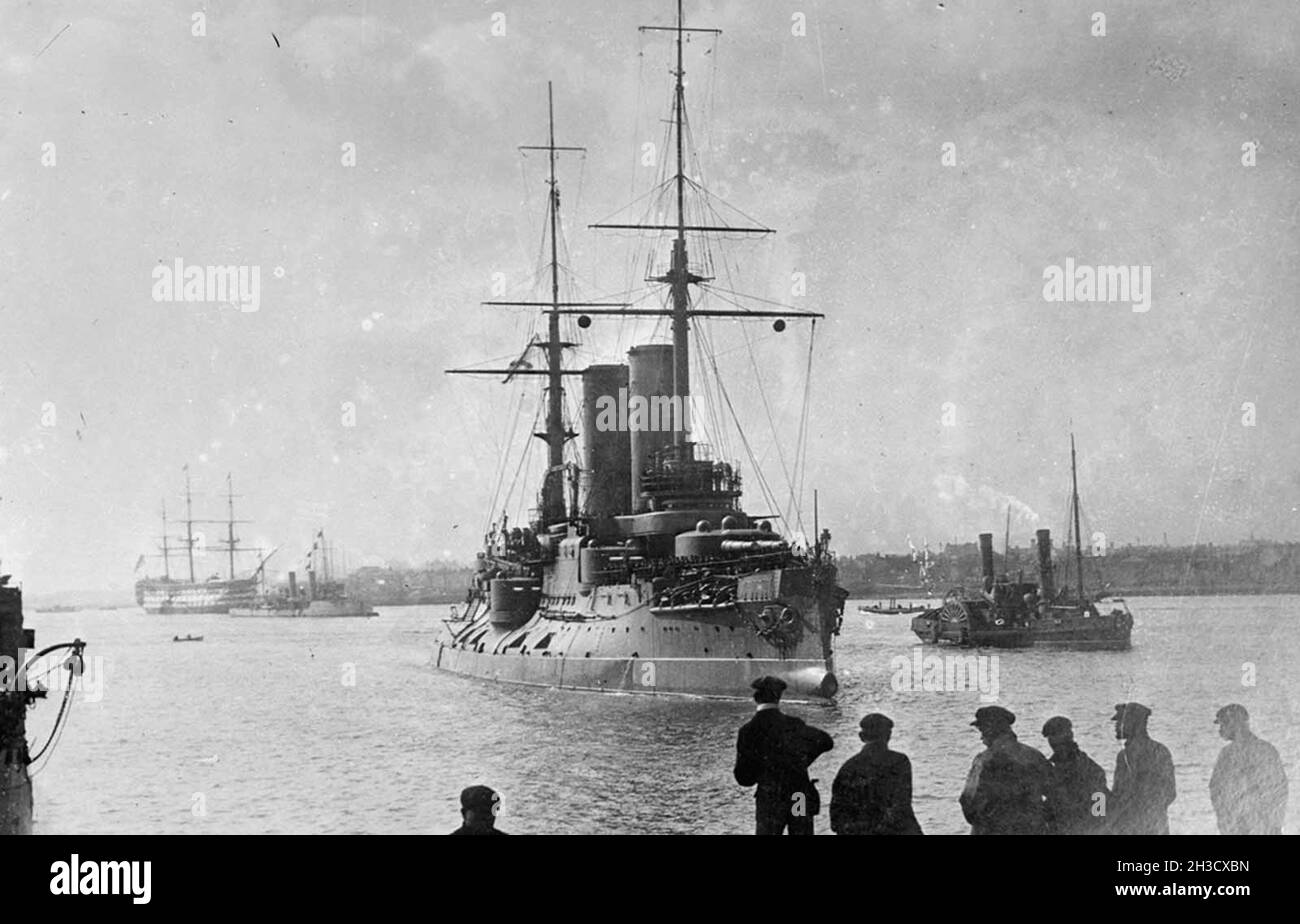 The Russian flagship Tsarevitch passing HMS Victory in Portsmouth, ca. 1915. Stock Photohttps://www.alamy.com/image-license-details/?v=1https://www.alamy.com/the-russian-flagship-tsarevitch-passing-hms-victory-in-portsmouth-ca-1915-image449597673.html
The Russian flagship Tsarevitch passing HMS Victory in Portsmouth, ca. 1915. Stock Photohttps://www.alamy.com/image-license-details/?v=1https://www.alamy.com/the-russian-flagship-tsarevitch-passing-hms-victory-in-portsmouth-ca-1915-image449597673.htmlRM2H3CXBN–The Russian flagship Tsarevitch passing HMS Victory in Portsmouth, ca. 1915.
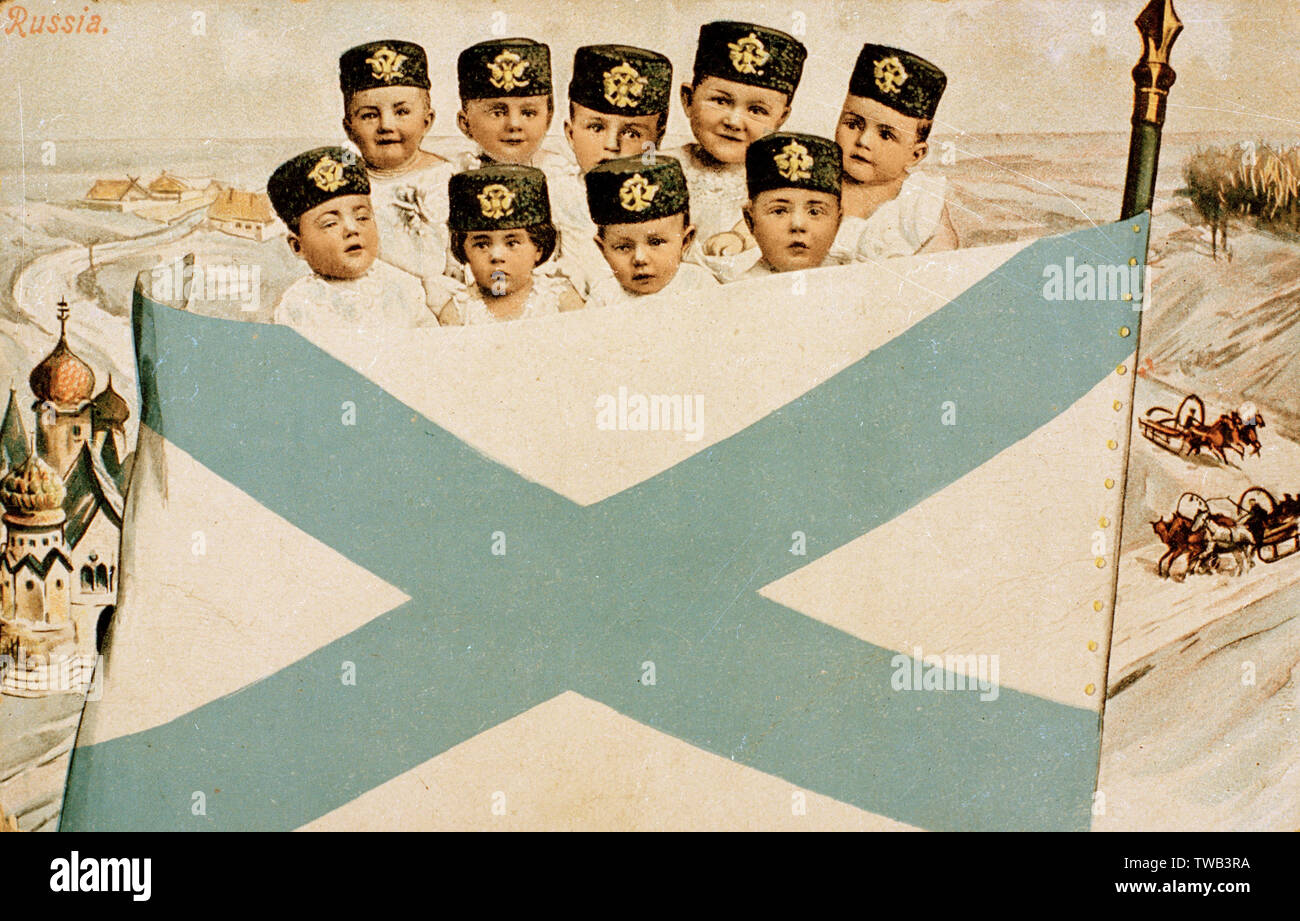 Naval cadets with flag of the Imperial Russian Navy Stock Photohttps://www.alamy.com/image-license-details/?v=1https://www.alamy.com/naval-cadets-with-flag-of-the-imperial-russian-navy-image256556030.html
Naval cadets with flag of the Imperial Russian Navy Stock Photohttps://www.alamy.com/image-license-details/?v=1https://www.alamy.com/naval-cadets-with-flag-of-the-imperial-russian-navy-image256556030.htmlRMTWB3RA–Naval cadets with flag of the Imperial Russian Navy
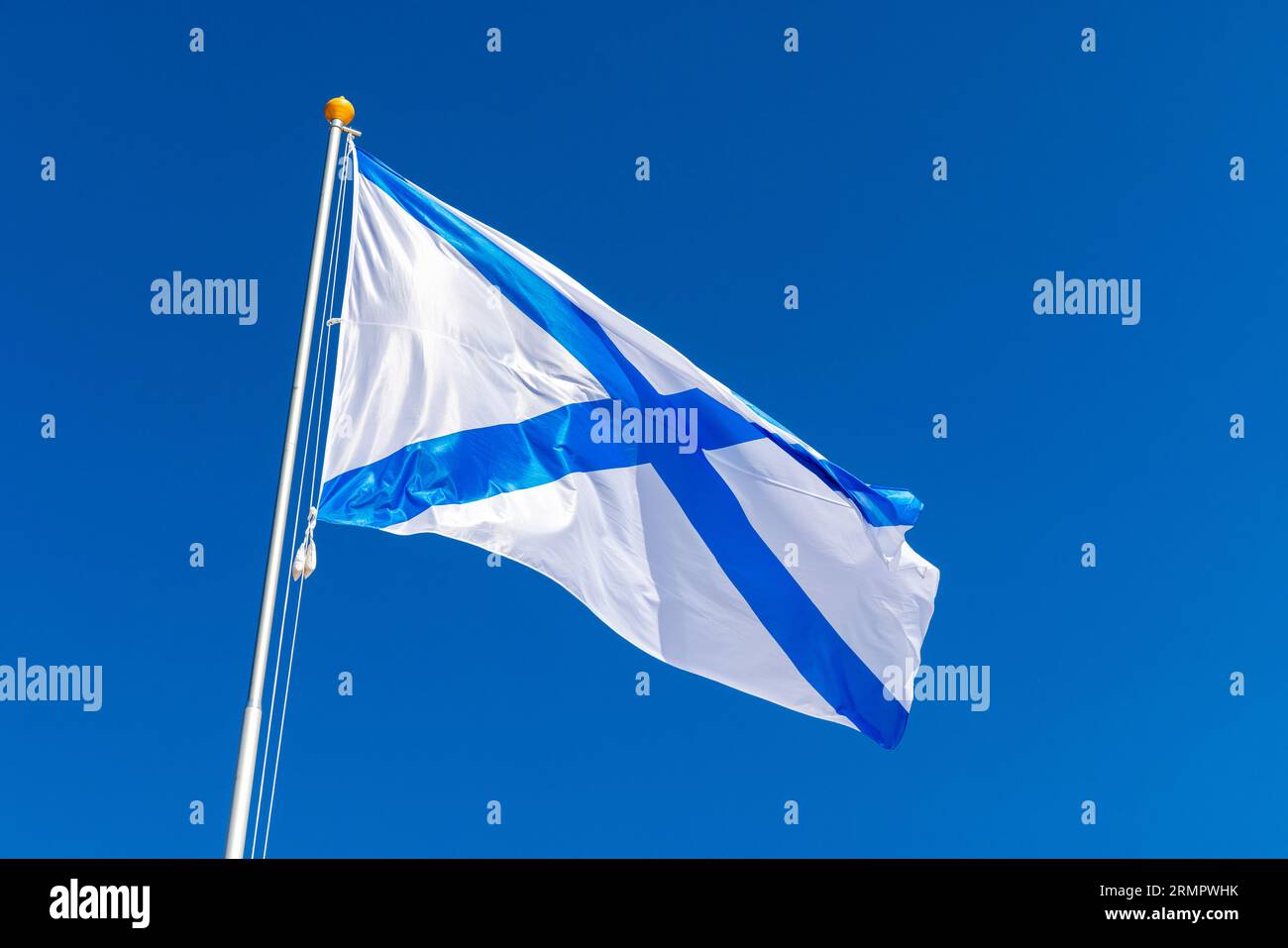 Ensign of the Russian Navy is under blue sky, also known as the St. Andrews flag. This is the stern flag of the ships of the Russian Imperial Navy and Stock Photohttps://www.alamy.com/image-license-details/?v=1https://www.alamy.com/ensign-of-the-russian-navy-is-under-blue-sky-also-known-as-the-st-andrews-flag-this-is-the-stern-flag-of-the-ships-of-the-russian-imperial-navy-and-image563527935.html
Ensign of the Russian Navy is under blue sky, also known as the St. Andrews flag. This is the stern flag of the ships of the Russian Imperial Navy and Stock Photohttps://www.alamy.com/image-license-details/?v=1https://www.alamy.com/ensign-of-the-russian-navy-is-under-blue-sky-also-known-as-the-st-andrews-flag-this-is-the-stern-flag-of-the-ships-of-the-russian-imperial-navy-and-image563527935.htmlRF2RMPWHK–Ensign of the Russian Navy is under blue sky, also known as the St. Andrews flag. This is the stern flag of the ships of the Russian Imperial Navy and
 A chip of the imperial Russian navy, circa 1900, A round decoration forged in hollow-cast silver, surmounted by the Russian tsarist crown. With a coloured depiction of an anchor with a chain (black) and two red (translucent) flags bearing the St. Andrew's Cross in cloisonné enamel technique. Illegible hallmark in the ring. Width 21.5 mm. Weight 7.8 g. medal, decoration, medals, decorations, badge of honour, badge of honor, badges of honour, badges of honor, historic, historical 20th century, Additional-Rights-Clearance-Info-Not-Available Stock Photohttps://www.alamy.com/image-license-details/?v=1https://www.alamy.com/a-chip-of-the-imperial-russian-navy-circa-1900-a-round-decoration-forged-in-hollow-cast-silver-surmounted-by-the-russian-tsarist-crown-with-a-coloured-depiction-of-an-anchor-with-a-chain-black-and-two-red-translucent-flags-bearing-the-st-andrews-cross-in-cloisonn-enamel-technique-illegible-hallmark-in-the-ring-width-215-mm-weight-78-g-medal-decoration-medals-decorations-badge-of-honour-badge-of-honor-badges-of-honour-badges-of-honor-historic-historical-20th-century-additional-rights-clearance-info-not-available-image247853393.html
A chip of the imperial Russian navy, circa 1900, A round decoration forged in hollow-cast silver, surmounted by the Russian tsarist crown. With a coloured depiction of an anchor with a chain (black) and two red (translucent) flags bearing the St. Andrew's Cross in cloisonné enamel technique. Illegible hallmark in the ring. Width 21.5 mm. Weight 7.8 g. medal, decoration, medals, decorations, badge of honour, badge of honor, badges of honour, badges of honor, historic, historical 20th century, Additional-Rights-Clearance-Info-Not-Available Stock Photohttps://www.alamy.com/image-license-details/?v=1https://www.alamy.com/a-chip-of-the-imperial-russian-navy-circa-1900-a-round-decoration-forged-in-hollow-cast-silver-surmounted-by-the-russian-tsarist-crown-with-a-coloured-depiction-of-an-anchor-with-a-chain-black-and-two-red-translucent-flags-bearing-the-st-andrews-cross-in-cloisonn-enamel-technique-illegible-hallmark-in-the-ring-width-215-mm-weight-78-g-medal-decoration-medals-decorations-badge-of-honour-badge-of-honor-badges-of-honour-badges-of-honor-historic-historical-20th-century-additional-rights-clearance-info-not-available-image247853393.htmlRMTB6KEW–A chip of the imperial Russian navy, circa 1900, A round decoration forged in hollow-cast silver, surmounted by the Russian tsarist crown. With a coloured depiction of an anchor with a chain (black) and two red (translucent) flags bearing the St. Andrew's Cross in cloisonné enamel technique. Illegible hallmark in the ring. Width 21.5 mm. Weight 7.8 g. medal, decoration, medals, decorations, badge of honour, badge of honor, badges of honour, badges of honor, historic, historical 20th century, Additional-Rights-Clearance-Info-Not-Available
 Open letter Torpedo Destroyer Buyniy of Russian Imperial Navy Stock Photohttps://www.alamy.com/image-license-details/?v=1https://www.alamy.com/stock-image-open-letter-torpedo-destroyer-buyniy-of-russian-imperial-navy-167076373.html
Open letter Torpedo Destroyer Buyniy of Russian Imperial Navy Stock Photohttps://www.alamy.com/image-license-details/?v=1https://www.alamy.com/stock-image-open-letter-torpedo-destroyer-buyniy-of-russian-imperial-navy-167076373.htmlRMKKPYH9–Open letter Torpedo Destroyer Buyniy of Russian Imperial Navy
 Russian imperial court watches the launch of dreadnought Sevastopol, 1911 Stock Photohttps://www.alamy.com/image-license-details/?v=1https://www.alamy.com/russian-imperial-court-watches-the-launch-of-dreadnought-sevastopol-1911-image343501822.html
Russian imperial court watches the launch of dreadnought Sevastopol, 1911 Stock Photohttps://www.alamy.com/image-license-details/?v=1https://www.alamy.com/russian-imperial-court-watches-the-launch-of-dreadnought-sevastopol-1911-image343501822.htmlRF2AXRT26–Russian imperial court watches the launch of dreadnought Sevastopol, 1911
 The Standart, an Imperial Russian yacht serving Emperor Tsar Nicholas II. From La Ilustracion Española y Americana 1895 Stock Photohttps://www.alamy.com/image-license-details/?v=1https://www.alamy.com/the-standart-an-imperial-russian-yacht-serving-emperor-tsar-nicholas-ii-from-la-ilustracion-espaola-y-americana-1895-image366176792.html
The Standart, an Imperial Russian yacht serving Emperor Tsar Nicholas II. From La Ilustracion Española y Americana 1895 Stock Photohttps://www.alamy.com/image-license-details/?v=1https://www.alamy.com/the-standart-an-imperial-russian-yacht-serving-emperor-tsar-nicholas-ii-from-la-ilustracion-espaola-y-americana-1895-image366176792.htmlRM2C7MP6G–The Standart, an Imperial Russian yacht serving Emperor Tsar Nicholas II. From La Ilustracion Española y Americana 1895
 The Admiralty building is the former headquarters of the Admiralty Board and the Imperial Russian Navy in St. Petersburg, Russia and the current headquarters of the Russian Navy The edifice was re-built in the nineteenth century to support the Tsar's maritime ambitions. The original design was a fortified shipyard which was later surrounded by five bastions and further protected by a moat. The Empire Style edifice visible today lining the Admiralty Quay was constructed to Andreyan Zakharov's design between 1806 and 1823. Stock Photohttps://www.alamy.com/image-license-details/?v=1https://www.alamy.com/stock-image-the-admiralty-building-is-the-former-headquarters-of-the-admiralty-165991161.html
The Admiralty building is the former headquarters of the Admiralty Board and the Imperial Russian Navy in St. Petersburg, Russia and the current headquarters of the Russian Navy The edifice was re-built in the nineteenth century to support the Tsar's maritime ambitions. The original design was a fortified shipyard which was later surrounded by five bastions and further protected by a moat. The Empire Style edifice visible today lining the Admiralty Quay was constructed to Andreyan Zakharov's design between 1806 and 1823. Stock Photohttps://www.alamy.com/image-license-details/?v=1https://www.alamy.com/stock-image-the-admiralty-building-is-the-former-headquarters-of-the-admiralty-165991161.htmlRMKJ1FBN–The Admiralty building is the former headquarters of the Admiralty Board and the Imperial Russian Navy in St. Petersburg, Russia and the current headquarters of the Russian Navy The edifice was re-built in the nineteenth century to support the Tsar's maritime ambitions. The original design was a fortified shipyard which was later surrounded by five bastions and further protected by a moat. The Empire Style edifice visible today lining the Admiralty Quay was constructed to Andreyan Zakharov's design between 1806 and 1823.
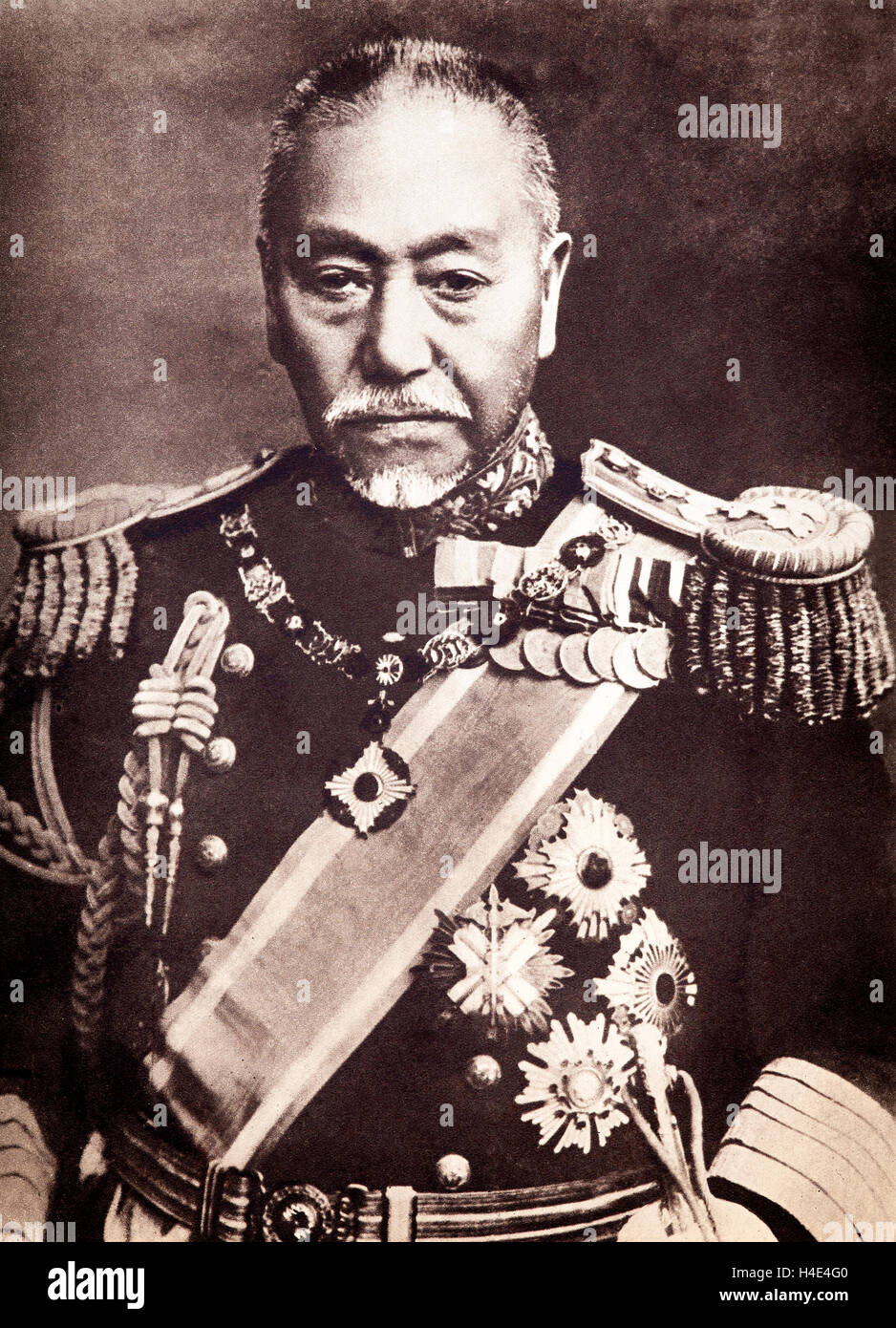 Marshal-Admiral Marquis Tōgō Heihachirō, (1848 – 1934), was a gensui or admiral of the fleet in the Imperial Japanese Navy and one of Japan's greatest naval heroes. During the Russo-Japanese War, Tōgō engaged the Russian navy at Port Arthur, or Lüshun Port in China and the Yellow Sea in 190,. He commanded the Japanese naval forces at the destruction of the Imperial Russian Navy's Baltic Fleet at the Battle of Tsushima in May 1905. Stock Photohttps://www.alamy.com/image-license-details/?v=1https://www.alamy.com/stock-photo-marshal-admiral-marquis-tg-heihachir-1848-1934-was-a-gensui-or-admiral-123242112.html
Marshal-Admiral Marquis Tōgō Heihachirō, (1848 – 1934), was a gensui or admiral of the fleet in the Imperial Japanese Navy and one of Japan's greatest naval heroes. During the Russo-Japanese War, Tōgō engaged the Russian navy at Port Arthur, or Lüshun Port in China and the Yellow Sea in 190,. He commanded the Japanese naval forces at the destruction of the Imperial Russian Navy's Baltic Fleet at the Battle of Tsushima in May 1905. Stock Photohttps://www.alamy.com/image-license-details/?v=1https://www.alamy.com/stock-photo-marshal-admiral-marquis-tg-heihachir-1848-1934-was-a-gensui-or-admiral-123242112.htmlRMH4E4G0–Marshal-Admiral Marquis Tōgō Heihachirō, (1848 – 1934), was a gensui or admiral of the fleet in the Imperial Japanese Navy and one of Japan's greatest naval heroes. During the Russo-Japanese War, Tōgō engaged the Russian navy at Port Arthur, or Lüshun Port in China and the Yellow Sea in 190,. He commanded the Japanese naval forces at the destruction of the Imperial Russian Navy's Baltic Fleet at the Battle of Tsushima in May 1905.
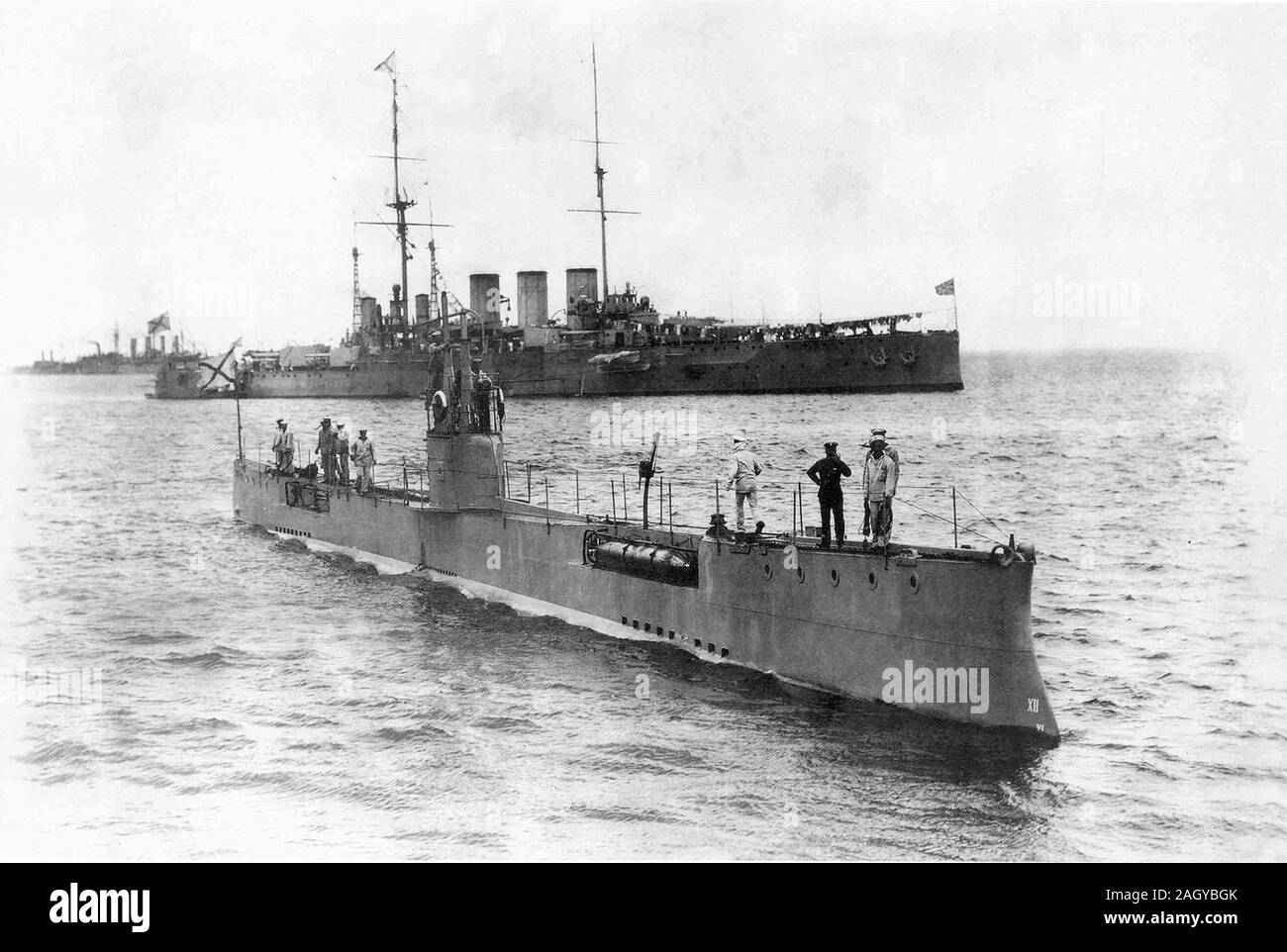 Russian submarine Akula, launched in 1907, first Russian submarine able to cruise long distances. Akula was built for the Imperial Russian Navy. Akula saw service during World War I and sank in November 1915 after hitting a naval mine. Imperial Russian submarine Akula and armoured cruiser Ryurik, 1913 Stock Photohttps://www.alamy.com/image-license-details/?v=1https://www.alamy.com/russian-submarine-akula-launched-in-1907-first-russian-submarine-able-to-cruise-long-distances-akula-was-built-for-the-imperial-russian-navy-akula-saw-service-during-world-war-i-and-sank-in-november-1915-after-hitting-a-naval-mine-imperial-russian-submarine-akula-and-armoured-cruiser-ryurik-1913-image337433283.html
Russian submarine Akula, launched in 1907, first Russian submarine able to cruise long distances. Akula was built for the Imperial Russian Navy. Akula saw service during World War I and sank in November 1915 after hitting a naval mine. Imperial Russian submarine Akula and armoured cruiser Ryurik, 1913 Stock Photohttps://www.alamy.com/image-license-details/?v=1https://www.alamy.com/russian-submarine-akula-launched-in-1907-first-russian-submarine-able-to-cruise-long-distances-akula-was-built-for-the-imperial-russian-navy-akula-saw-service-during-world-war-i-and-sank-in-november-1915-after-hitting-a-naval-mine-imperial-russian-submarine-akula-and-armoured-cruiser-ryurik-1913-image337433283.htmlRM2AGYBGK–Russian submarine Akula, launched in 1907, first Russian submarine able to cruise long distances. Akula was built for the Imperial Russian Navy. Akula saw service during World War I and sank in November 1915 after hitting a naval mine. Imperial Russian submarine Akula and armoured cruiser Ryurik, 1913
 Sunday morning inspection; Russian navy 1893 Stock Photohttps://www.alamy.com/image-license-details/?v=1https://www.alamy.com/sunday-morning-inspection-russian-navy-1893-image210380357.html
Sunday morning inspection; Russian navy 1893 Stock Photohttps://www.alamy.com/image-license-details/?v=1https://www.alamy.com/sunday-morning-inspection-russian-navy-1893-image210380357.htmlRMP67J85–Sunday morning inspection; Russian navy 1893
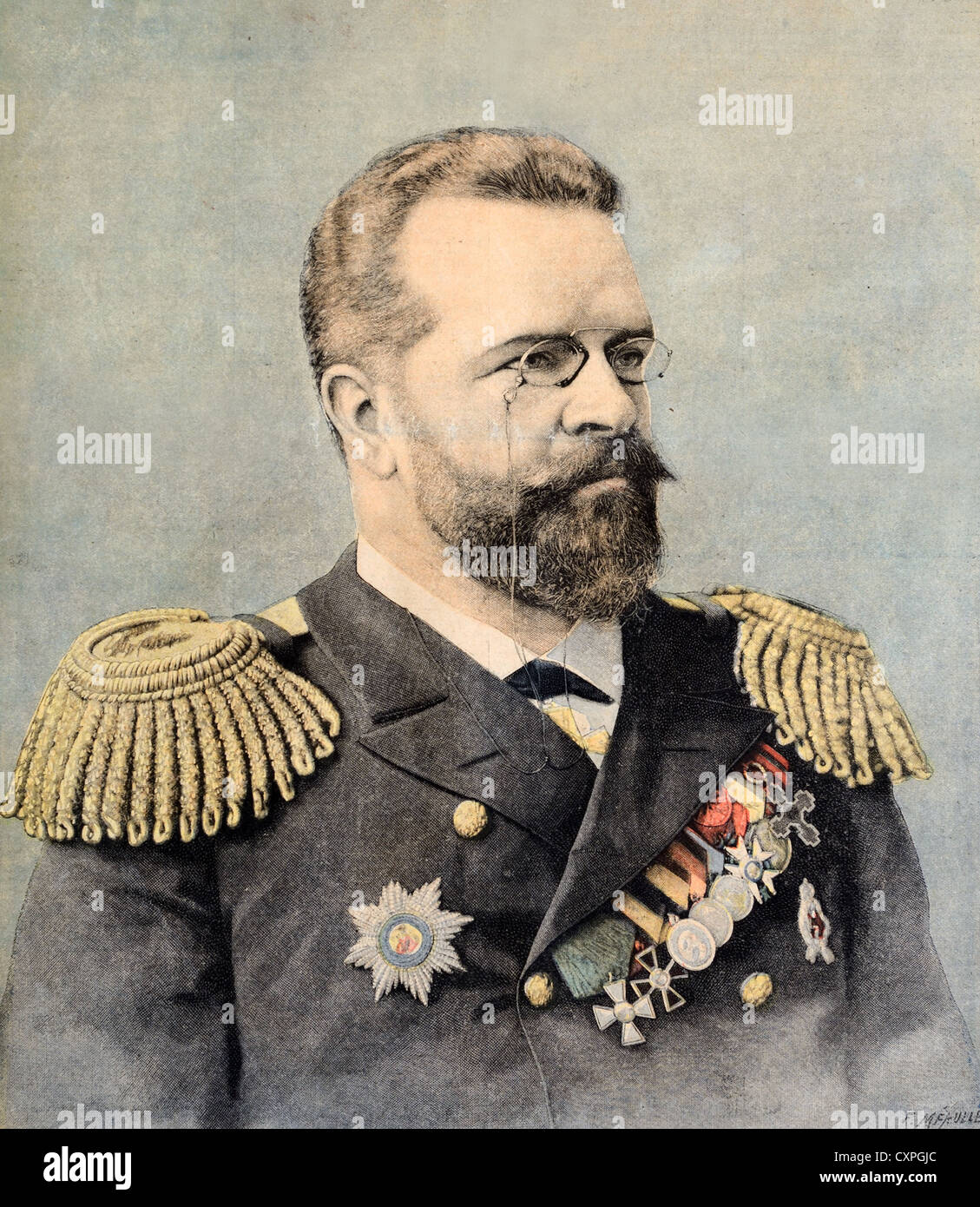 Portrait of Nicolai Skrydlov (1844-1918) Russian Admiral in the Imperial Russian Navy. Vintage Illustration or Engraving Stock Photohttps://www.alamy.com/image-license-details/?v=1https://www.alamy.com/stock-photo-portrait-of-nicolai-skrydlov-1844-1918-russian-admiral-in-the-imperial-50897796.html
Portrait of Nicolai Skrydlov (1844-1918) Russian Admiral in the Imperial Russian Navy. Vintage Illustration or Engraving Stock Photohttps://www.alamy.com/image-license-details/?v=1https://www.alamy.com/stock-photo-portrait-of-nicolai-skrydlov-1844-1918-russian-admiral-in-the-imperial-50897796.htmlRMCXPGJC–Portrait of Nicolai Skrydlov (1844-1918) Russian Admiral in the Imperial Russian Navy. Vintage Illustration or Engraving
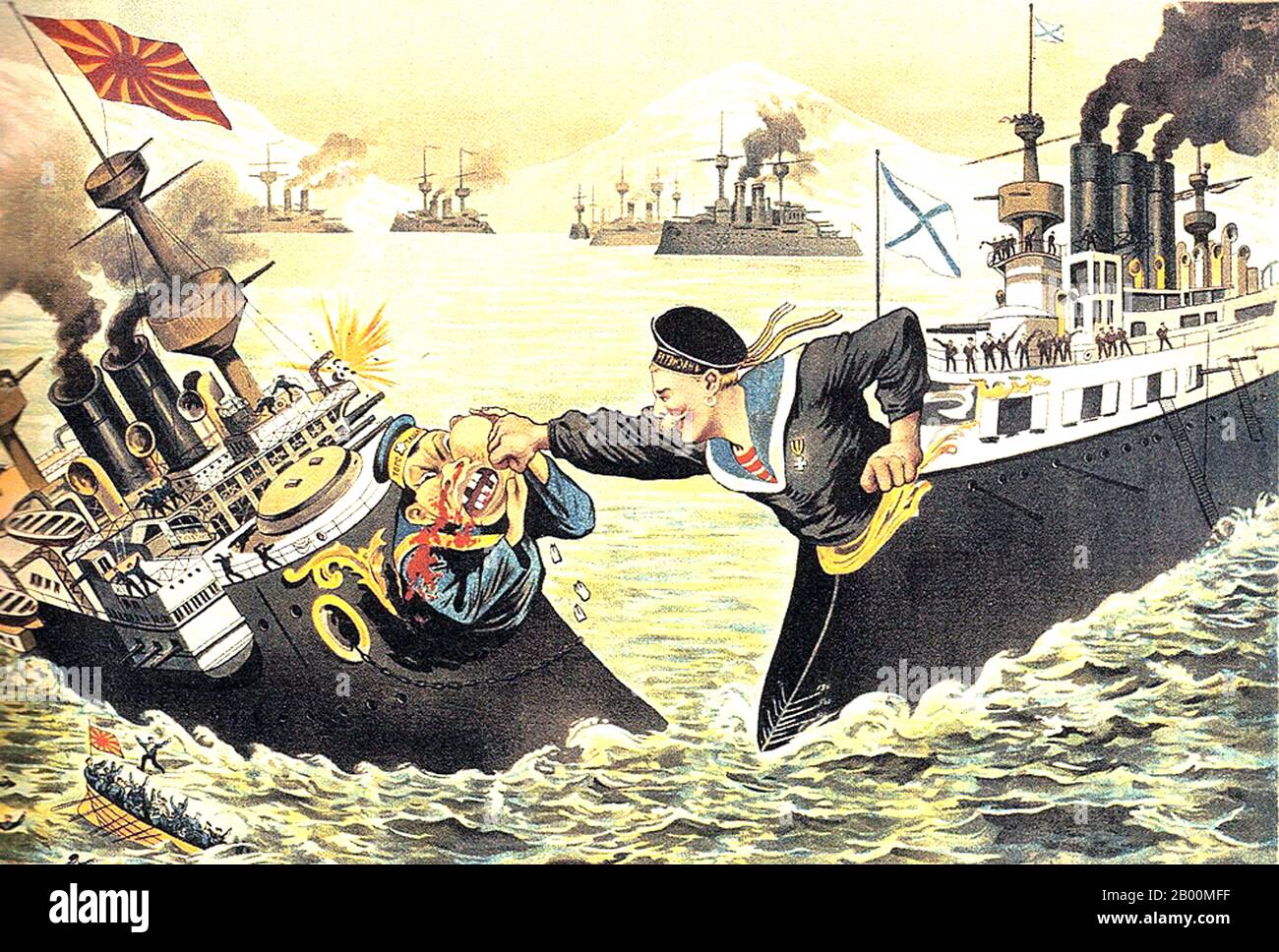 Russia: Russian propaganda image of Tsarist navy giving Japanese navy a bloody nose, (Russo-Japanese War, 8 February 1904 – 5 September 1905). The Russo-Japanese War (8 February 1904 – 5 September 1905) was the first great war of the 20th century which grew out of the rival imperial ambitions of the Russian Empire and Japanese Empire over Manchuria and Korea. The resulting campaigns, in which the Japanese military attained victory over the Russian forces arrayed against them, were unexpected by world observers. Stock Photohttps://www.alamy.com/image-license-details/?v=1https://www.alamy.com/russia-russian-propaganda-image-of-tsarist-navy-giving-japanese-navy-a-bloody-nose-russo-japanese-war-8-february-1904-5-september-1905-the-russo-japanese-war-8-february-1904-5-september-1905-was-the-first-great-war-of-the-20th-century-which-grew-out-of-the-rival-imperial-ambitions-of-the-russian-empire-and-japanese-empire-over-manchuria-and-korea-the-resulting-campaigns-in-which-the-japanese-military-attained-victory-over-the-russian-forces-arrayed-against-them-were-unexpected-by-world-observers-image344223475.html
Russia: Russian propaganda image of Tsarist navy giving Japanese navy a bloody nose, (Russo-Japanese War, 8 February 1904 – 5 September 1905). The Russo-Japanese War (8 February 1904 – 5 September 1905) was the first great war of the 20th century which grew out of the rival imperial ambitions of the Russian Empire and Japanese Empire over Manchuria and Korea. The resulting campaigns, in which the Japanese military attained victory over the Russian forces arrayed against them, were unexpected by world observers. Stock Photohttps://www.alamy.com/image-license-details/?v=1https://www.alamy.com/russia-russian-propaganda-image-of-tsarist-navy-giving-japanese-navy-a-bloody-nose-russo-japanese-war-8-february-1904-5-september-1905-the-russo-japanese-war-8-february-1904-5-september-1905-was-the-first-great-war-of-the-20th-century-which-grew-out-of-the-rival-imperial-ambitions-of-the-russian-empire-and-japanese-empire-over-manchuria-and-korea-the-resulting-campaigns-in-which-the-japanese-military-attained-victory-over-the-russian-forces-arrayed-against-them-were-unexpected-by-world-observers-image344223475.htmlRM2B00MFF–Russia: Russian propaganda image of Tsarist navy giving Japanese navy a bloody nose, (Russo-Japanese War, 8 February 1904 – 5 September 1905). The Russo-Japanese War (8 February 1904 – 5 September 1905) was the first great war of the 20th century which grew out of the rival imperial ambitions of the Russian Empire and Japanese Empire over Manchuria and Korea. The resulting campaigns, in which the Japanese military attained victory over the Russian forces arrayed against them, were unexpected by world observers.
 NOVIK Imperial Russian Navy cruiser trapped in Aniva Bay. Her captain unsuccessfully attempts to scuttle his ship in August 1904. Stock Photohttps://www.alamy.com/image-license-details/?v=1https://www.alamy.com/novik-imperial-russian-navy-cruiser-trapped-in-aniva-bay-her-captain-unsuccessfully-attempts-to-scuttle-his-ship-in-august-1904-image262530114.html
NOVIK Imperial Russian Navy cruiser trapped in Aniva Bay. Her captain unsuccessfully attempts to scuttle his ship in August 1904. Stock Photohttps://www.alamy.com/image-license-details/?v=1https://www.alamy.com/novik-imperial-russian-navy-cruiser-trapped-in-aniva-bay-her-captain-unsuccessfully-attempts-to-scuttle-his-ship-in-august-1904-image262530114.htmlRMW737RE–NOVIK Imperial Russian Navy cruiser trapped in Aniva Bay. Her captain unsuccessfully attempts to scuttle his ship in August 1904.
 Theodor Kristian Avellan (1839 – 1916) was a Finland-Swedish admiral in the Imperial Russian Navy, noted for his role in the Russo-Japanese War of 190 Stock Photohttps://www.alamy.com/image-license-details/?v=1https://www.alamy.com/theodor-kristian-avellan-1839-1916-was-a-finland-swedish-admiral-in-the-imperial-russian-navy-noted-for-his-role-in-the-russo-japanese-war-of-190-image397158284.html
Theodor Kristian Avellan (1839 – 1916) was a Finland-Swedish admiral in the Imperial Russian Navy, noted for his role in the Russo-Japanese War of 190 Stock Photohttps://www.alamy.com/image-license-details/?v=1https://www.alamy.com/theodor-kristian-avellan-1839-1916-was-a-finland-swedish-admiral-in-the-imperial-russian-navy-noted-for-his-role-in-the-russo-japanese-war-of-190-image397158284.htmlRM2E243CC–Theodor Kristian Avellan (1839 – 1916) was a Finland-Swedish admiral in the Imperial Russian Navy, noted for his role in the Russo-Japanese War of 190
 The armored cruiser Rurik in the Battle with the Japanese battleships in the Japanese Sea on August 1904. Museum: State Central Navy Museum, St. Petersburg. Author: Petrov-Maslakov, Mikhail Vsevolodovich. Stock Photohttps://www.alamy.com/image-license-details/?v=1https://www.alamy.com/the-armored-cruiser-rurik-in-the-battle-with-the-japanese-battleships-in-the-japanese-sea-on-august-1904-museum-state-central-navy-museum-st-petersburg-author-petrov-maslakov-mikhail-vsevolodovich-image231599141.html
The armored cruiser Rurik in the Battle with the Japanese battleships in the Japanese Sea on August 1904. Museum: State Central Navy Museum, St. Petersburg. Author: Petrov-Maslakov, Mikhail Vsevolodovich. Stock Photohttps://www.alamy.com/image-license-details/?v=1https://www.alamy.com/the-armored-cruiser-rurik-in-the-battle-with-the-japanese-battleships-in-the-japanese-sea-on-august-1904-museum-state-central-navy-museum-st-petersburg-author-petrov-maslakov-mikhail-vsevolodovich-image231599141.htmlRMRCP71W–The armored cruiser Rurik in the Battle with the Japanese battleships in the Japanese Sea on August 1904. Museum: State Central Navy Museum, St. Petersburg. Author: Petrov-Maslakov, Mikhail Vsevolodovich.
 Russian Imperial Navy: The protected cruiser Aurora during King Edward VII's state visit to Russia in Reval ca. June 1908 Stock Photohttps://www.alamy.com/image-license-details/?v=1https://www.alamy.com/russian-imperial-navy-the-protected-cruiser-aurora-during-king-edward-viis-state-visit-to-russia-in-reval-ca-june-1908-image504685328.html
Russian Imperial Navy: The protected cruiser Aurora during King Edward VII's state visit to Russia in Reval ca. June 1908 Stock Photohttps://www.alamy.com/image-license-details/?v=1https://www.alamy.com/russian-imperial-navy-the-protected-cruiser-aurora-during-king-edward-viis-state-visit-to-russia-in-reval-ca-june-1908-image504685328.htmlRM2M92B80–Russian Imperial Navy: The protected cruiser Aurora during King Edward VII's state visit to Russia in Reval ca. June 1908
![[ 1930s Japan - Heihachiro Togo ] — Formal portrait of Fleet Admiral of the Imperial Japanese Navy, Heihachiro Togo (東郷平八郎, 1848-1934). Poster published by Osaka Mainichi Shimbun on Aug 5, 1934 (Showa 9), a few months after the admiral’s death on May 30. Togo is one of Japan’s greatest naval heroes, coined the ‘Nelson of the East’ by Western journalists. He was instrumental in destroying the Russian Baltic Fleet at the Battle of Tsushima in 1905 during the Russo-Japanese War (1904-1905). 20th century vintage print. Stock Photo [ 1930s Japan - Heihachiro Togo ] — Formal portrait of Fleet Admiral of the Imperial Japanese Navy, Heihachiro Togo (東郷平八郎, 1848-1934). Poster published by Osaka Mainichi Shimbun on Aug 5, 1934 (Showa 9), a few months after the admiral’s death on May 30. Togo is one of Japan’s greatest naval heroes, coined the ‘Nelson of the East’ by Western journalists. He was instrumental in destroying the Russian Baltic Fleet at the Battle of Tsushima in 1905 during the Russo-Japanese War (1904-1905). 20th century vintage print. Stock Photo](https://c8.alamy.com/comp/W1YABW/1930s-japan-heihachiro-togo-formal-portrait-of-fleet-admiral-of-the-imperial-japanese-navy-heihachiro-togo-1848-1934-poster-published-by-osaka-mainichi-shimbun-on-aug-5-1934-showa-9-a-few-months-after-the-admirals-death-on-may-30-togo-is-one-of-japans-greatest-naval-heroes-coined-the-nelson-of-the-east-by-western-journalists-he-was-instrumental-in-destroying-the-russian-baltic-fleet-at-the-battle-of-tsushima-in-1905-during-the-russo-japanese-war-1904-1905-20th-century-vintage-print-W1YABW.jpg) [ 1930s Japan - Heihachiro Togo ] — Formal portrait of Fleet Admiral of the Imperial Japanese Navy, Heihachiro Togo (東郷平八郎, 1848-1934). Poster published by Osaka Mainichi Shimbun on Aug 5, 1934 (Showa 9), a few months after the admiral’s death on May 30. Togo is one of Japan’s greatest naval heroes, coined the ‘Nelson of the East’ by Western journalists. He was instrumental in destroying the Russian Baltic Fleet at the Battle of Tsushima in 1905 during the Russo-Japanese War (1904-1905). 20th century vintage print. Stock Photohttps://www.alamy.com/image-license-details/?v=1https://www.alamy.com/1930s-japan-heihachiro-togo-formal-portrait-of-fleet-admiral-of-the-imperial-japanese-navy-heihachiro-togo-1848-1934-poster-published-by-osaka-mainichi-shimbun-on-aug-5-1934-showa-9-a-few-months-after-the-admirals-death-on-may-30-togo-is-one-of-japans-greatest-naval-heroes-coined-the-nelson-of-the-east-by-western-journalists-he-was-instrumental-in-destroying-the-russian-baltic-fleet-at-the-battle-of-tsushima-in-1905-during-the-russo-japanese-war-1904-1905-20th-century-vintage-print-image259371053.html
[ 1930s Japan - Heihachiro Togo ] — Formal portrait of Fleet Admiral of the Imperial Japanese Navy, Heihachiro Togo (東郷平八郎, 1848-1934). Poster published by Osaka Mainichi Shimbun on Aug 5, 1934 (Showa 9), a few months after the admiral’s death on May 30. Togo is one of Japan’s greatest naval heroes, coined the ‘Nelson of the East’ by Western journalists. He was instrumental in destroying the Russian Baltic Fleet at the Battle of Tsushima in 1905 during the Russo-Japanese War (1904-1905). 20th century vintage print. Stock Photohttps://www.alamy.com/image-license-details/?v=1https://www.alamy.com/1930s-japan-heihachiro-togo-formal-portrait-of-fleet-admiral-of-the-imperial-japanese-navy-heihachiro-togo-1848-1934-poster-published-by-osaka-mainichi-shimbun-on-aug-5-1934-showa-9-a-few-months-after-the-admirals-death-on-may-30-togo-is-one-of-japans-greatest-naval-heroes-coined-the-nelson-of-the-east-by-western-journalists-he-was-instrumental-in-destroying-the-russian-baltic-fleet-at-the-battle-of-tsushima-in-1905-during-the-russo-japanese-war-1904-1905-20th-century-vintage-print-image259371053.htmlRMW1YABW–[ 1930s Japan - Heihachiro Togo ] — Formal portrait of Fleet Admiral of the Imperial Japanese Navy, Heihachiro Togo (東郷平八郎, 1848-1934). Poster published by Osaka Mainichi Shimbun on Aug 5, 1934 (Showa 9), a few months after the admiral’s death on May 30. Togo is one of Japan’s greatest naval heroes, coined the ‘Nelson of the East’ by Western journalists. He was instrumental in destroying the Russian Baltic Fleet at the Battle of Tsushima in 1905 during the Russo-Japanese War (1904-1905). 20th century vintage print.
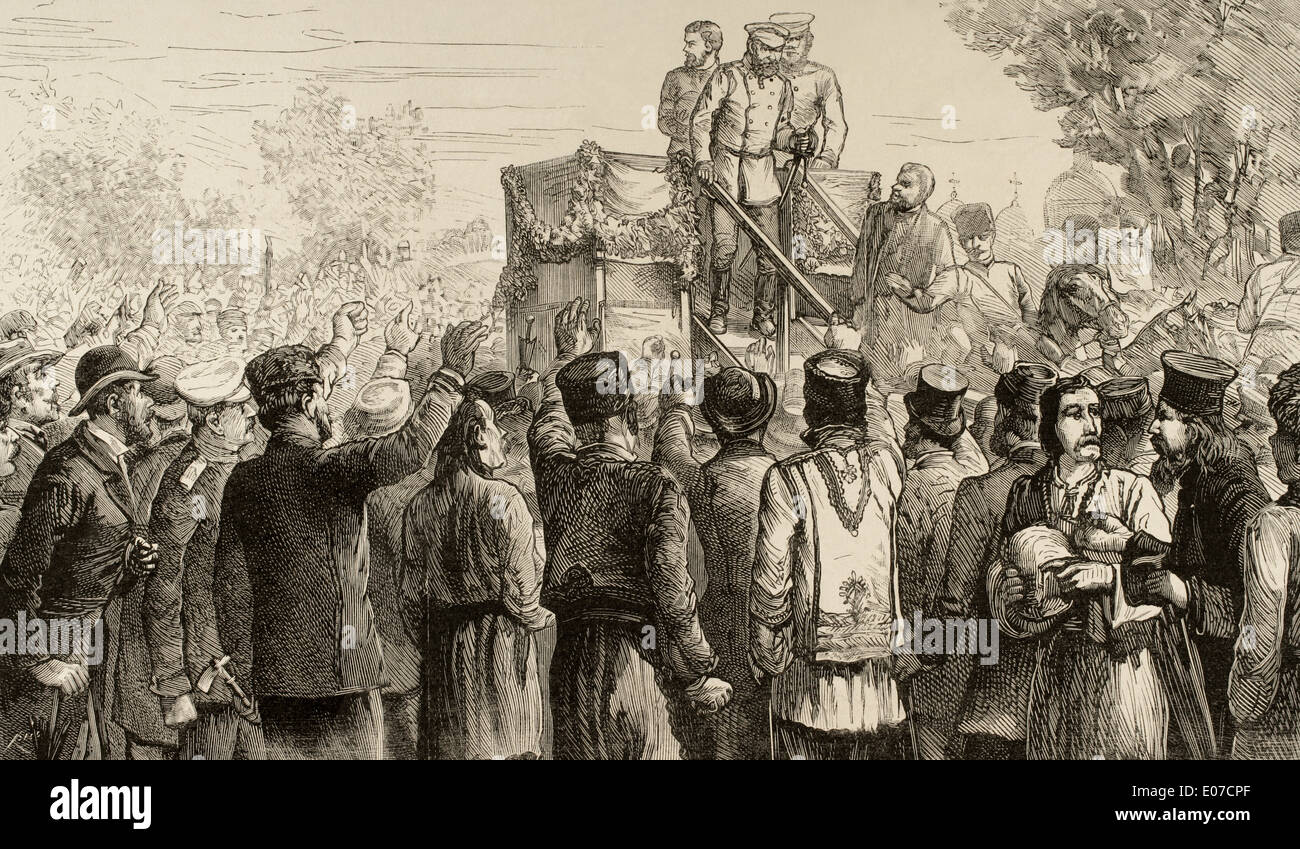 Alexander Kaulbars (1844-1925). General of the Imperial Russian Navy. Voters interrupting a speech by General Kaulbars. Sofia. Stock Photohttps://www.alamy.com/image-license-details/?v=1https://www.alamy.com/alexander-kaulbars-1844-1925-general-of-the-imperial-russian-navy-image69005175.html
Alexander Kaulbars (1844-1925). General of the Imperial Russian Navy. Voters interrupting a speech by General Kaulbars. Sofia. Stock Photohttps://www.alamy.com/image-license-details/?v=1https://www.alamy.com/alexander-kaulbars-1844-1925-general-of-the-imperial-russian-navy-image69005175.htmlRME07CPF–Alexander Kaulbars (1844-1925). General of the Imperial Russian Navy. Voters interrupting a speech by General Kaulbars. Sofia.
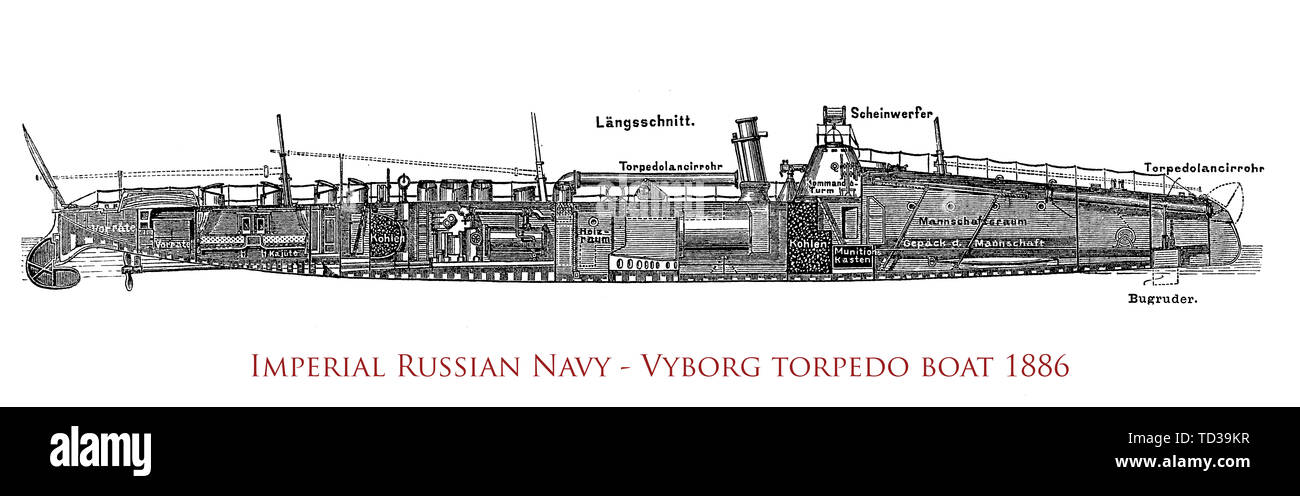 VYBORG torpedo boat of the imperial Russian navy, fighting ship of the 1886 Stock Photohttps://www.alamy.com/image-license-details/?v=1https://www.alamy.com/vyborg-torpedo-boat-of-the-imperial-russian-navy-fighting-ship-of-the-1886-image249009147.html
VYBORG torpedo boat of the imperial Russian navy, fighting ship of the 1886 Stock Photohttps://www.alamy.com/image-license-details/?v=1https://www.alamy.com/vyborg-torpedo-boat-of-the-imperial-russian-navy-fighting-ship-of-the-1886-image249009147.htmlRFTD39KR–VYBORG torpedo boat of the imperial Russian navy, fighting ship of the 1886
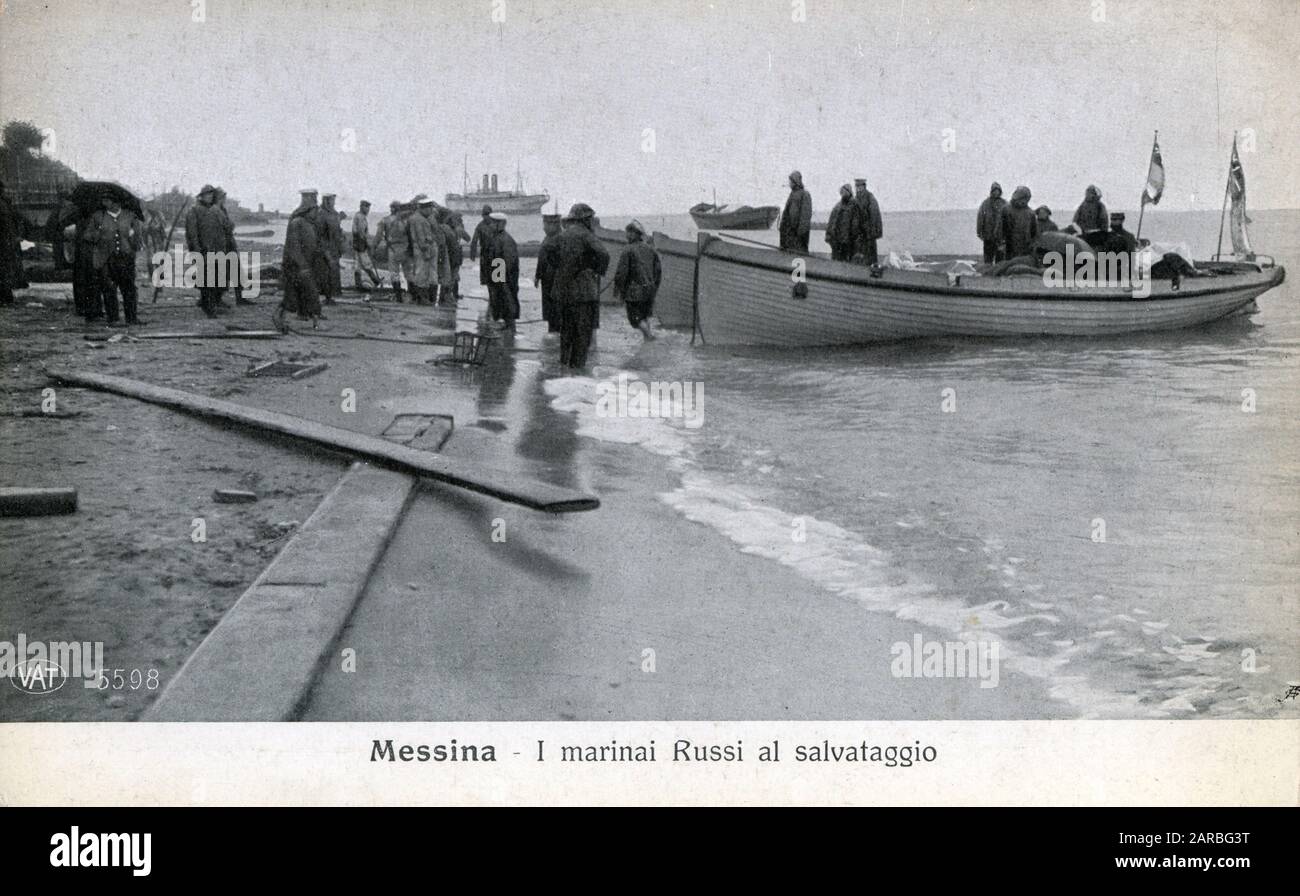 Russian Navy lends aid after the terrible Messina Earthquake, Sicily, Italy. The devastating earthquake and tsunami of 27-28th December 1908 which measured 7.5 on the richter scale claimed 100,000-200,000 lives in all. In Messina, 91% of structures were destroyed and 70,000 residents were killed. Stock Photohttps://www.alamy.com/image-license-details/?v=1https://www.alamy.com/russian-navy-lends-aid-after-the-terrible-messina-earthquake-sicily-italy-the-devastating-earthquake-and-tsunami-of-27-28th-december-1908-which-measured-75-on-the-richter-scale-claimed-100000-200000-lives-in-all-in-messina-91-of-structures-were-destroyed-and-70000-residents-were-killed-image341388204.html
Russian Navy lends aid after the terrible Messina Earthquake, Sicily, Italy. The devastating earthquake and tsunami of 27-28th December 1908 which measured 7.5 on the richter scale claimed 100,000-200,000 lives in all. In Messina, 91% of structures were destroyed and 70,000 residents were killed. Stock Photohttps://www.alamy.com/image-license-details/?v=1https://www.alamy.com/russian-navy-lends-aid-after-the-terrible-messina-earthquake-sicily-italy-the-devastating-earthquake-and-tsunami-of-27-28th-december-1908-which-measured-75-on-the-richter-scale-claimed-100000-200000-lives-in-all-in-messina-91-of-structures-were-destroyed-and-70000-residents-were-killed-image341388204.htmlRM2ARBG3T–Russian Navy lends aid after the terrible Messina Earthquake, Sicily, Italy. The devastating earthquake and tsunami of 27-28th December 1908 which measured 7.5 on the richter scale claimed 100,000-200,000 lives in all. In Messina, 91% of structures were destroyed and 70,000 residents were killed.
 Adm. Kolchak, Photograph shows Admiral Alexander Vasilyevich Kolchak (1874-1920) who was a polar explorer, commander in the Imperial Russian Navy and Supreme Ruler of Russia., 1919 April 23, Glass negatives, 1 negative: glass Stock Photohttps://www.alamy.com/image-license-details/?v=1https://www.alamy.com/adm-kolchak-photograph-shows-admiral-alexander-vasilyevich-kolchak-1874-1920-who-was-a-polar-explorer-commander-in-the-imperial-russian-navy-and-supreme-ruler-of-russia-1919-april-23-glass-negatives-1-negative-glass-image599563202.html
Adm. Kolchak, Photograph shows Admiral Alexander Vasilyevich Kolchak (1874-1920) who was a polar explorer, commander in the Imperial Russian Navy and Supreme Ruler of Russia., 1919 April 23, Glass negatives, 1 negative: glass Stock Photohttps://www.alamy.com/image-license-details/?v=1https://www.alamy.com/adm-kolchak-photograph-shows-admiral-alexander-vasilyevich-kolchak-1874-1920-who-was-a-polar-explorer-commander-in-the-imperial-russian-navy-and-supreme-ruler-of-russia-1919-april-23-glass-negatives-1-negative-glass-image599563202.htmlRM2WRCCYE–Adm. Kolchak, Photograph shows Admiral Alexander Vasilyevich Kolchak (1874-1920) who was a polar explorer, commander in the Imperial Russian Navy and Supreme Ruler of Russia., 1919 April 23, Glass negatives, 1 negative: glass
 A chip of the imperial Russian navy, circa 1900, A round decoration forged in hollow-cast silver, surmounted by the Russian tsarist crown. With a coloured depiction of an anchor with a chain (black) and two red (translucent) flags bearing the St. Andrew's Cross in cloisonné enamel technique. Illegible hallmark in the ring. Width 21.5 mm. Weight 7.8 g. medal, decoration, medals, decorations, badge of honour, badge of honor, badges of honour, badges of honor, historic, historical 20th century, Additional-Rights-Clearance-Info-Not-Available Stock Photohttps://www.alamy.com/image-license-details/?v=1https://www.alamy.com/a-chip-of-the-imperial-russian-navy-circa-1900-a-round-decoration-forged-in-hollow-cast-silver-surmounted-by-the-russian-tsarist-crown-with-a-coloured-depiction-of-an-anchor-with-a-chain-black-and-two-red-translucent-flags-bearing-the-st-andrews-cross-in-cloisonn-enamel-technique-illegible-hallmark-in-the-ring-width-215-mm-weight-78-g-medal-decoration-medals-decorations-badge-of-honour-badge-of-honor-badges-of-honour-badges-of-honor-historic-historical-20th-century-additional-rights-clearance-info-not-available-image247853394.html
A chip of the imperial Russian navy, circa 1900, A round decoration forged in hollow-cast silver, surmounted by the Russian tsarist crown. With a coloured depiction of an anchor with a chain (black) and two red (translucent) flags bearing the St. Andrew's Cross in cloisonné enamel technique. Illegible hallmark in the ring. Width 21.5 mm. Weight 7.8 g. medal, decoration, medals, decorations, badge of honour, badge of honor, badges of honour, badges of honor, historic, historical 20th century, Additional-Rights-Clearance-Info-Not-Available Stock Photohttps://www.alamy.com/image-license-details/?v=1https://www.alamy.com/a-chip-of-the-imperial-russian-navy-circa-1900-a-round-decoration-forged-in-hollow-cast-silver-surmounted-by-the-russian-tsarist-crown-with-a-coloured-depiction-of-an-anchor-with-a-chain-black-and-two-red-translucent-flags-bearing-the-st-andrews-cross-in-cloisonn-enamel-technique-illegible-hallmark-in-the-ring-width-215-mm-weight-78-g-medal-decoration-medals-decorations-badge-of-honour-badge-of-honor-badges-of-honour-badges-of-honor-historic-historical-20th-century-additional-rights-clearance-info-not-available-image247853394.htmlRMTB6KEX–A chip of the imperial Russian navy, circa 1900, A round decoration forged in hollow-cast silver, surmounted by the Russian tsarist crown. With a coloured depiction of an anchor with a chain (black) and two red (translucent) flags bearing the St. Andrew's Cross in cloisonné enamel technique. Illegible hallmark in the ring. Width 21.5 mm. Weight 7.8 g. medal, decoration, medals, decorations, badge of honour, badge of honor, badges of honour, badges of honor, historic, historical 20th century, Additional-Rights-Clearance-Info-Not-Available
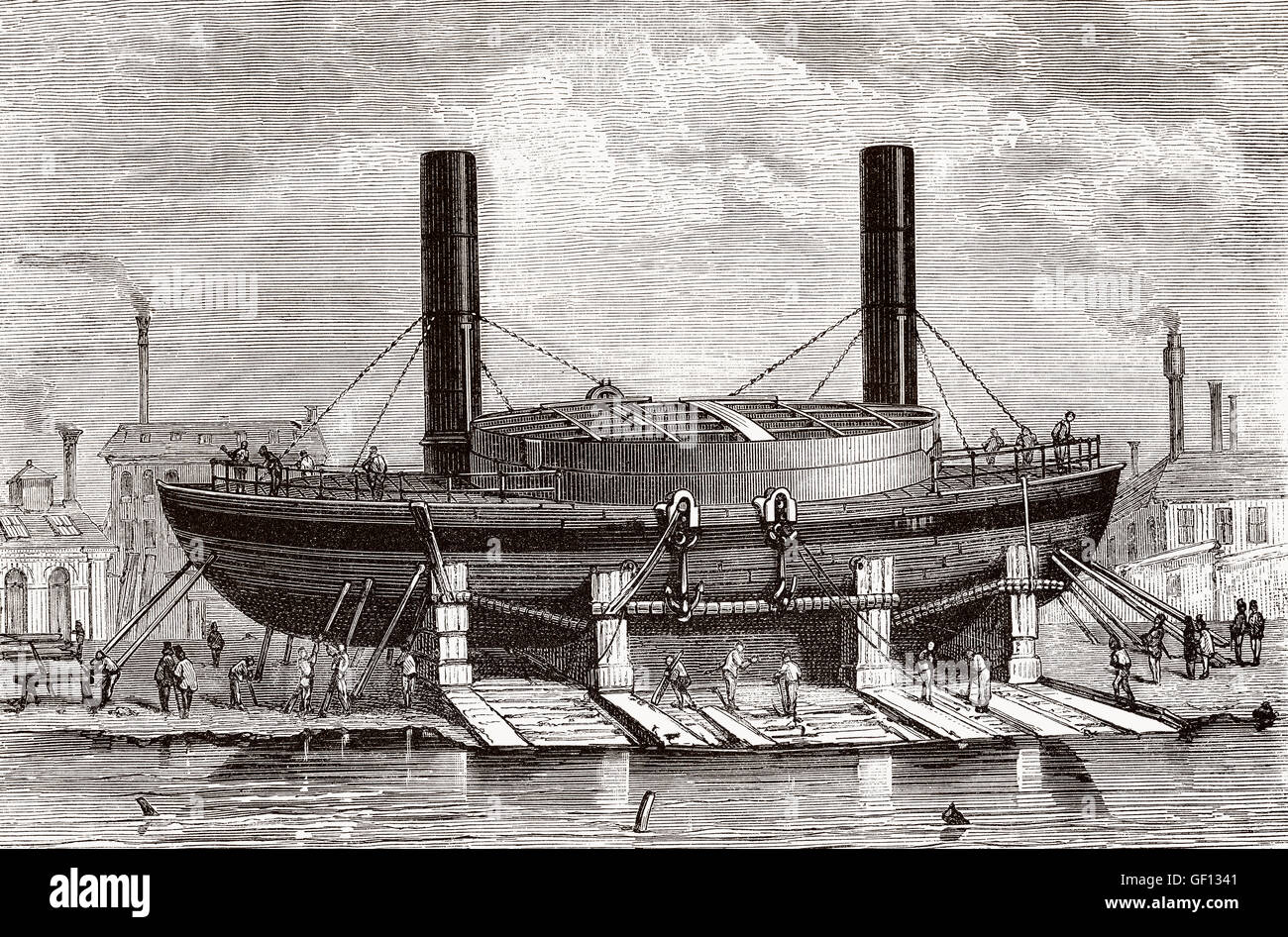 Vitse-admiral Popov, warship design by Andrei Alexandrovich Popov, 1821-1898, an officer of the Imperial Russian Navy and a nava Stock Photohttps://www.alamy.com/image-license-details/?v=1https://www.alamy.com/stock-photo-vitse-admiral-popov-warship-design-by-andrei-alexandrovich-popov-1821-112506465.html
Vitse-admiral Popov, warship design by Andrei Alexandrovich Popov, 1821-1898, an officer of the Imperial Russian Navy and a nava Stock Photohttps://www.alamy.com/image-license-details/?v=1https://www.alamy.com/stock-photo-vitse-admiral-popov-warship-design-by-andrei-alexandrovich-popov-1821-112506465.htmlRMGF1341–Vitse-admiral Popov, warship design by Andrei Alexandrovich Popov, 1821-1898, an officer of the Imperial Russian Navy and a nava
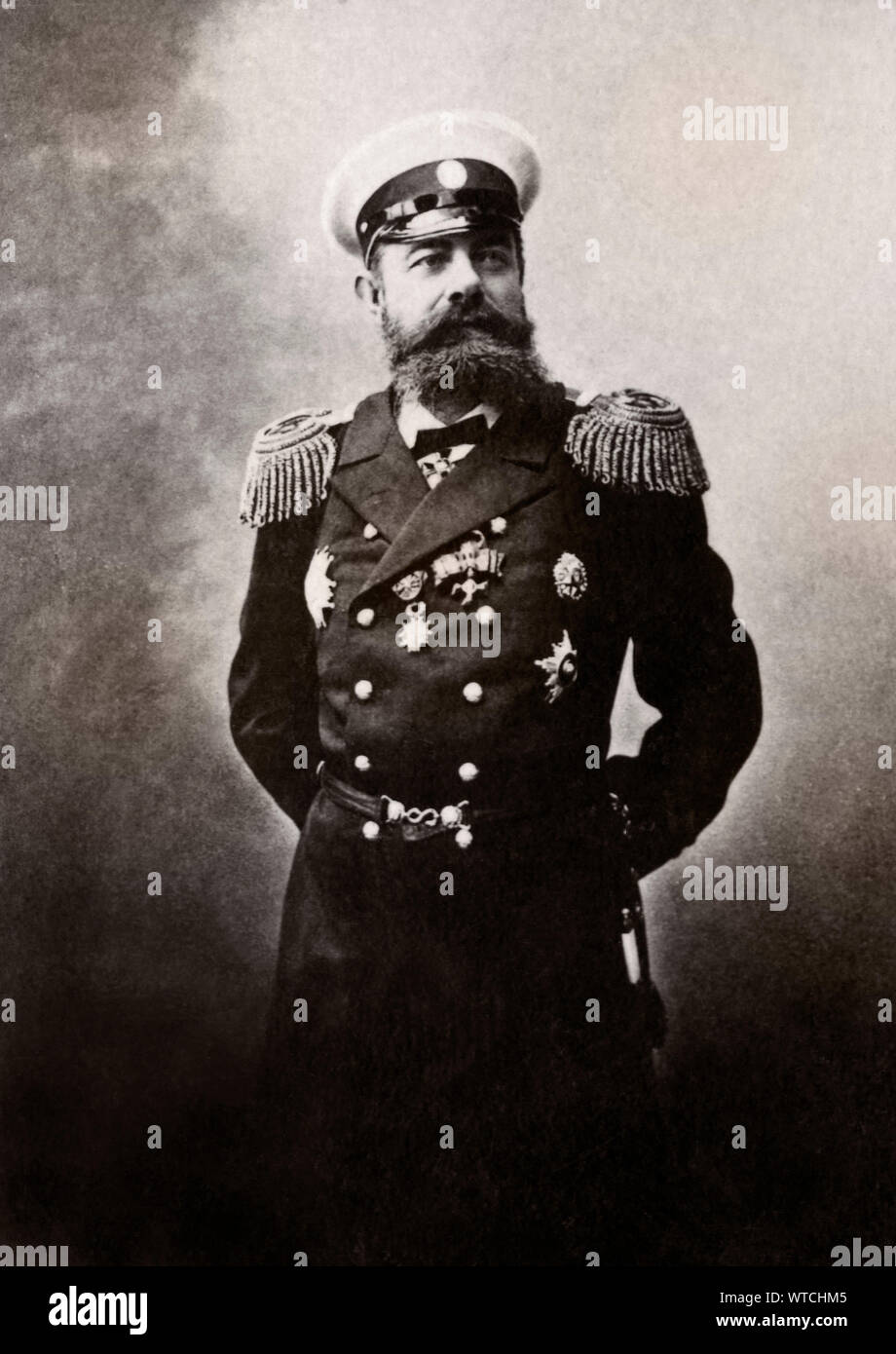 Theodor Kristian Avellan (1839 – 1916) was a Finland-Swedish admiral in the Imperial Russian Navy, noted for his role in the Russo-Japanese War of 190 Stock Photohttps://www.alamy.com/image-license-details/?v=1https://www.alamy.com/theodor-kristian-avellan-1839-1916-was-a-finland-swedish-admiral-in-the-imperial-russian-navy-noted-for-his-role-in-the-russo-japanese-war-of-190-image273184581.html
Theodor Kristian Avellan (1839 – 1916) was a Finland-Swedish admiral in the Imperial Russian Navy, noted for his role in the Russo-Japanese War of 190 Stock Photohttps://www.alamy.com/image-license-details/?v=1https://www.alamy.com/theodor-kristian-avellan-1839-1916-was-a-finland-swedish-admiral-in-the-imperial-russian-navy-noted-for-his-role-in-the-russo-japanese-war-of-190-image273184581.htmlRMWTCHM5–Theodor Kristian Avellan (1839 – 1916) was a Finland-Swedish admiral in the Imperial Russian Navy, noted for his role in the Russo-Japanese War of 190
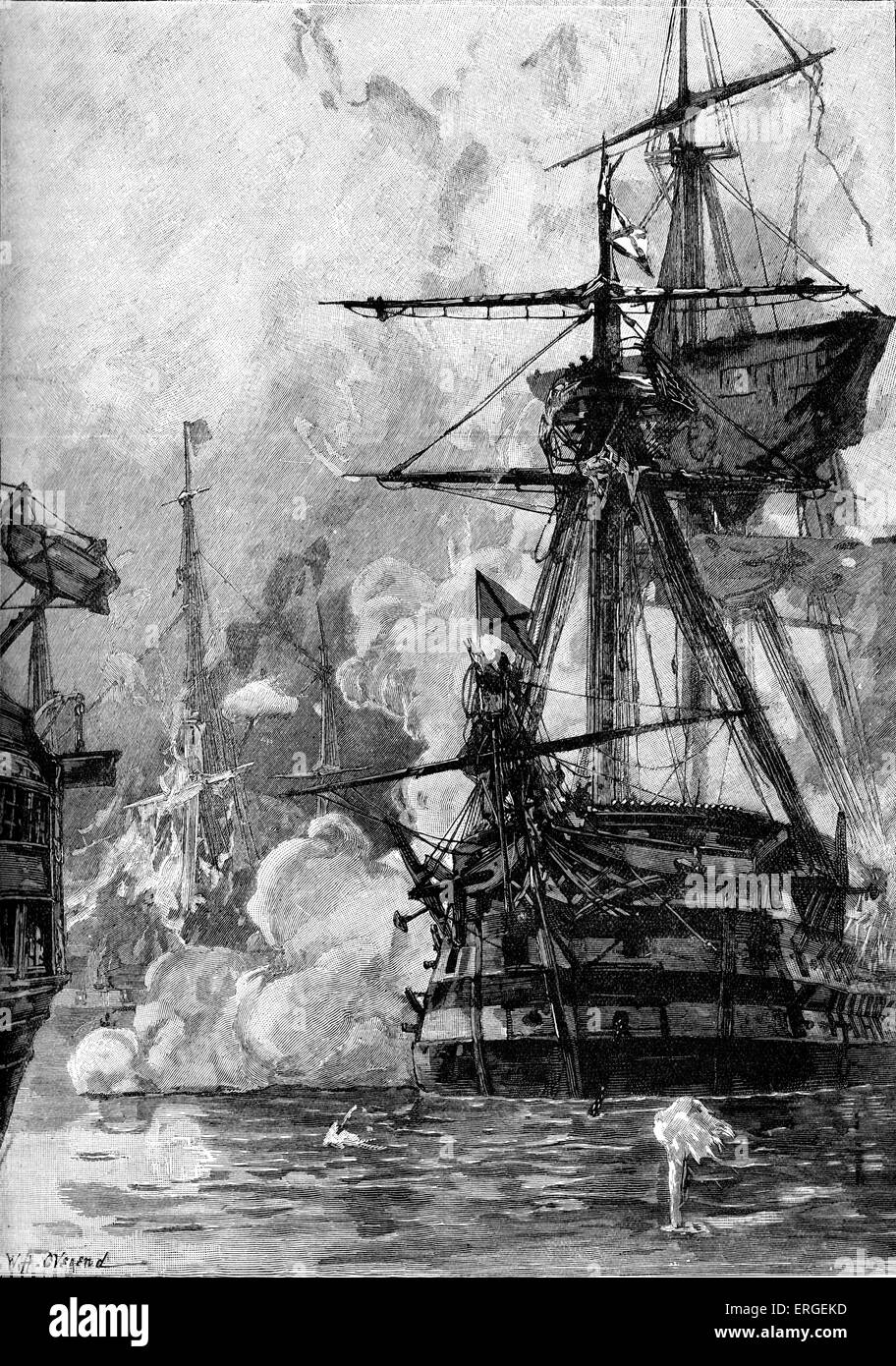 Battle of Sinop, 30 November 1853. Imperial Russian war ships attacked and destroyed patrol force of Ottoman ships anchored in Stock Photohttps://www.alamy.com/image-license-details/?v=1https://www.alamy.com/stock-photo-battle-of-sinop-30-november-1853-imperial-russian-war-ships-attacked-83341313.html
Battle of Sinop, 30 November 1853. Imperial Russian war ships attacked and destroyed patrol force of Ottoman ships anchored in Stock Photohttps://www.alamy.com/image-license-details/?v=1https://www.alamy.com/stock-photo-battle-of-sinop-30-november-1853-imperial-russian-war-ships-attacked-83341313.htmlRMERGEKD–Battle of Sinop, 30 November 1853. Imperial Russian war ships attacked and destroyed patrol force of Ottoman ships anchored in
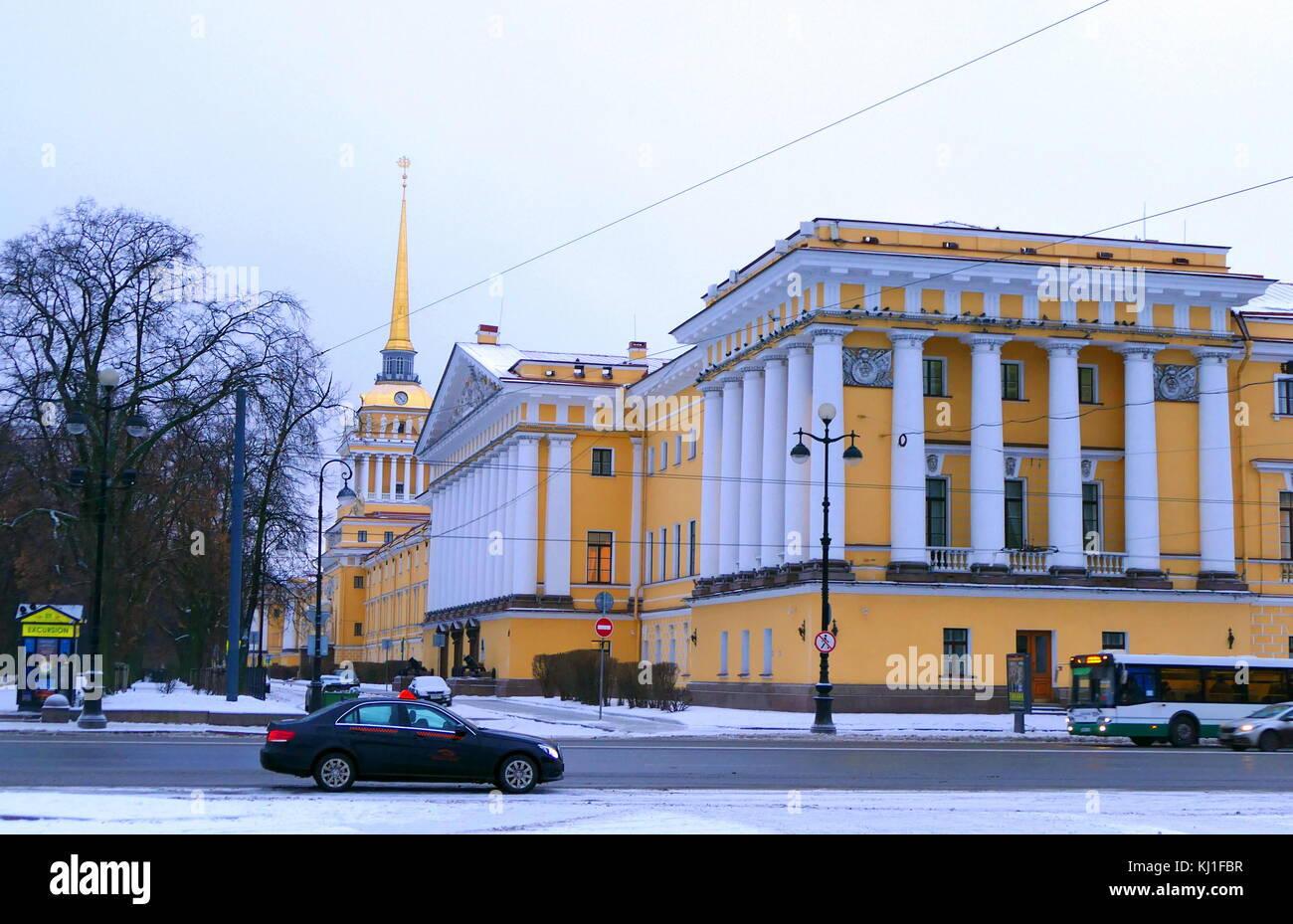 The Admiralty building is the former headquarters of the Admiralty Board and the Imperial Russian Navy in St. Petersburg, Russia and the current headquarters of the Russian Navy The edifice was re-built in the nineteenth century to support the Tsar's maritime ambitions. The original design was a fortified shipyard which was later surrounded by five bastions and further protected by a moat. The Empire Style edifice visible today lining the Admiralty Quay was constructed to Andreyan Zakharov's design between 1806 and 1823. Stock Photohttps://www.alamy.com/image-license-details/?v=1https://www.alamy.com/stock-image-the-admiralty-building-is-the-former-headquarters-of-the-admiralty-165991163.html
The Admiralty building is the former headquarters of the Admiralty Board and the Imperial Russian Navy in St. Petersburg, Russia and the current headquarters of the Russian Navy The edifice was re-built in the nineteenth century to support the Tsar's maritime ambitions. The original design was a fortified shipyard which was later surrounded by five bastions and further protected by a moat. The Empire Style edifice visible today lining the Admiralty Quay was constructed to Andreyan Zakharov's design between 1806 and 1823. Stock Photohttps://www.alamy.com/image-license-details/?v=1https://www.alamy.com/stock-image-the-admiralty-building-is-the-former-headquarters-of-the-admiralty-165991163.htmlRMKJ1FBR–The Admiralty building is the former headquarters of the Admiralty Board and the Imperial Russian Navy in St. Petersburg, Russia and the current headquarters of the Russian Navy The edifice was re-built in the nineteenth century to support the Tsar's maritime ambitions. The original design was a fortified shipyard which was later surrounded by five bastions and further protected by a moat. The Empire Style edifice visible today lining the Admiralty Quay was constructed to Andreyan Zakharov's design between 1806 and 1823.
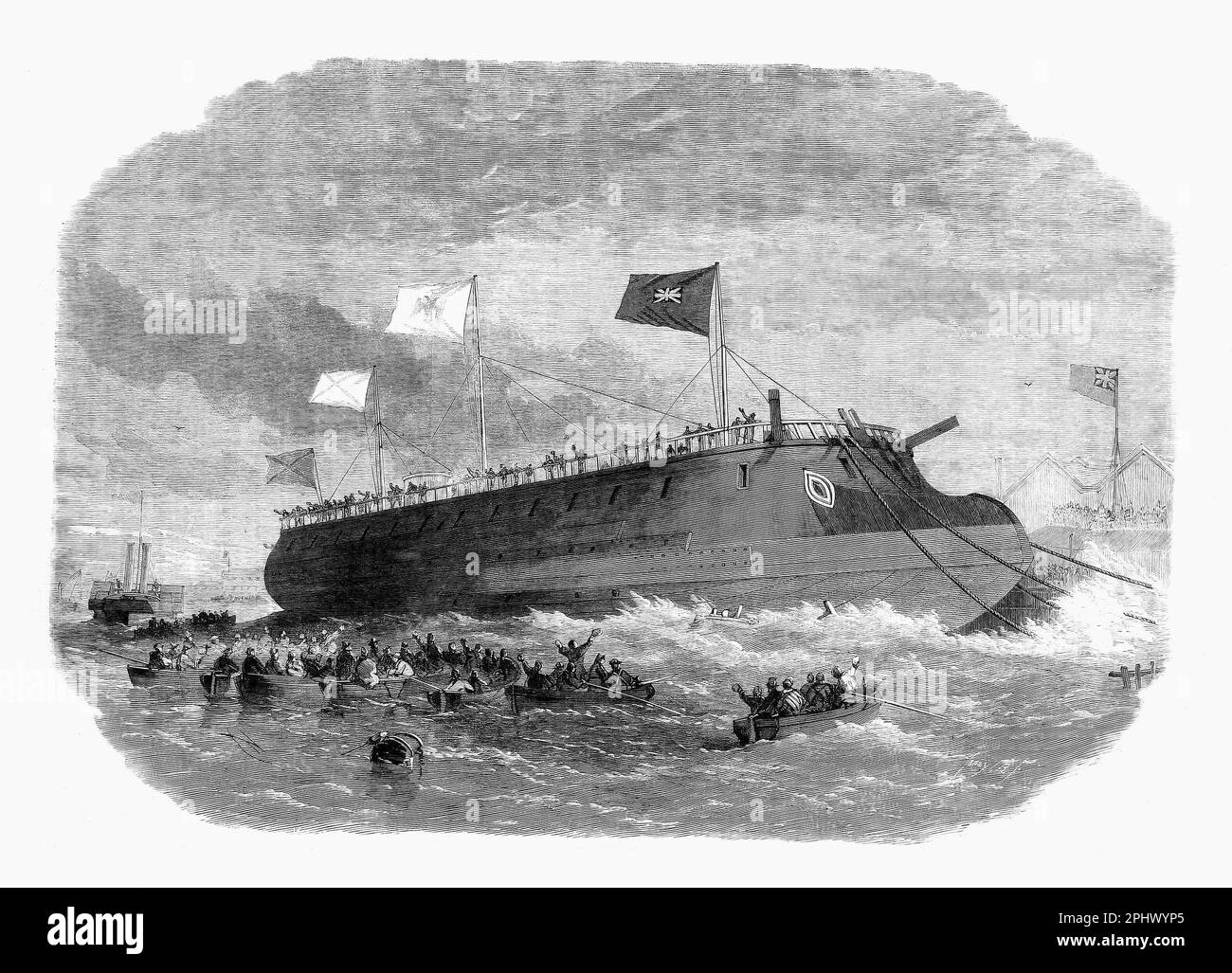 The launch of the Russian Ironclad Floating Battery 'Pervenetz' at Blackwall Thames Iron Shipbuilding Company's yard in London, England. It was an armoured frigate built for the Imperial Russian Navy in the 1860s because the Russian Empire lacked the ability to build its own ironclads. It never saw combat and was later converted into a coal barge. Stock Photohttps://www.alamy.com/image-license-details/?v=1https://www.alamy.com/the-launch-of-the-russian-ironclad-floating-battery-pervenetz-at-blackwall-thames-iron-shipbuilding-companys-yard-in-london-england-it-was-an-armoured-frigate-built-for-the-imperial-russian-navy-in-the-1860s-because-the-russian-empire-lacked-the-ability-to-build-its-own-ironclads-it-never-saw-combat-and-was-later-converted-into-a-coal-barge-image544541149.html
The launch of the Russian Ironclad Floating Battery 'Pervenetz' at Blackwall Thames Iron Shipbuilding Company's yard in London, England. It was an armoured frigate built for the Imperial Russian Navy in the 1860s because the Russian Empire lacked the ability to build its own ironclads. It never saw combat and was later converted into a coal barge. Stock Photohttps://www.alamy.com/image-license-details/?v=1https://www.alamy.com/the-launch-of-the-russian-ironclad-floating-battery-pervenetz-at-blackwall-thames-iron-shipbuilding-companys-yard-in-london-england-it-was-an-armoured-frigate-built-for-the-imperial-russian-navy-in-the-1860s-because-the-russian-empire-lacked-the-ability-to-build-its-own-ironclads-it-never-saw-combat-and-was-later-converted-into-a-coal-barge-image544541149.htmlRM2PHWYP5–The launch of the Russian Ironclad Floating Battery 'Pervenetz' at Blackwall Thames Iron Shipbuilding Company's yard in London, England. It was an armoured frigate built for the Imperial Russian Navy in the 1860s because the Russian Empire lacked the ability to build its own ironclads. It never saw combat and was later converted into a coal barge.
 Imperial Russian Fleet visiting Toulon France in 1893 from a painting by Paul Jobert Stock Photohttps://www.alamy.com/image-license-details/?v=1https://www.alamy.com/imperial-russian-fleet-visiting-toulon-france-in-1893-from-a-painting-by-paul-jobert-image344172082.html
Imperial Russian Fleet visiting Toulon France in 1893 from a painting by Paul Jobert Stock Photohttps://www.alamy.com/image-license-details/?v=1https://www.alamy.com/imperial-russian-fleet-visiting-toulon-france-in-1893-from-a-painting-by-paul-jobert-image344172082.htmlRF2AYXB02–Imperial Russian Fleet visiting Toulon France in 1893 from a painting by Paul Jobert
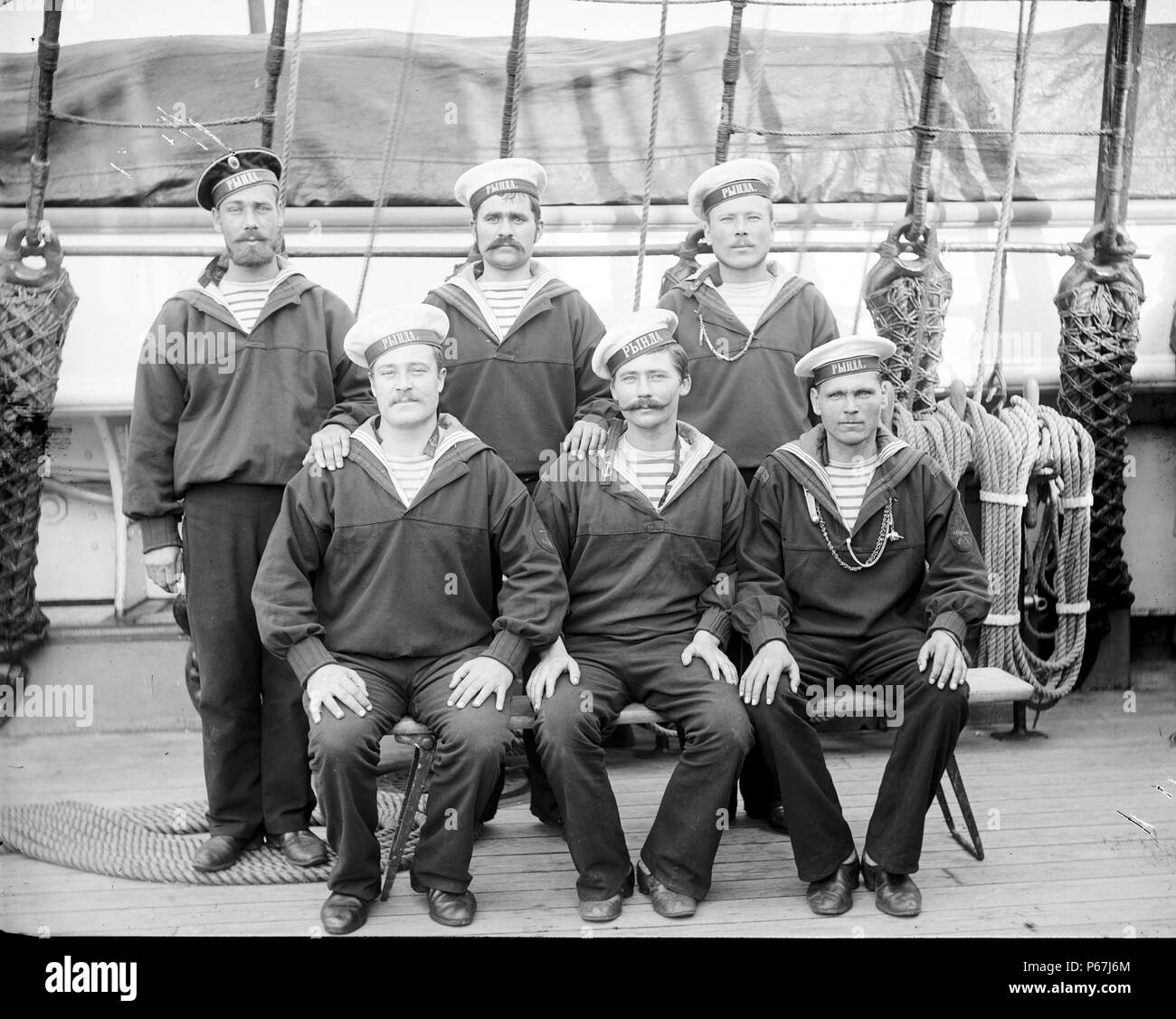 sailors on the Russian cruiser Rynda; 1893 Stock Photohttps://www.alamy.com/image-license-details/?v=1https://www.alamy.com/sailors-on-the-russian-cruiser-rynda-1893-image210380316.html
sailors on the Russian cruiser Rynda; 1893 Stock Photohttps://www.alamy.com/image-license-details/?v=1https://www.alamy.com/sailors-on-the-russian-cruiser-rynda-1893-image210380316.htmlRMP67J6M–sailors on the Russian cruiser Rynda; 1893
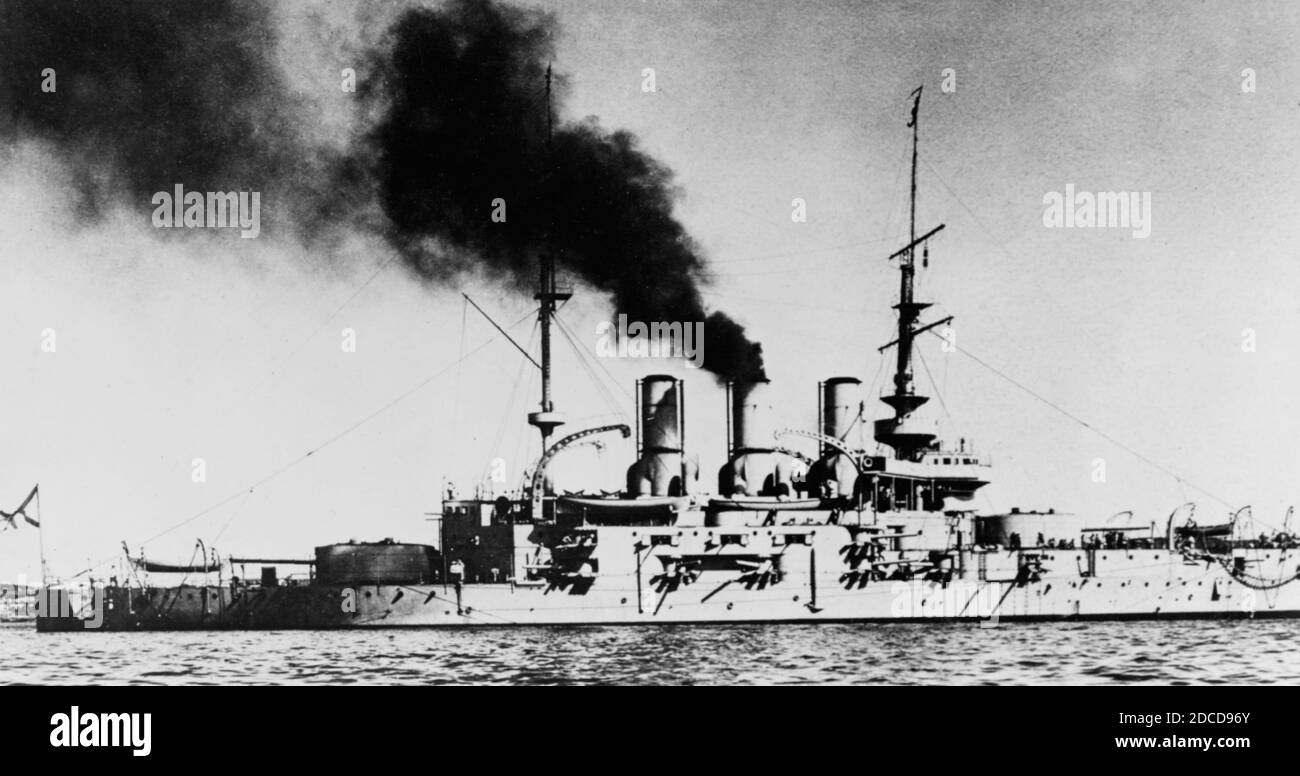 Russian Battleship Potemkin Stock Photohttps://www.alamy.com/image-license-details/?v=1https://www.alamy.com/russian-battleship-potemkin-image386296595.html
Russian Battleship Potemkin Stock Photohttps://www.alamy.com/image-license-details/?v=1https://www.alamy.com/russian-battleship-potemkin-image386296595.htmlRF2DCD96Y–Russian Battleship Potemkin
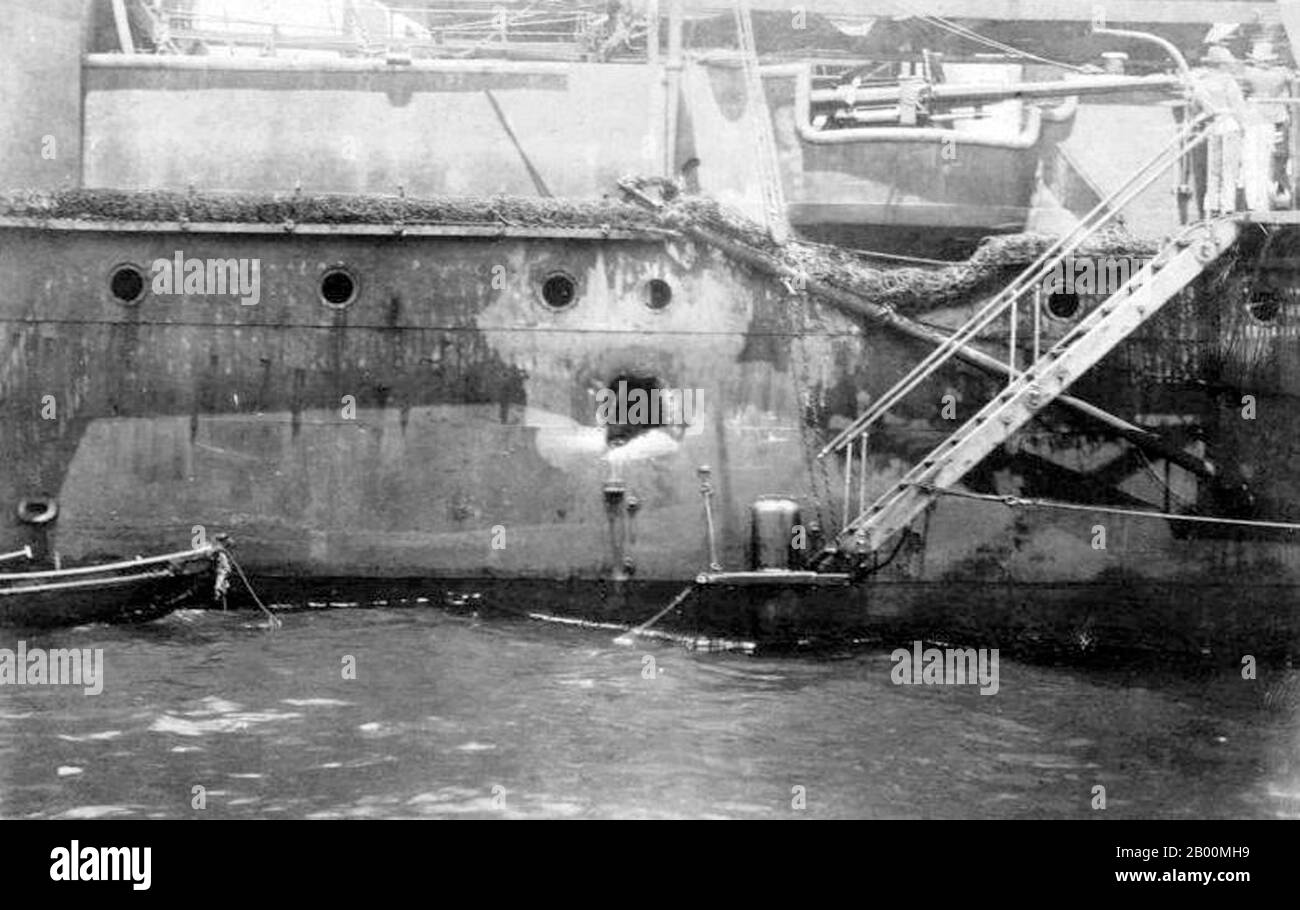 Russia: The Russian ship Oleg with a gaping hole in her side after battle, (Russo-Japanese War, 8 February 1904 – 5 September 1905). The Russo-Japanese War (8 February 1904 – 5 September 1905) was the first great war of the 20th century which grew out of the rival imperial ambitions of the Russian Empire and Japanese Empire over Manchuria and Korea. The resulting campaigns, in which the Japanese military attained victory over the Russian forces arrayed against them, were unexpected. Stock Photohttps://www.alamy.com/image-license-details/?v=1https://www.alamy.com/russia-the-russian-ship-oleg-with-a-gaping-hole-in-her-side-after-battle-russo-japanese-war-8-february-1904-5-september-1905-the-russo-japanese-war-8-february-1904-5-september-1905-was-the-first-great-war-of-the-20th-century-which-grew-out-of-the-rival-imperial-ambitions-of-the-russian-empire-and-japanese-empire-over-manchuria-and-korea-the-resulting-campaigns-in-which-the-japanese-military-attained-victory-over-the-russian-forces-arrayed-against-them-were-unexpected-image344223525.html
Russia: The Russian ship Oleg with a gaping hole in her side after battle, (Russo-Japanese War, 8 February 1904 – 5 September 1905). The Russo-Japanese War (8 February 1904 – 5 September 1905) was the first great war of the 20th century which grew out of the rival imperial ambitions of the Russian Empire and Japanese Empire over Manchuria and Korea. The resulting campaigns, in which the Japanese military attained victory over the Russian forces arrayed against them, were unexpected. Stock Photohttps://www.alamy.com/image-license-details/?v=1https://www.alamy.com/russia-the-russian-ship-oleg-with-a-gaping-hole-in-her-side-after-battle-russo-japanese-war-8-february-1904-5-september-1905-the-russo-japanese-war-8-february-1904-5-september-1905-was-the-first-great-war-of-the-20th-century-which-grew-out-of-the-rival-imperial-ambitions-of-the-russian-empire-and-japanese-empire-over-manchuria-and-korea-the-resulting-campaigns-in-which-the-japanese-military-attained-victory-over-the-russian-forces-arrayed-against-them-were-unexpected-image344223525.htmlRM2B00MH9–Russia: The Russian ship Oleg with a gaping hole in her side after battle, (Russo-Japanese War, 8 February 1904 – 5 September 1905). The Russo-Japanese War (8 February 1904 – 5 September 1905) was the first great war of the 20th century which grew out of the rival imperial ambitions of the Russian Empire and Japanese Empire over Manchuria and Korea. The resulting campaigns, in which the Japanese military attained victory over the Russian forces arrayed against them, were unexpected.
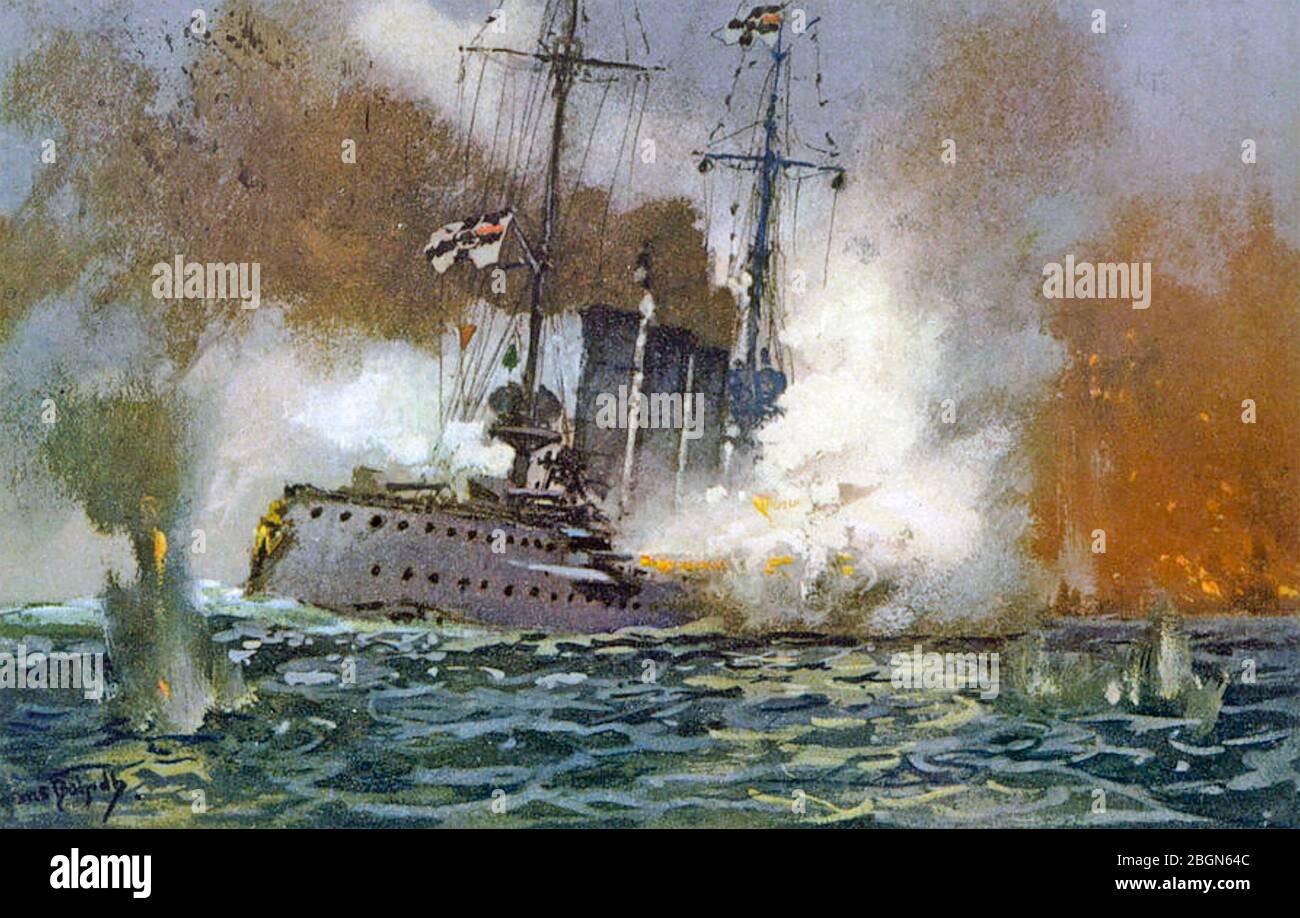 SMS AUGSBURG German Imperial Navy light cruiser under attack in the Baltic during an engagement with Russian ships in 1914. Stock Photohttps://www.alamy.com/image-license-details/?v=1https://www.alamy.com/sms-augsburg-german-imperial-navy-light-cruiser-under-attack-in-the-baltic-during-an-engagement-with-russian-ships-in-1914-image354507676.html
SMS AUGSBURG German Imperial Navy light cruiser under attack in the Baltic during an engagement with Russian ships in 1914. Stock Photohttps://www.alamy.com/image-license-details/?v=1https://www.alamy.com/sms-augsburg-german-imperial-navy-light-cruiser-under-attack-in-the-baltic-during-an-engagement-with-russian-ships-in-1914-image354507676.htmlRM2BGN64C–SMS AUGSBURG German Imperial Navy light cruiser under attack in the Baltic during an engagement with Russian ships in 1914.
 Admiral Yevgeni Alekseyev, Viceroy of the Russian Far East, approx 1904 postcard. Stock Photohttps://www.alamy.com/image-license-details/?v=1https://www.alamy.com/admiral-yevgeni-alekseyev-viceroy-of-the-russian-far-east-approx-1904-postcard-image490408931.html
Admiral Yevgeni Alekseyev, Viceroy of the Russian Far East, approx 1904 postcard. Stock Photohttps://www.alamy.com/image-license-details/?v=1https://www.alamy.com/admiral-yevgeni-alekseyev-viceroy-of-the-russian-far-east-approx-1904-postcard-image490408931.htmlRM2KDT1GK–Admiral Yevgeni Alekseyev, Viceroy of the Russian Far East, approx 1904 postcard.
 Nicholaièf : on the river Bouc, celebrated for its immense ship building yards : the creater part of the russian imperial navy was built here and sent thence to Sebastopol for equipment. Vintage historic artwork, Crimean War. Lithography, 1855 . 19th century art Stock Photohttps://www.alamy.com/image-license-details/?v=1https://www.alamy.com/nicholaif-on-the-river-bouc-celebrated-for-its-immense-ship-building-yards-the-creater-part-of-the-russian-imperial-navy-was-built-here-and-sent-thence-to-sebastopol-for-equipment-vintage-historic-artwork-crimean-war-lithography-1855-19th-century-art-image610671754.html
Nicholaièf : on the river Bouc, celebrated for its immense ship building yards : the creater part of the russian imperial navy was built here and sent thence to Sebastopol for equipment. Vintage historic artwork, Crimean War. Lithography, 1855 . 19th century art Stock Photohttps://www.alamy.com/image-license-details/?v=1https://www.alamy.com/nicholaif-on-the-river-bouc-celebrated-for-its-immense-ship-building-yards-the-creater-part-of-the-russian-imperial-navy-was-built-here-and-sent-thence-to-sebastopol-for-equipment-vintage-historic-artwork-crimean-war-lithography-1855-19th-century-art-image610671754.htmlRM2XDEE1E–Nicholaièf : on the river Bouc, celebrated for its immense ship building yards : the creater part of the russian imperial navy was built here and sent thence to Sebastopol for equipment. Vintage historic artwork, Crimean War. Lithography, 1855 . 19th century art
![[Ivan Constantinovich Aivasovski] 1893 Babayeva Studio, Russian Russian The Russian Romantic artist Ivan Konstantinovich Aivazovsky (1817–1900) was widely renowned for his paintings of sea battles, shipwrecks, and storms at sea. Born into an Armenian family in the Crimean port city of Feodosia, Aivazovsky was enormously prolific—he claimed to have created some six thousand paintings during his lifetime. He was a favorite of Czar Nicholas I and was appointedofficial artist of the Russian imperial navy. In 1887, as part of a jubilee celebration of his career, Aivazovsky hosted a dinner for 150 f Stock Photo [Ivan Constantinovich Aivasovski] 1893 Babayeva Studio, Russian Russian The Russian Romantic artist Ivan Konstantinovich Aivazovsky (1817–1900) was widely renowned for his paintings of sea battles, shipwrecks, and storms at sea. Born into an Armenian family in the Crimean port city of Feodosia, Aivazovsky was enormously prolific—he claimed to have created some six thousand paintings during his lifetime. He was a favorite of Czar Nicholas I and was appointedofficial artist of the Russian imperial navy. In 1887, as part of a jubilee celebration of his career, Aivazovsky hosted a dinner for 150 f Stock Photo](https://c8.alamy.com/comp/2HHXG7R/ivan-constantinovich-aivasovski-1893-babayeva-studio-russian-russian-the-russian-romantic-artist-ivan-konstantinovich-aivazovsky-18171900-was-widely-renowned-for-his-paintings-of-sea-battles-shipwrecks-and-storms-at-sea-born-into-an-armenian-family-in-the-crimean-port-city-of-feodosia-aivazovsky-was-enormously-prolifiche-claimed-to-have-created-some-six-thousand-paintings-during-his-lifetime-he-was-a-favorite-of-czar-nicholas-i-and-was-appointedofficial-artist-of-the-russian-imperial-navy-in-1887-as-part-of-a-jubilee-celebration-of-his-career-aivazovsky-hosted-a-dinner-for-150-f-2HHXG7R.jpg) [Ivan Constantinovich Aivasovski] 1893 Babayeva Studio, Russian Russian The Russian Romantic artist Ivan Konstantinovich Aivazovsky (1817–1900) was widely renowned for his paintings of sea battles, shipwrecks, and storms at sea. Born into an Armenian family in the Crimean port city of Feodosia, Aivazovsky was enormously prolific—he claimed to have created some six thousand paintings during his lifetime. He was a favorite of Czar Nicholas I and was appointedofficial artist of the Russian imperial navy. In 1887, as part of a jubilee celebration of his career, Aivazovsky hosted a dinner for 150 f Stock Photohttps://www.alamy.com/image-license-details/?v=1https://www.alamy.com/ivan-constantinovich-aivasovski-1893-babayeva-studio-russian-russian-the-russian-romantic-artist-ivan-konstantinovich-aivazovsky-18171900-was-widely-renowned-for-his-paintings-of-sea-battles-shipwrecks-and-storms-at-sea-born-into-an-armenian-family-in-the-crimean-port-city-of-feodosia-aivazovsky-was-enormously-prolifiche-claimed-to-have-created-some-six-thousand-paintings-during-his-lifetime-he-was-a-favorite-of-czar-nicholas-i-and-was-appointedofficial-artist-of-the-russian-imperial-navy-in-1887-as-part-of-a-jubilee-celebration-of-his-career-aivazovsky-hosted-a-dinner-for-150-f-image458502235.html
[Ivan Constantinovich Aivasovski] 1893 Babayeva Studio, Russian Russian The Russian Romantic artist Ivan Konstantinovich Aivazovsky (1817–1900) was widely renowned for his paintings of sea battles, shipwrecks, and storms at sea. Born into an Armenian family in the Crimean port city of Feodosia, Aivazovsky was enormously prolific—he claimed to have created some six thousand paintings during his lifetime. He was a favorite of Czar Nicholas I and was appointedofficial artist of the Russian imperial navy. In 1887, as part of a jubilee celebration of his career, Aivazovsky hosted a dinner for 150 f Stock Photohttps://www.alamy.com/image-license-details/?v=1https://www.alamy.com/ivan-constantinovich-aivasovski-1893-babayeva-studio-russian-russian-the-russian-romantic-artist-ivan-konstantinovich-aivazovsky-18171900-was-widely-renowned-for-his-paintings-of-sea-battles-shipwrecks-and-storms-at-sea-born-into-an-armenian-family-in-the-crimean-port-city-of-feodosia-aivazovsky-was-enormously-prolifiche-claimed-to-have-created-some-six-thousand-paintings-during-his-lifetime-he-was-a-favorite-of-czar-nicholas-i-and-was-appointedofficial-artist-of-the-russian-imperial-navy-in-1887-as-part-of-a-jubilee-celebration-of-his-career-aivazovsky-hosted-a-dinner-for-150-f-image458502235.htmlRM2HHXG7R–[Ivan Constantinovich Aivasovski] 1893 Babayeva Studio, Russian Russian The Russian Romantic artist Ivan Konstantinovich Aivazovsky (1817–1900) was widely renowned for his paintings of sea battles, shipwrecks, and storms at sea. Born into an Armenian family in the Crimean port city of Feodosia, Aivazovsky was enormously prolific—he claimed to have created some six thousand paintings during his lifetime. He was a favorite of Czar Nicholas I and was appointedofficial artist of the Russian imperial navy. In 1887, as part of a jubilee celebration of his career, Aivazovsky hosted a dinner for 150 f
 . Imperial Russian Navy Victor Dibovsky, an officer of the Russian Imperial Navy, was one of the early pioneers of aviation, learning to fly in 1908. During the First World War, he was deployed on a mission to England where he played an important role in the development of British armed fighter aircraft. In 1916, Dibovsky worked with Warrant Officer F W Scarff (inventor of the Scarff gun mounting) to develop interrupter mechanisms allowing pilots to fire a machine gun straight ahead through a revolving propellor. The Royal Naval Air Service fitted several of the gears (patented as the Scarff-D Stock Photohttps://www.alamy.com/image-license-details/?v=1https://www.alamy.com/imperial-russian-navy-victor-dibovsky-an-officer-of-the-russian-imperial-navy-was-one-of-the-early-pioneers-of-aviation-learning-to-fly-in-1908-during-the-first-world-war-he-was-deployed-on-a-mission-to-england-where-he-played-an-important-role-in-the-development-of-british-armed-fighter-aircraft-in-1916-dibovsky-worked-with-warrant-officer-f-w-scarff-inventor-of-the-scarff-gun-mounting-to-develop-interrupter-mechanisms-allowing-pilots-to-fire-a-machine-gun-straight-ahead-through-a-revolving-propellor-the-royal-naval-air-service-fitted-several-of-the-gears-patented-as-the-scarff-d-image568900986.html
. Imperial Russian Navy Victor Dibovsky, an officer of the Russian Imperial Navy, was one of the early pioneers of aviation, learning to fly in 1908. During the First World War, he was deployed on a mission to England where he played an important role in the development of British armed fighter aircraft. In 1916, Dibovsky worked with Warrant Officer F W Scarff (inventor of the Scarff gun mounting) to develop interrupter mechanisms allowing pilots to fire a machine gun straight ahead through a revolving propellor. The Royal Naval Air Service fitted several of the gears (patented as the Scarff-D Stock Photohttps://www.alamy.com/image-license-details/?v=1https://www.alamy.com/imperial-russian-navy-victor-dibovsky-an-officer-of-the-russian-imperial-navy-was-one-of-the-early-pioneers-of-aviation-learning-to-fly-in-1908-during-the-first-world-war-he-was-deployed-on-a-mission-to-england-where-he-played-an-important-role-in-the-development-of-british-armed-fighter-aircraft-in-1916-dibovsky-worked-with-warrant-officer-f-w-scarff-inventor-of-the-scarff-gun-mounting-to-develop-interrupter-mechanisms-allowing-pilots-to-fire-a-machine-gun-straight-ahead-through-a-revolving-propellor-the-royal-naval-air-service-fitted-several-of-the-gears-patented-as-the-scarff-d-image568900986.htmlRM2T1FK0A–. Imperial Russian Navy Victor Dibovsky, an officer of the Russian Imperial Navy, was one of the early pioneers of aviation, learning to fly in 1908. During the First World War, he was deployed on a mission to England where he played an important role in the development of British armed fighter aircraft. In 1916, Dibovsky worked with Warrant Officer F W Scarff (inventor of the Scarff gun mounting) to develop interrupter mechanisms allowing pilots to fire a machine gun straight ahead through a revolving propellor. The Royal Naval Air Service fitted several of the gears (patented as the Scarff-D
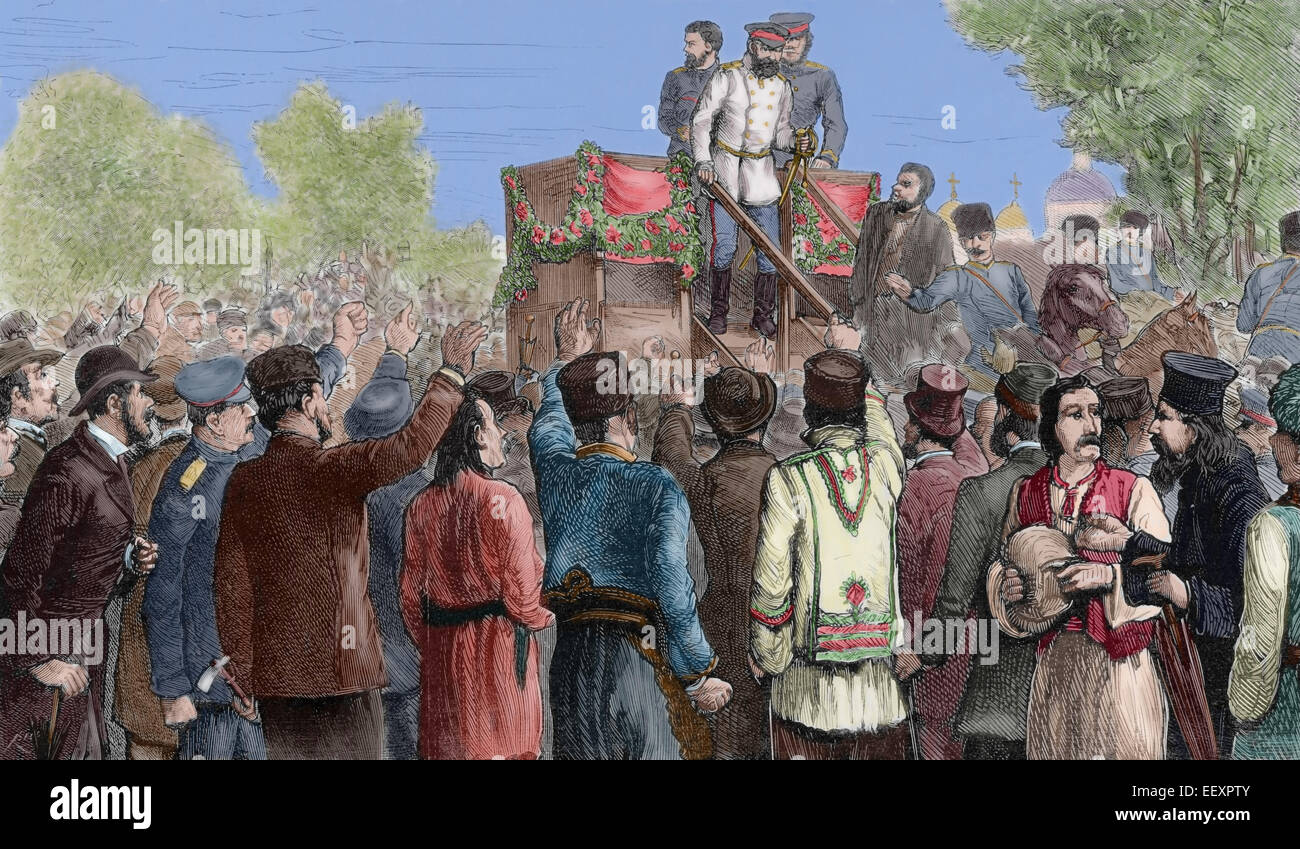 Alexander Kaulbars (1844-1925). General of the Imperial Russian Navy and explorer of Central Asia. Bulgaria. Sofia. Voters interrupting a speech by General Kaulbars. Engraving by Rico. The Spanish and American Illustration, 1886. Colored. Stock Photohttps://www.alamy.com/image-license-details/?v=1https://www.alamy.com/stock-photo-alexander-kaulbars-1844-1925-general-of-the-imperial-russian-navy-78035355.html
Alexander Kaulbars (1844-1925). General of the Imperial Russian Navy and explorer of Central Asia. Bulgaria. Sofia. Voters interrupting a speech by General Kaulbars. Engraving by Rico. The Spanish and American Illustration, 1886. Colored. Stock Photohttps://www.alamy.com/image-license-details/?v=1https://www.alamy.com/stock-photo-alexander-kaulbars-1844-1925-general-of-the-imperial-russian-navy-78035355.htmlRMEEXPTY–Alexander Kaulbars (1844-1925). General of the Imperial Russian Navy and explorer of Central Asia. Bulgaria. Sofia. Voters interrupting a speech by General Kaulbars. Engraving by Rico. The Spanish and American Illustration, 1886. Colored.
 Russian Yacht Lividia (1880) of Russian Emperor. Vintage or Old Illustration or Engraving 1882 Stock Photohttps://www.alamy.com/image-license-details/?v=1https://www.alamy.com/russian-yacht-lividia-1880-of-russian-emperor-vintage-or-old-illustration-or-engraving-1882-image352324190.html
Russian Yacht Lividia (1880) of Russian Emperor. Vintage or Old Illustration or Engraving 1882 Stock Photohttps://www.alamy.com/image-license-details/?v=1https://www.alamy.com/russian-yacht-lividia-1880-of-russian-emperor-vintage-or-old-illustration-or-engraving-1882-image352324190.htmlRM2BD5N2P–Russian Yacht Lividia (1880) of Russian Emperor. Vintage or Old Illustration or Engraving 1882
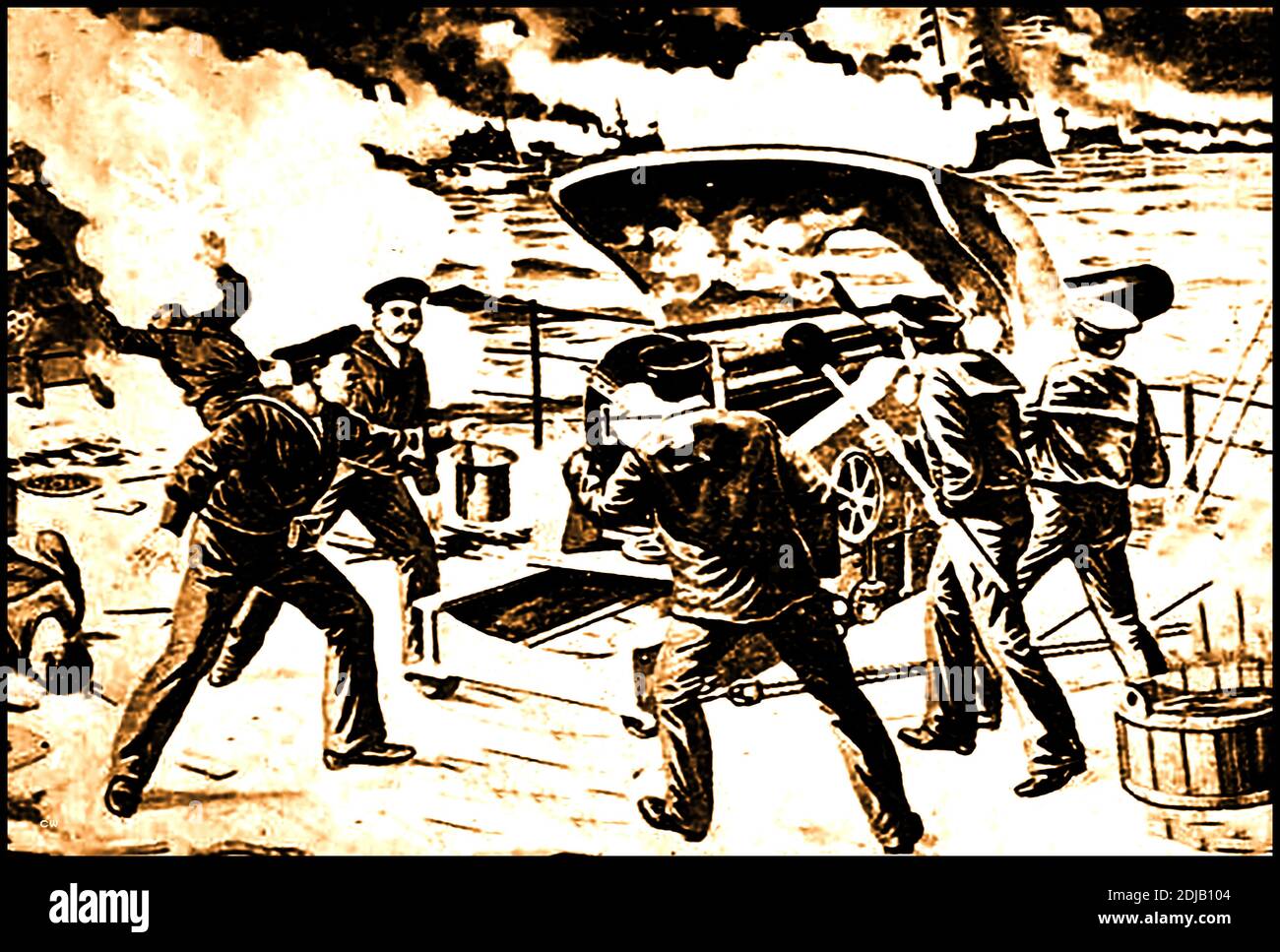 An old illustration showing a scene on board a battleship at the naval battle of Tsushima (aka Battle of Tsushima Strait or Naval Battle of the Sea of Japan ). On 8 February, 1904, destroyers of the Imperial Japanese Navy launched a surprise attack on the Russian Far East Fleet anchored in Port Arthur, so starting the Russo-Japanese war. It was the first decisive sea battle fought by modern steel battleships and the first to use wireless telegraphy (radio communications). Stock Photohttps://www.alamy.com/image-license-details/?v=1https://www.alamy.com/an-old-illustration-showing-a-scene-on-board-a-battleship-at-the-naval-battle-of-tsushima-aka-battle-of-tsushima-strait-or-naval-battle-of-the-sea-of-japan-on-8-february-1904-destroyers-of-the-imperial-japanese-navy-launched-a-surprise-attack-on-the-russian-far-east-fleet-anchored-in-port-arthur-so-starting-the-russo-japanese-war-it-was-the-first-decisive-sea-battle-fought-by-modern-steel-battleships-and-the-first-to-use-wireless-telegraphy-radio-communications-image389934164.html
An old illustration showing a scene on board a battleship at the naval battle of Tsushima (aka Battle of Tsushima Strait or Naval Battle of the Sea of Japan ). On 8 February, 1904, destroyers of the Imperial Japanese Navy launched a surprise attack on the Russian Far East Fleet anchored in Port Arthur, so starting the Russo-Japanese war. It was the first decisive sea battle fought by modern steel battleships and the first to use wireless telegraphy (radio communications). Stock Photohttps://www.alamy.com/image-license-details/?v=1https://www.alamy.com/an-old-illustration-showing-a-scene-on-board-a-battleship-at-the-naval-battle-of-tsushima-aka-battle-of-tsushima-strait-or-naval-battle-of-the-sea-of-japan-on-8-february-1904-destroyers-of-the-imperial-japanese-navy-launched-a-surprise-attack-on-the-russian-far-east-fleet-anchored-in-port-arthur-so-starting-the-russo-japanese-war-it-was-the-first-decisive-sea-battle-fought-by-modern-steel-battleships-and-the-first-to-use-wireless-telegraphy-radio-communications-image389934164.htmlRM2DJB104–An old illustration showing a scene on board a battleship at the naval battle of Tsushima (aka Battle of Tsushima Strait or Naval Battle of the Sea of Japan ). On 8 February, 1904, destroyers of the Imperial Japanese Navy launched a surprise attack on the Russian Far East Fleet anchored in Port Arthur, so starting the Russo-Japanese war. It was the first decisive sea battle fought by modern steel battleships and the first to use wireless telegraphy (radio communications).
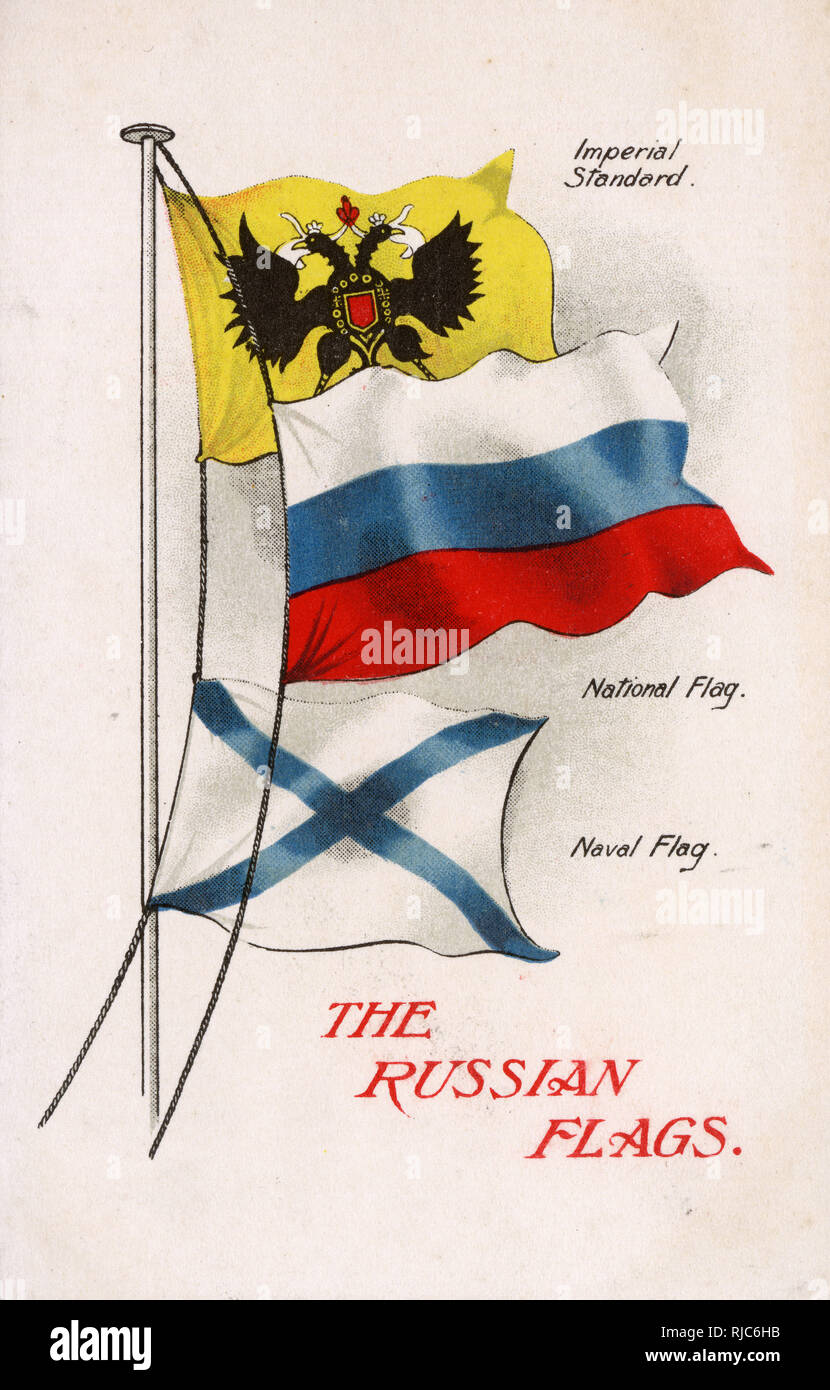 Russian Imperial Standard, National Flag and Naval Flag Stock Photohttps://www.alamy.com/image-license-details/?v=1https://www.alamy.com/russian-imperial-standard-national-flag-and-naval-flag-image235067207.html
Russian Imperial Standard, National Flag and Naval Flag Stock Photohttps://www.alamy.com/image-license-details/?v=1https://www.alamy.com/russian-imperial-standard-national-flag-and-naval-flag-image235067207.htmlRMRJC6HB–Russian Imperial Standard, National Flag and Naval Flag
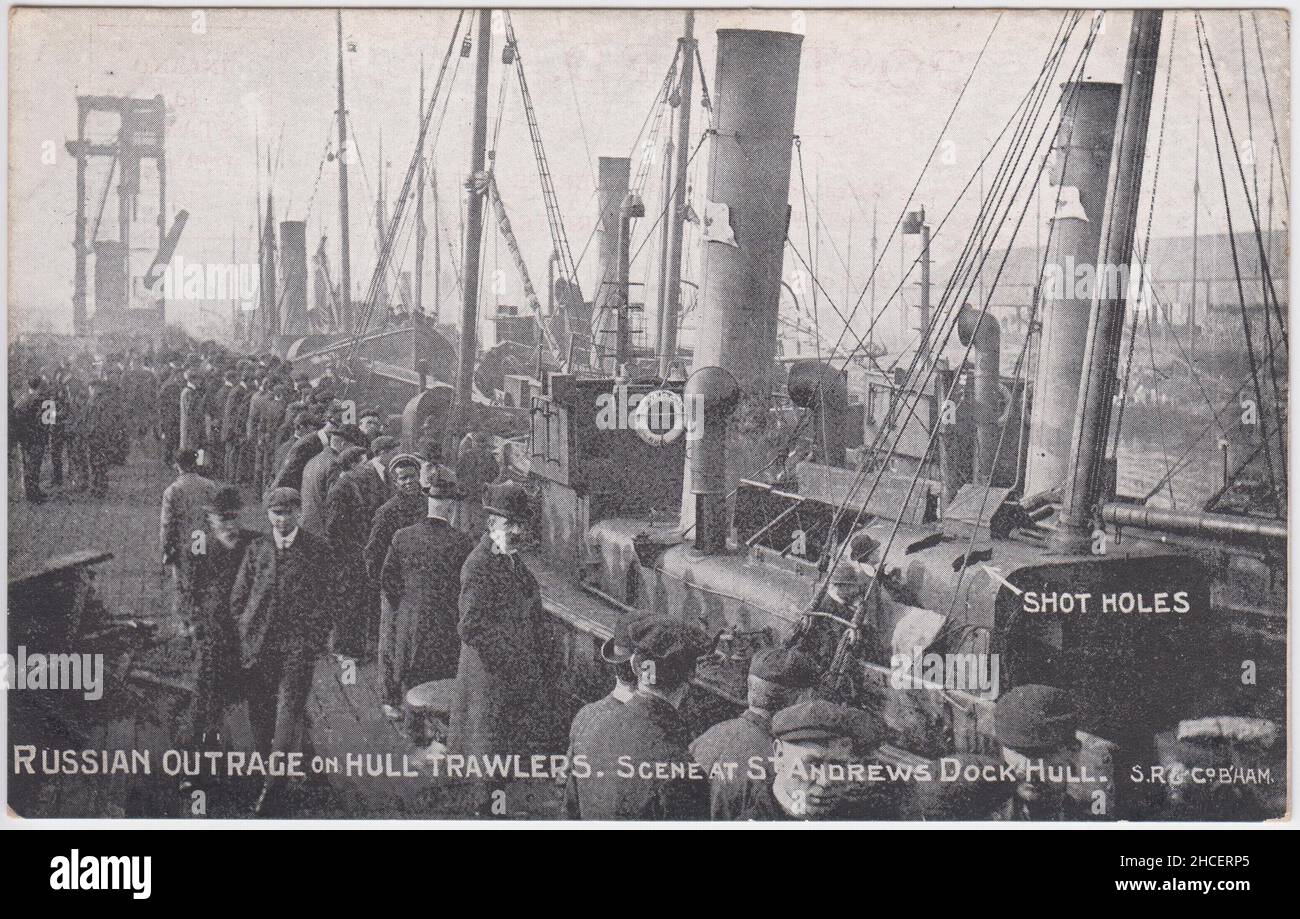 'Russian outrage on Hull trawlers. Scene at St Andrew's Dock, Hull.' Postcard published after the 1904 Dogger Bank incident during the Russo-Japanese War. Ships of the Baltic Fleet of the Imperial Russian Navy mistook British trawlers for Imperial Japanese Navy torpedo boats and fired on them, killing two men and injuring 6 more. The incident nearly led to war between Britain and Russia Stock Photohttps://www.alamy.com/image-license-details/?v=1https://www.alamy.com/russian-outrage-on-hull-trawlers-scene-at-st-andrews-dock-hull-postcard-published-after-the-1904-dogger-bank-incident-during-the-russo-japanese-war-ships-of-the-baltic-fleet-of-the-imperial-russian-navy-mistook-british-trawlers-for-imperial-japanese-navy-torpedo-boats-and-fired-on-them-killing-two-men-and-injuring-6-more-the-incident-nearly-led-to-war-between-britain-and-russia-image455171421.html
'Russian outrage on Hull trawlers. Scene at St Andrew's Dock, Hull.' Postcard published after the 1904 Dogger Bank incident during the Russo-Japanese War. Ships of the Baltic Fleet of the Imperial Russian Navy mistook British trawlers for Imperial Japanese Navy torpedo boats and fired on them, killing two men and injuring 6 more. The incident nearly led to war between Britain and Russia Stock Photohttps://www.alamy.com/image-license-details/?v=1https://www.alamy.com/russian-outrage-on-hull-trawlers-scene-at-st-andrews-dock-hull-postcard-published-after-the-1904-dogger-bank-incident-during-the-russo-japanese-war-ships-of-the-baltic-fleet-of-the-imperial-russian-navy-mistook-british-trawlers-for-imperial-japanese-navy-torpedo-boats-and-fired-on-them-killing-two-men-and-injuring-6-more-the-incident-nearly-led-to-war-between-britain-and-russia-image455171421.htmlRM2HCERP5–'Russian outrage on Hull trawlers. Scene at St Andrew's Dock, Hull.' Postcard published after the 1904 Dogger Bank incident during the Russo-Japanese War. Ships of the Baltic Fleet of the Imperial Russian Navy mistook British trawlers for Imperial Japanese Navy torpedo boats and fired on them, killing two men and injuring 6 more. The incident nearly led to war between Britain and Russia
 Vitse-admiral Popov, warship design by Andrei Alexandrovich Popov, 1821-1898, an officer of the Imperial Russian Navy and a nava Stock Photohttps://www.alamy.com/image-license-details/?v=1https://www.alamy.com/stock-photo-vitse-admiral-popov-warship-design-by-andrei-alexandrovich-popov-1821-112506486.html
Vitse-admiral Popov, warship design by Andrei Alexandrovich Popov, 1821-1898, an officer of the Imperial Russian Navy and a nava Stock Photohttps://www.alamy.com/image-license-details/?v=1https://www.alamy.com/stock-photo-vitse-admiral-popov-warship-design-by-andrei-alexandrovich-popov-1821-112506486.htmlRMGF134P–Vitse-admiral Popov, warship design by Andrei Alexandrovich Popov, 1821-1898, an officer of the Imperial Russian Navy and a nava
 Vintage photo of Admiralty of St. Petersburg. 1875 - 1885 Stock Photohttps://www.alamy.com/image-license-details/?v=1https://www.alamy.com/vintage-photo-of-admiralty-of-st-petersburg-1875-1885-image526904035.html
Vintage photo of Admiralty of St. Petersburg. 1875 - 1885 Stock Photohttps://www.alamy.com/image-license-details/?v=1https://www.alamy.com/vintage-photo-of-admiralty-of-st-petersburg-1875-1885-image526904035.htmlRM2NH6FD7–Vintage photo of Admiralty of St. Petersburg. 1875 - 1885
 Battle of Sinop, 30 November 1853. Imperial Russian war ships attacked and destroyed patrol force of Ottoman ships anchored in Stock Photohttps://www.alamy.com/image-license-details/?v=1https://www.alamy.com/stock-photo-battle-of-sinop-30-november-1853-imperial-russian-war-ships-attacked-83341450.html
Battle of Sinop, 30 November 1853. Imperial Russian war ships attacked and destroyed patrol force of Ottoman ships anchored in Stock Photohttps://www.alamy.com/image-license-details/?v=1https://www.alamy.com/stock-photo-battle-of-sinop-30-november-1853-imperial-russian-war-ships-attacked-83341450.htmlRMERGETA–Battle of Sinop, 30 November 1853. Imperial Russian war ships attacked and destroyed patrol force of Ottoman ships anchored in
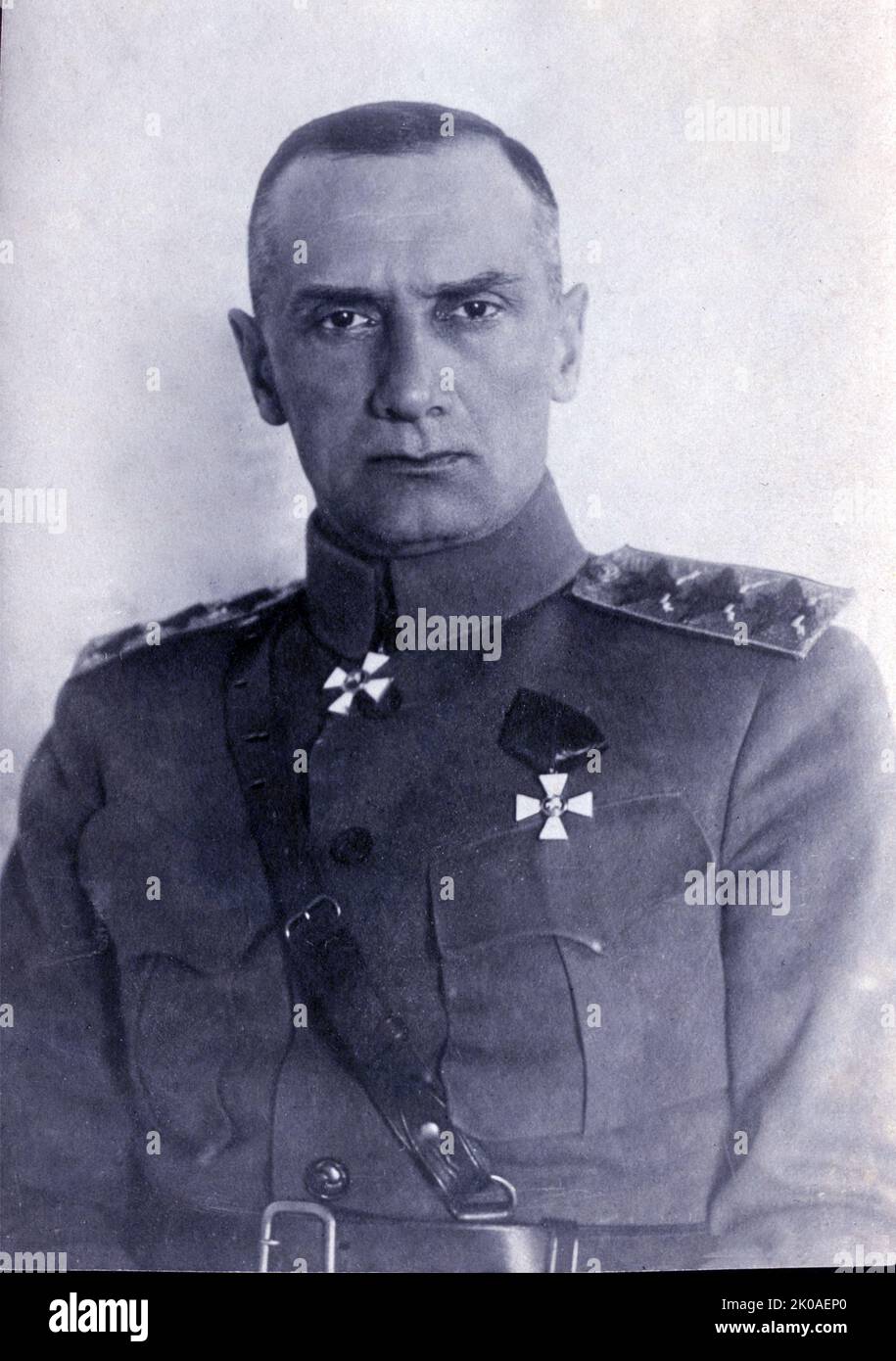 Alexander Kolchak (1874 - 7 February 1920) Imperial Russian admiral, military leader and polar explorer who served in the Imperial Russian Navy and fought in the Russo-Japanese War of 1904-1905 and the First World War. During the Russian Civil War of 1917-1922 he established an anti-communist government in Siberia -- later the Provisional All-Russian Government -- and became recognised as the 'Supreme Leader and Commander-in-Chief of All Russian Land and Sea Forces' by the other leaders of the White movement from 1918 to 1920. His government was based in Omsk, in southwestern Siberia Stock Photohttps://www.alamy.com/image-license-details/?v=1https://www.alamy.com/alexander-kolchak-1874-7-february-1920-imperial-russian-admiral-military-leader-and-polar-explorer-who-served-in-the-imperial-russian-navy-and-fought-in-the-russo-japanese-war-of-1904-1905-and-the-first-world-war-during-the-russian-civil-war-of-1917-1922-he-established-an-anti-communist-government-in-siberia-later-the-provisional-all-russian-government-and-became-recognised-as-the-supreme-leader-and-commander-in-chief-of-all-russian-land-and-sea-forces-by-the-other-leaders-of-the-white-movement-from-1918-to-1920-his-government-was-based-in-omsk-in-southwestern-siberia-image482121416.html
Alexander Kolchak (1874 - 7 February 1920) Imperial Russian admiral, military leader and polar explorer who served in the Imperial Russian Navy and fought in the Russo-Japanese War of 1904-1905 and the First World War. During the Russian Civil War of 1917-1922 he established an anti-communist government in Siberia -- later the Provisional All-Russian Government -- and became recognised as the 'Supreme Leader and Commander-in-Chief of All Russian Land and Sea Forces' by the other leaders of the White movement from 1918 to 1920. His government was based in Omsk, in southwestern Siberia Stock Photohttps://www.alamy.com/image-license-details/?v=1https://www.alamy.com/alexander-kolchak-1874-7-february-1920-imperial-russian-admiral-military-leader-and-polar-explorer-who-served-in-the-imperial-russian-navy-and-fought-in-the-russo-japanese-war-of-1904-1905-and-the-first-world-war-during-the-russian-civil-war-of-1917-1922-he-established-an-anti-communist-government-in-siberia-later-the-provisional-all-russian-government-and-became-recognised-as-the-supreme-leader-and-commander-in-chief-of-all-russian-land-and-sea-forces-by-the-other-leaders-of-the-white-movement-from-1918-to-1920-his-government-was-based-in-omsk-in-southwestern-siberia-image482121416.htmlRM2K0AEP0–Alexander Kolchak (1874 - 7 February 1920) Imperial Russian admiral, military leader and polar explorer who served in the Imperial Russian Navy and fought in the Russo-Japanese War of 1904-1905 and the First World War. During the Russian Civil War of 1917-1922 he established an anti-communist government in Siberia -- later the Provisional All-Russian Government -- and became recognised as the 'Supreme Leader and Commander-in-Chief of All Russian Land and Sea Forces' by the other leaders of the White movement from 1918 to 1920. His government was based in Omsk, in southwestern Siberia
 The Grand Duke Constantine,(9 September 1827 – 13 January 1892, second son of Tsar Nicholas I of Russia, and admiral of the Russian fleet, who reformed the Russian Navy. He was a supporter of the liberal (sometimes referred to as 'enlightened') bureaucrats during the period of Alexander II's great reforms and served as chairman of the Imperial Russian Geographical Society (founded in 1845). Stock Photohttps://www.alamy.com/image-license-details/?v=1https://www.alamy.com/stock-photo-the-grand-duke-constantine9-september-1827-13-january-1892-second-87105990.html
The Grand Duke Constantine,(9 September 1827 – 13 January 1892, second son of Tsar Nicholas I of Russia, and admiral of the Russian fleet, who reformed the Russian Navy. He was a supporter of the liberal (sometimes referred to as 'enlightened') bureaucrats during the period of Alexander II's great reforms and served as chairman of the Imperial Russian Geographical Society (founded in 1845). Stock Photohttps://www.alamy.com/image-license-details/?v=1https://www.alamy.com/stock-photo-the-grand-duke-constantine9-september-1827-13-january-1892-second-87105990.htmlRMF1M0G6–The Grand Duke Constantine,(9 September 1827 – 13 January 1892, second son of Tsar Nicholas I of Russia, and admiral of the Russian fleet, who reformed the Russian Navy. He was a supporter of the liberal (sometimes referred to as 'enlightened') bureaucrats during the period of Alexander II's great reforms and served as chairman of the Imperial Russian Geographical Society (founded in 1845).
 No. 13 of the series 'Northern Theater of War': victory of the Imperial Russian galley fleet over the Royal Swedish galley fleet on August 24, 1789, Unknown, 1789, paper, copperplate engraving, height 19.5 cm, width 24.4 cm, plate size 16.4×18.7 cm, war and war events, fine arts, military, battle, battle in general, battle (+ naval forces), navy, sailing ship, sailing boat, burning, ships (in general), smoke, The Vienna Collection Stock Photohttps://www.alamy.com/image-license-details/?v=1https://www.alamy.com/no-13-of-the-series-northern-theater-of-war-victory-of-the-imperial-russian-galley-fleet-over-the-royal-swedish-galley-fleet-on-august-24-1789-unknown-1789-paper-copperplate-engraving-height-195-cm-width-244-cm-plate-size-164187-cm-war-and-war-events-fine-arts-military-battle-battle-in-general-battle-naval-forces-navy-sailing-ship-sailing-boat-burning-ships-in-general-smoke-the-vienna-collection-image573448687.html
No. 13 of the series 'Northern Theater of War': victory of the Imperial Russian galley fleet over the Royal Swedish galley fleet on August 24, 1789, Unknown, 1789, paper, copperplate engraving, height 19.5 cm, width 24.4 cm, plate size 16.4×18.7 cm, war and war events, fine arts, military, battle, battle in general, battle (+ naval forces), navy, sailing ship, sailing boat, burning, ships (in general), smoke, The Vienna Collection Stock Photohttps://www.alamy.com/image-license-details/?v=1https://www.alamy.com/no-13-of-the-series-northern-theater-of-war-victory-of-the-imperial-russian-galley-fleet-over-the-royal-swedish-galley-fleet-on-august-24-1789-unknown-1789-paper-copperplate-engraving-height-195-cm-width-244-cm-plate-size-164187-cm-war-and-war-events-fine-arts-military-battle-battle-in-general-battle-naval-forces-navy-sailing-ship-sailing-boat-burning-ships-in-general-smoke-the-vienna-collection-image573448687.htmlRM2T8XRJ7–No. 13 of the series 'Northern Theater of War': victory of the Imperial Russian galley fleet over the Royal Swedish galley fleet on August 24, 1789, Unknown, 1789, paper, copperplate engraving, height 19.5 cm, width 24.4 cm, plate size 16.4×18.7 cm, war and war events, fine arts, military, battle, battle in general, battle (+ naval forces), navy, sailing ship, sailing boat, burning, ships (in general), smoke, The Vienna Collection
 Officers of Russian fleet; Columbian Naval Review; 1893 Stock Photohttps://www.alamy.com/image-license-details/?v=1https://www.alamy.com/officers-of-russian-fleet-columbian-naval-review-1893-image210380373.html
Officers of Russian fleet; Columbian Naval Review; 1893 Stock Photohttps://www.alamy.com/image-license-details/?v=1https://www.alamy.com/officers-of-russian-fleet-columbian-naval-review-1893-image210380373.htmlRMP67J8N–Officers of Russian fleet; Columbian Naval Review; 1893
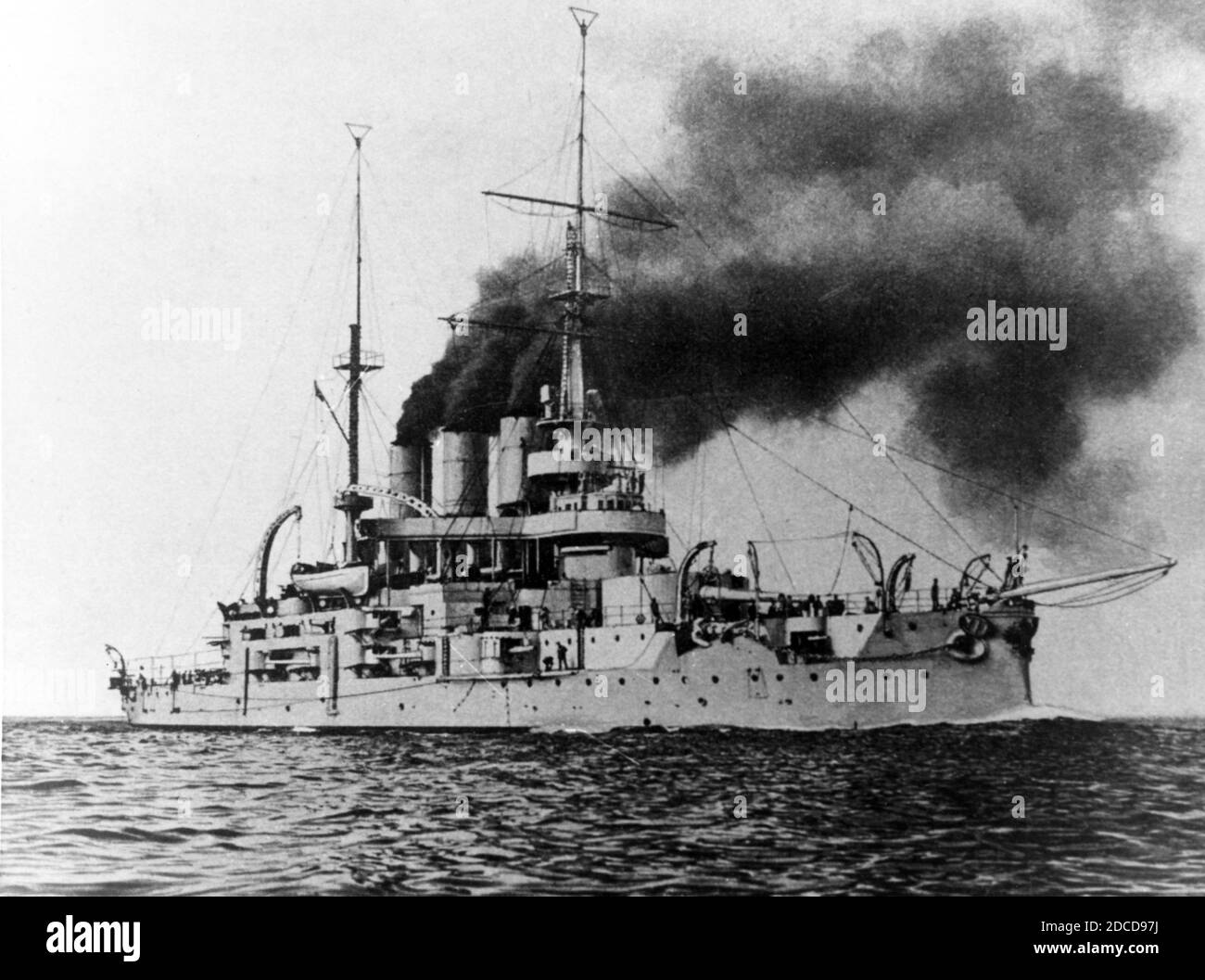 Russian Battleship Potemkin Stock Photohttps://www.alamy.com/image-license-details/?v=1https://www.alamy.com/russian-battleship-potemkin-image386296614.html
Russian Battleship Potemkin Stock Photohttps://www.alamy.com/image-license-details/?v=1https://www.alamy.com/russian-battleship-potemkin-image386296614.htmlRF2DCD97J–Russian Battleship Potemkin
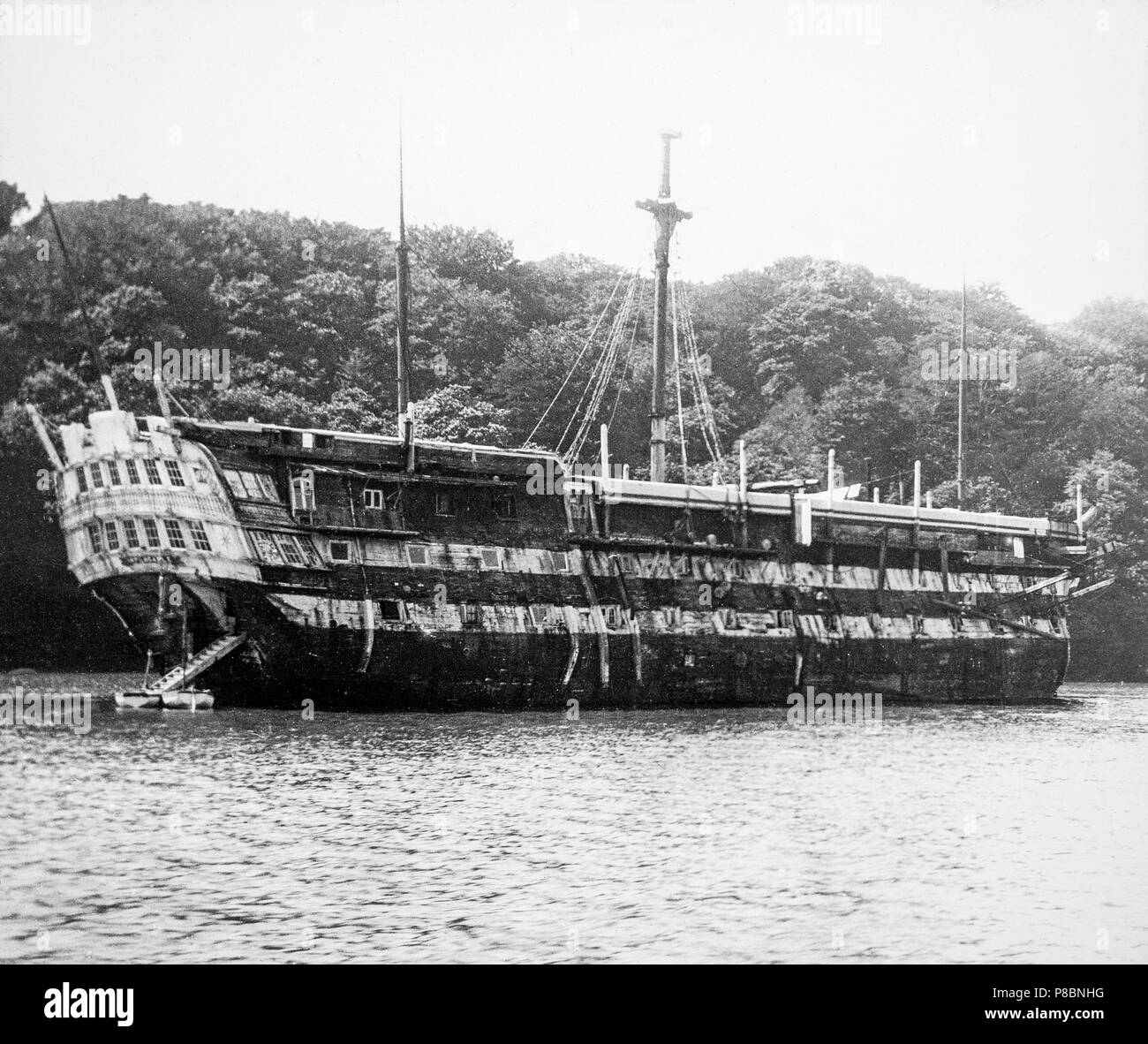 HMS Implacable at Falmouth around late 19th, early 20th century.HMS Implacable was a 74-gun third-rate ship of the line of the Royal Navy. She was originally the French Navy's Téméraire-class ship of the line Duguay-Trouin, launched in 1800. She survived the Battle of Trafalgar only for the British to capture her at the subsequent Battle of Cape Ortegal. In British service she participated in the capture of the Imperial Russian Navy 74-gun ship of the line Vsevolod in the Baltic in 1808 during the Anglo-Russian War. Later, Implacable became a training ship. Stock Photohttps://www.alamy.com/image-license-details/?v=1https://www.alamy.com/hms-implacable-at-falmouth-around-late-19th-early-20th-centuryhms-implacable-was-a-74-gun-third-rate-ship-of-the-line-of-the-royal-navy-she-was-originally-the-french-navys-tmraire-class-ship-of-the-line-duguay-trouin-launched-in-1800-she-survived-the-battle-of-trafalgar-only-for-the-british-to-capture-her-at-the-subsequent-battle-of-cape-ortegal-in-british-service-she-participated-in-the-capture-of-the-imperial-russian-navy-74-gun-ship-of-the-line-vsevolod-in-the-baltic-in-1808-during-the-anglo-russian-war-later-implacable-became-a-training-ship-image211700092.html
HMS Implacable at Falmouth around late 19th, early 20th century.HMS Implacable was a 74-gun third-rate ship of the line of the Royal Navy. She was originally the French Navy's Téméraire-class ship of the line Duguay-Trouin, launched in 1800. She survived the Battle of Trafalgar only for the British to capture her at the subsequent Battle of Cape Ortegal. In British service she participated in the capture of the Imperial Russian Navy 74-gun ship of the line Vsevolod in the Baltic in 1808 during the Anglo-Russian War. Later, Implacable became a training ship. Stock Photohttps://www.alamy.com/image-license-details/?v=1https://www.alamy.com/hms-implacable-at-falmouth-around-late-19th-early-20th-centuryhms-implacable-was-a-74-gun-third-rate-ship-of-the-line-of-the-royal-navy-she-was-originally-the-french-navys-tmraire-class-ship-of-the-line-duguay-trouin-launched-in-1800-she-survived-the-battle-of-trafalgar-only-for-the-british-to-capture-her-at-the-subsequent-battle-of-cape-ortegal-in-british-service-she-participated-in-the-capture-of-the-imperial-russian-navy-74-gun-ship-of-the-line-vsevolod-in-the-baltic-in-1808-during-the-anglo-russian-war-later-implacable-became-a-training-ship-image211700092.htmlRMP8BNHG–HMS Implacable at Falmouth around late 19th, early 20th century.HMS Implacable was a 74-gun third-rate ship of the line of the Royal Navy. She was originally the French Navy's Téméraire-class ship of the line Duguay-Trouin, launched in 1800. She survived the Battle of Trafalgar only for the British to capture her at the subsequent Battle of Cape Ortegal. In British service she participated in the capture of the Imperial Russian Navy 74-gun ship of the line Vsevolod in the Baltic in 1808 during the Anglo-Russian War. Later, Implacable became a training ship.
 TSAR NICHOLAS II visiting a French naval squadron in the Russian port of Kronstadt in 1892 Stock Photohttps://www.alamy.com/image-license-details/?v=1https://www.alamy.com/stock-photo-tsar-nicholas-ii-visiting-a-french-naval-squadron-in-the-russian-port-51169310.html
TSAR NICHOLAS II visiting a French naval squadron in the Russian port of Kronstadt in 1892 Stock Photohttps://www.alamy.com/image-license-details/?v=1https://www.alamy.com/stock-photo-tsar-nicholas-ii-visiting-a-french-naval-squadron-in-the-russian-port-51169310.htmlRMCY6XYA–TSAR NICHOLAS II visiting a French naval squadron in the Russian port of Kronstadt in 1892
 Imperial Russian torpedo boat 'Sukhum' (Suhum) in the beginning of the 20th century. Stock Photohttps://www.alamy.com/image-license-details/?v=1https://www.alamy.com/imperial-russian-torpedo-boat-sukhum-suhum-in-the-beginning-of-the-20th-century-image470160586.html
Imperial Russian torpedo boat 'Sukhum' (Suhum) in the beginning of the 20th century. Stock Photohttps://www.alamy.com/image-license-details/?v=1https://www.alamy.com/imperial-russian-torpedo-boat-sukhum-suhum-in-the-beginning-of-the-20th-century-image470160586.htmlRM2J8WJHE–Imperial Russian torpedo boat 'Sukhum' (Suhum) in the beginning of the 20th century.
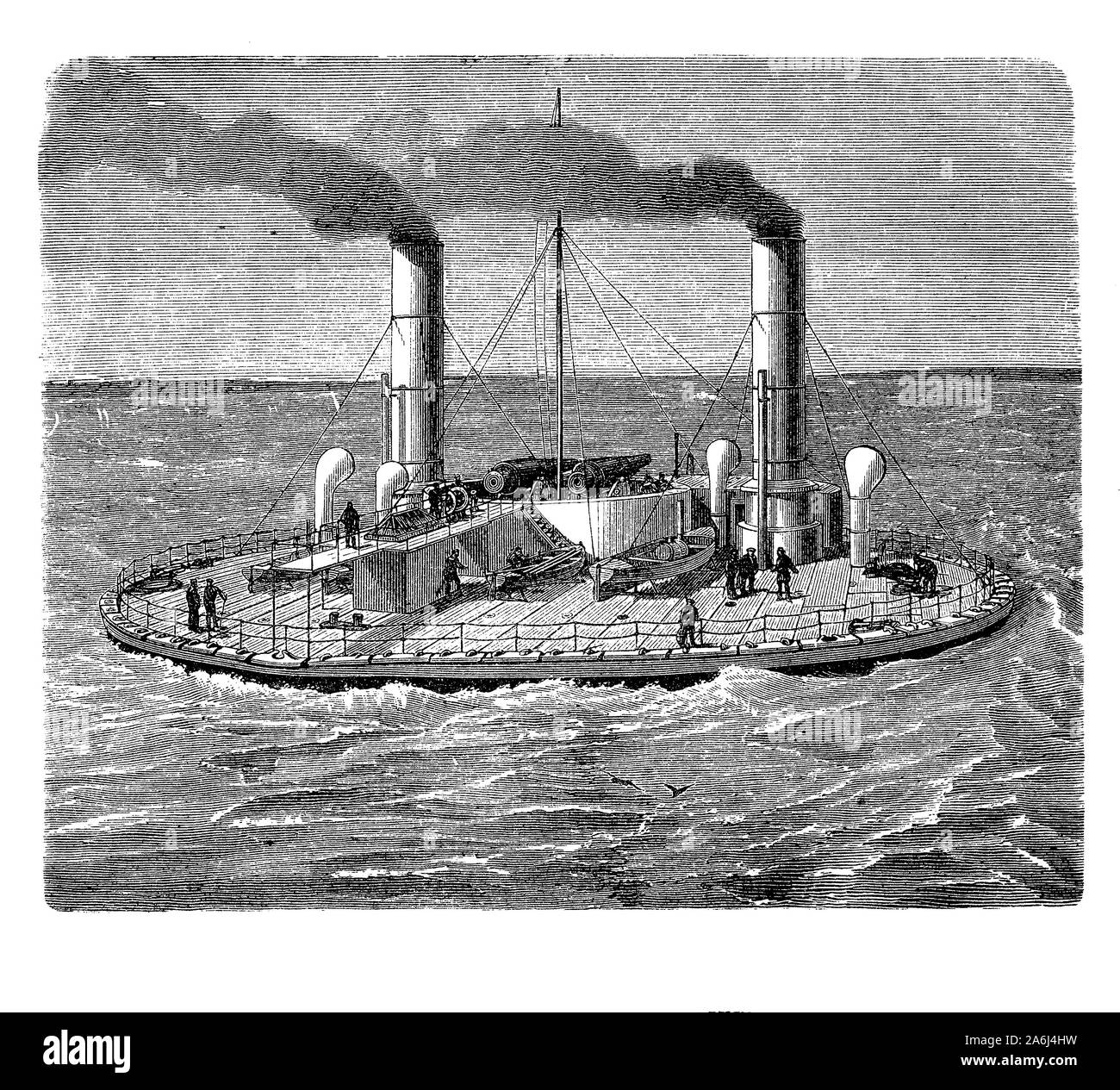 Russian ironclad monitor ship Novgorod built in 1870 with an unusual circular shape in order to carry more armament with a stable gun platform, but very difficult to steer Stock Photohttps://www.alamy.com/image-license-details/?v=1https://www.alamy.com/russian-ironclad-monitor-ship-novgorod-built-in-1870-with-an-unusual-circular-shape-in-order-to-carry-more-armament-with-a-stable-gun-platform-but-very-difficult-to-steer-image331083701.html
Russian ironclad monitor ship Novgorod built in 1870 with an unusual circular shape in order to carry more armament with a stable gun platform, but very difficult to steer Stock Photohttps://www.alamy.com/image-license-details/?v=1https://www.alamy.com/russian-ironclad-monitor-ship-novgorod-built-in-1870-with-an-unusual-circular-shape-in-order-to-carry-more-armament-with-a-stable-gun-platform-but-very-difficult-to-steer-image331083701.htmlRF2A6J4HW–Russian ironclad monitor ship Novgorod built in 1870 with an unusual circular shape in order to carry more armament with a stable gun platform, but very difficult to steer
 Imperial Russian battleship Pallada struck by a 500 lb. Japanese shell in Port Arthur, Dec. 1904. White smoke rises from the ship blockaded in the Harbor of Port Arthur. After Japanese forces captured 306 Metre Hill overlooking the harbor, they systematically destroyed the trapped Russian Pacific Fleet with 11-inch howitzer shells (BSLOC 2017 18 104) Stock Photohttps://www.alamy.com/image-license-details/?v=1https://www.alamy.com/stock-photo-imperial-russian-battleship-pallada-struck-by-a-500-lb-japanese-shell-170559966.html
Imperial Russian battleship Pallada struck by a 500 lb. Japanese shell in Port Arthur, Dec. 1904. White smoke rises from the ship blockaded in the Harbor of Port Arthur. After Japanese forces captured 306 Metre Hill overlooking the harbor, they systematically destroyed the trapped Russian Pacific Fleet with 11-inch howitzer shells (BSLOC 2017 18 104) Stock Photohttps://www.alamy.com/image-license-details/?v=1https://www.alamy.com/stock-photo-imperial-russian-battleship-pallada-struck-by-a-500-lb-japanese-shell-170559966.htmlRMKWDJYA–Imperial Russian battleship Pallada struck by a 500 lb. Japanese shell in Port Arthur, Dec. 1904. White smoke rises from the ship blockaded in the Harbor of Port Arthur. After Japanese forces captured 306 Metre Hill overlooking the harbor, they systematically destroyed the trapped Russian Pacific Fleet with 11-inch howitzer shells (BSLOC 2017 18 104)
 Admiralteistvo building from Neva river, former headquarters of the Admiralty Board and the Imperial Russian Navy Saint Petersburg Stock Photohttps://www.alamy.com/image-license-details/?v=1https://www.alamy.com/admiralteistvo-building-from-neva-river-former-headquarters-of-the-admiralty-board-and-the-imperial-russian-navy-saint-petersburg-image357079626.html
Admiralteistvo building from Neva river, former headquarters of the Admiralty Board and the Imperial Russian Navy Saint Petersburg Stock Photohttps://www.alamy.com/image-license-details/?v=1https://www.alamy.com/admiralteistvo-building-from-neva-river-former-headquarters-of-the-admiralty-board-and-the-imperial-russian-navy-saint-petersburg-image357079626.htmlRF2BMXAKP–Admiralteistvo building from Neva river, former headquarters of the Admiralty Board and the Imperial Russian Navy Saint Petersburg
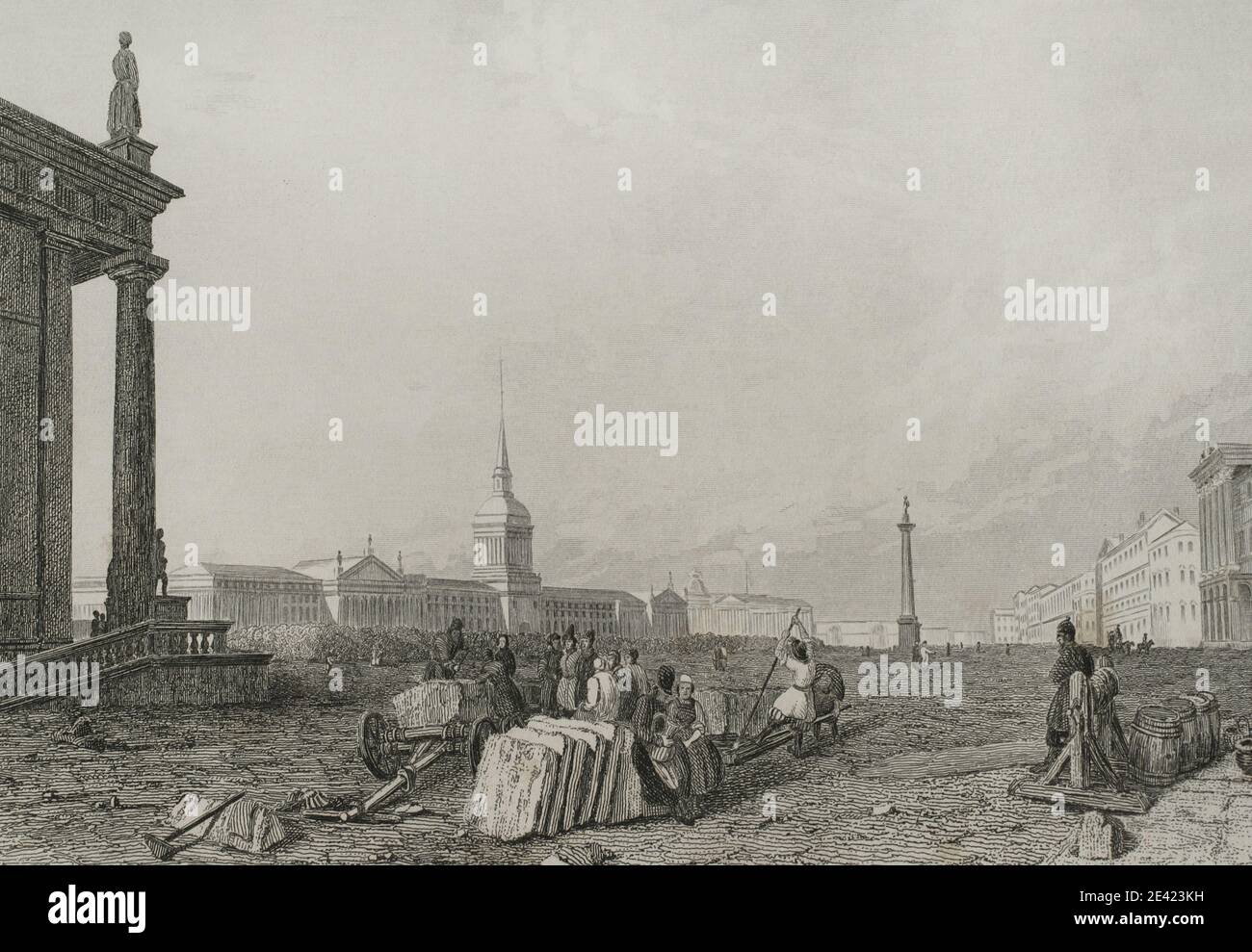 Russia, Saint Petersburg. The Admiralty building square. The Admiralty acquired its modern appearance after it was rebuilding between 1806 and 1823 by the architect Adrian Zakharov. The building housed the Russian Naval Headquarters until 1917. Engraving by Lemaitre. History of Russia by Jean Marie Chopin (1796-1870). Panorama Universal, Spanish edition, 1839. Stock Photohttps://www.alamy.com/image-license-details/?v=1https://www.alamy.com/russia-saint-petersburg-the-admiralty-building-square-the-admiralty-acquired-its-modern-appearance-after-it-was-rebuilding-between-1806-and-1823-by-the-architect-adrian-zakharov-the-building-housed-the-russian-naval-headquarters-until-1917-engraving-by-lemaitre-history-of-russia-by-jean-marie-chopin-1796-1870-panorama-universal-spanish-edition-1839-image398343893.html
Russia, Saint Petersburg. The Admiralty building square. The Admiralty acquired its modern appearance after it was rebuilding between 1806 and 1823 by the architect Adrian Zakharov. The building housed the Russian Naval Headquarters until 1917. Engraving by Lemaitre. History of Russia by Jean Marie Chopin (1796-1870). Panorama Universal, Spanish edition, 1839. Stock Photohttps://www.alamy.com/image-license-details/?v=1https://www.alamy.com/russia-saint-petersburg-the-admiralty-building-square-the-admiralty-acquired-its-modern-appearance-after-it-was-rebuilding-between-1806-and-1823-by-the-architect-adrian-zakharov-the-building-housed-the-russian-naval-headquarters-until-1917-engraving-by-lemaitre-history-of-russia-by-jean-marie-chopin-1796-1870-panorama-universal-spanish-edition-1839-image398343893.htmlRM2E423KH–Russia, Saint Petersburg. The Admiralty building square. The Admiralty acquired its modern appearance after it was rebuilding between 1806 and 1823 by the architect Adrian Zakharov. The building housed the Russian Naval Headquarters until 1917. Engraving by Lemaitre. History of Russia by Jean Marie Chopin (1796-1870). Panorama Universal, Spanish edition, 1839.
 Baptism of the Strela Royal Yacht of Russian Grand Duke Alexei Alexandrovich Romanov of Russia Lieutenant of the Russian Navy 1891 Stock Photohttps://www.alamy.com/image-license-details/?v=1https://www.alamy.com/baptism-of-the-strela-royal-yacht-of-russian-grand-duke-alexei-alexandrovich-image66725448.html
Baptism of the Strela Royal Yacht of Russian Grand Duke Alexei Alexandrovich Romanov of Russia Lieutenant of the Russian Navy 1891 Stock Photohttps://www.alamy.com/image-license-details/?v=1https://www.alamy.com/baptism-of-the-strela-royal-yacht-of-russian-grand-duke-alexei-alexandrovich-image66725448.htmlRMDTFGYM–Baptism of the Strela Royal Yacht of Russian Grand Duke Alexei Alexandrovich Romanov of Russia Lieutenant of the Russian Navy 1891
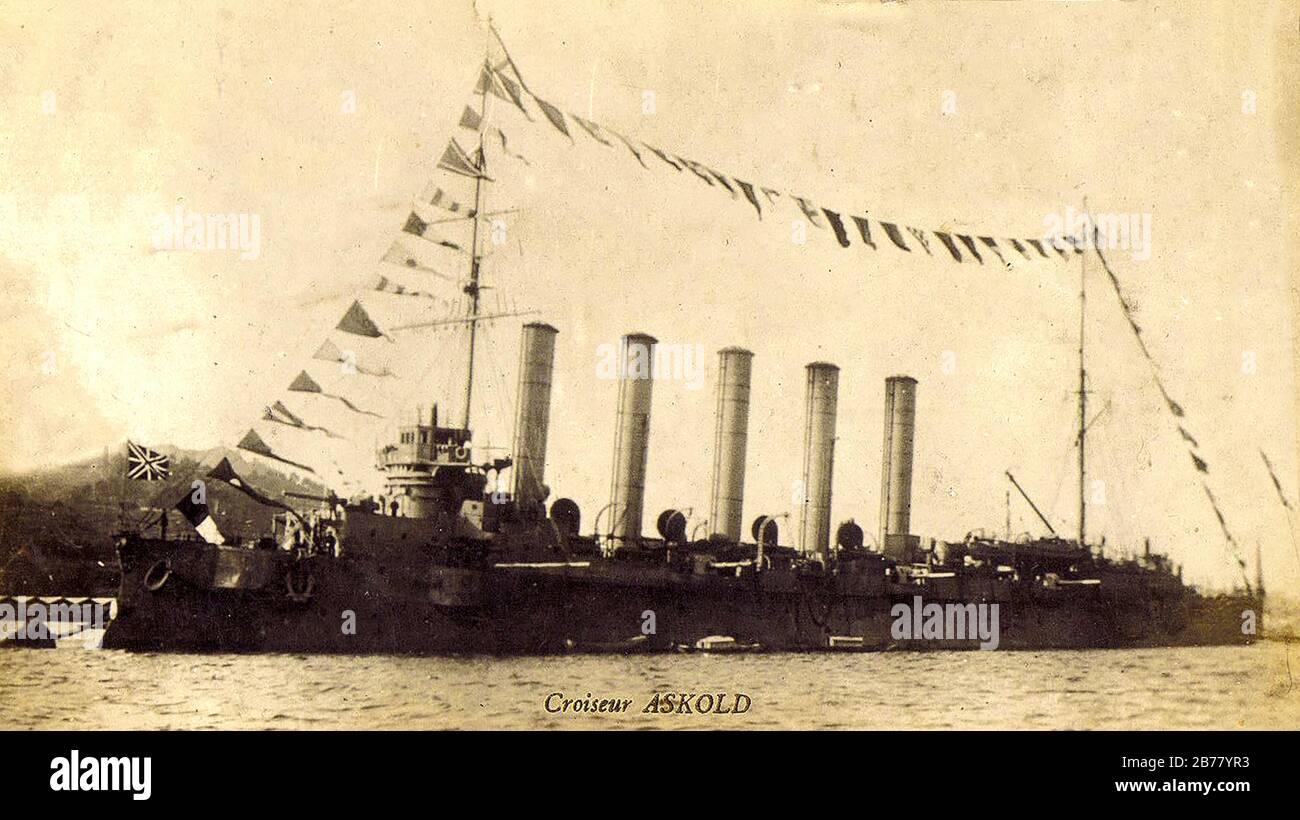 1922 . The former Askold ( Russian Аскольд ) a cruiser (Croiseur) of the Imperial Russian Navy. One of the few ships to have five funnels. It was named after Askold the legendary prince of Kiev Askold. In 1918, after the October Revolution , Great Britain seized the warship. It sailed in the Royal Navy under the name of HMS Glory IV. In 1921, the English authorities offered to return the ship to the Soviet Union who refused it, so it was dismantled in Hamburgin 1922. British sailors nicknamed it the packet of Woodbines , a reference to its 5 funnels and a popular brand of cigarettes. Stock Photohttps://www.alamy.com/image-license-details/?v=1https://www.alamy.com/1922-the-former-askold-russian-a-cruiser-croiseur-of-the-imperial-russian-navy-one-of-the-few-ships-to-have-five-funnels-it-was-named-after-askold-the-legendary-prince-of-kiev-askold-in-1918-after-the-october-revolution-great-britain-seized-the-warship-it-sailed-in-the-royal-navy-under-the-name-of-hms-glory-iv-in-1921-the-english-authorities-offered-to-return-the-ship-to-the-soviet-union-who-refused-it-so-it-was-dismantled-in-hamburgin-1922-british-sailors-nicknamed-it-the-packet-of-woodbines-a-reference-to-its-5-funnels-and-a-popular-brand-of-cigarettes-image348685431.html
1922 . The former Askold ( Russian Аскольд ) a cruiser (Croiseur) of the Imperial Russian Navy. One of the few ships to have five funnels. It was named after Askold the legendary prince of Kiev Askold. In 1918, after the October Revolution , Great Britain seized the warship. It sailed in the Royal Navy under the name of HMS Glory IV. In 1921, the English authorities offered to return the ship to the Soviet Union who refused it, so it was dismantled in Hamburgin 1922. British sailors nicknamed it the packet of Woodbines , a reference to its 5 funnels and a popular brand of cigarettes. Stock Photohttps://www.alamy.com/image-license-details/?v=1https://www.alamy.com/1922-the-former-askold-russian-a-cruiser-croiseur-of-the-imperial-russian-navy-one-of-the-few-ships-to-have-five-funnels-it-was-named-after-askold-the-legendary-prince-of-kiev-askold-in-1918-after-the-october-revolution-great-britain-seized-the-warship-it-sailed-in-the-royal-navy-under-the-name-of-hms-glory-iv-in-1921-the-english-authorities-offered-to-return-the-ship-to-the-soviet-union-who-refused-it-so-it-was-dismantled-in-hamburgin-1922-british-sailors-nicknamed-it-the-packet-of-woodbines-a-reference-to-its-5-funnels-and-a-popular-brand-of-cigarettes-image348685431.htmlRM2B77YR3–1922 . The former Askold ( Russian Аскольд ) a cruiser (Croiseur) of the Imperial Russian Navy. One of the few ships to have five funnels. It was named after Askold the legendary prince of Kiev Askold. In 1918, after the October Revolution , Great Britain seized the warship. It sailed in the Royal Navy under the name of HMS Glory IV. In 1921, the English authorities offered to return the ship to the Soviet Union who refused it, so it was dismantled in Hamburgin 1922. British sailors nicknamed it the packet of Woodbines , a reference to its 5 funnels and a popular brand of cigarettes.
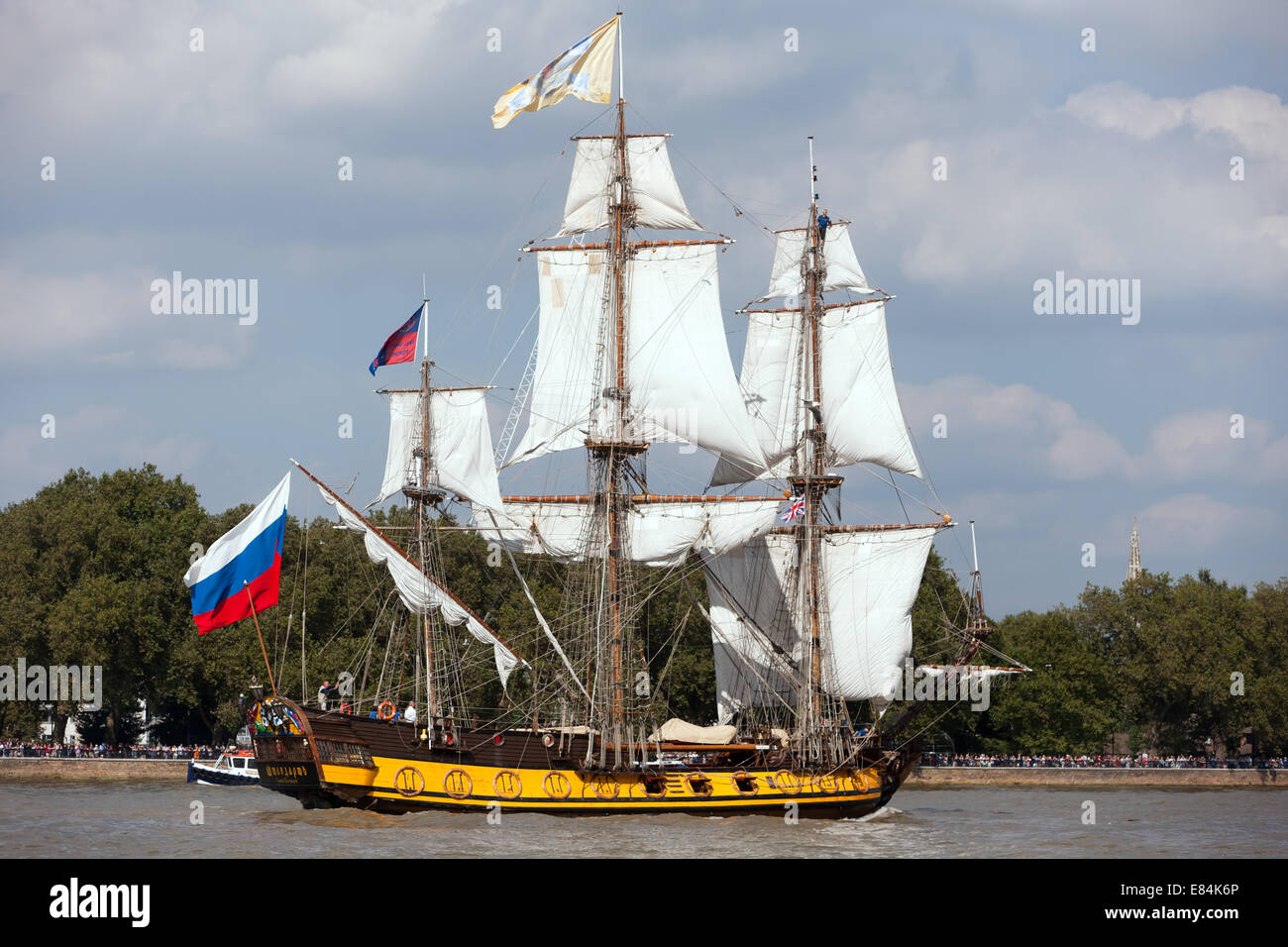 The Shtandart,a replica of a 1703 Russian navy flagship, taking part in the parade of Sale, during the Tall Ships Festival. Stock Photohttps://www.alamy.com/image-license-details/?v=1https://www.alamy.com/stock-photo-the-shtandarta-replica-of-a-1703-russian-navy-flagship-taking-part-73861614.html
The Shtandart,a replica of a 1703 Russian navy flagship, taking part in the parade of Sale, during the Tall Ships Festival. Stock Photohttps://www.alamy.com/image-license-details/?v=1https://www.alamy.com/stock-photo-the-shtandarta-replica-of-a-1703-russian-navy-flagship-taking-part-73861614.htmlRME84K6P–The Shtandart,a replica of a 1703 Russian navy flagship, taking part in the parade of Sale, during the Tall Ships Festival.
 Newly appointed Secretary of State for Defence, Dr John Reid (second from left) talks with Artic Convoy veterans following a Remembrance ceremony marking the 60th anniversary of Russian VE Day at the Soviet war memorial in the grounds of the Imperial War Museum. Merchant Navy veteran Charles Chater (hand on Dr Reid's arm) stowed away on a convoy which set out from Penarth, Wales aged 12 and later set up the Merchant Naval Veterans Association. Stock Photohttps://www.alamy.com/image-license-details/?v=1https://www.alamy.com/stock-photo-newly-appointed-secretary-of-state-for-defence-dr-john-reid-second-108376020.html
Newly appointed Secretary of State for Defence, Dr John Reid (second from left) talks with Artic Convoy veterans following a Remembrance ceremony marking the 60th anniversary of Russian VE Day at the Soviet war memorial in the grounds of the Imperial War Museum. Merchant Navy veteran Charles Chater (hand on Dr Reid's arm) stowed away on a convoy which set out from Penarth, Wales aged 12 and later set up the Merchant Naval Veterans Association. Stock Photohttps://www.alamy.com/image-license-details/?v=1https://www.alamy.com/stock-photo-newly-appointed-secretary-of-state-for-defence-dr-john-reid-second-108376020.htmlRMG88XM4–Newly appointed Secretary of State for Defence, Dr John Reid (second from left) talks with Artic Convoy veterans following a Remembrance ceremony marking the 60th anniversary of Russian VE Day at the Soviet war memorial in the grounds of the Imperial War Museum. Merchant Navy veteran Charles Chater (hand on Dr Reid's arm) stowed away on a convoy which set out from Penarth, Wales aged 12 and later set up the Merchant Naval Veterans Association.
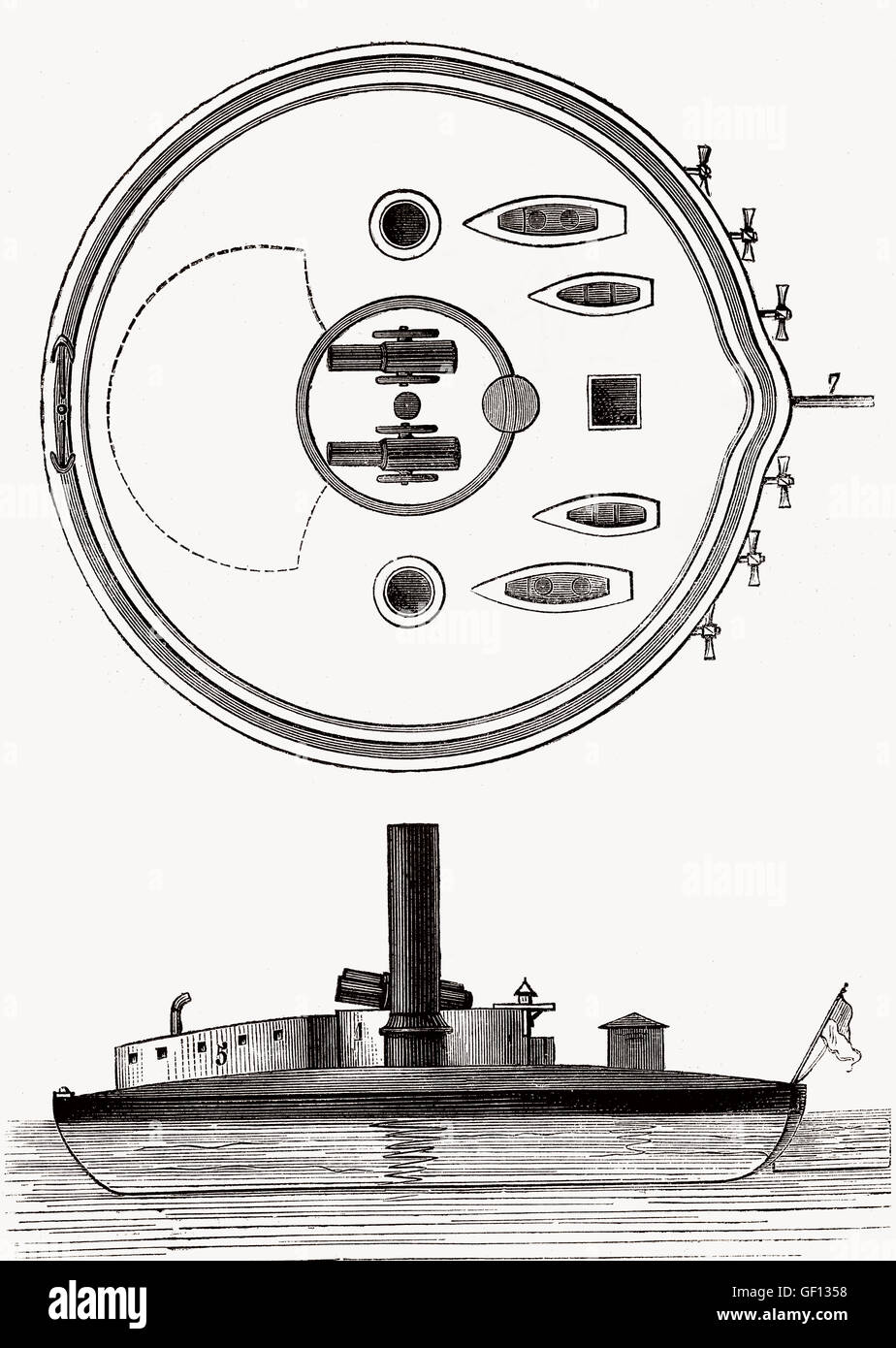 Vitse-admiral Popov, warship design by Andrei Alexandrovich Popov, 1821-1898, an officer of the Imperial Russian Navy and a nava Stock Photohttps://www.alamy.com/image-license-details/?v=1https://www.alamy.com/stock-photo-vitse-admiral-popov-warship-design-by-andrei-alexandrovich-popov-1821-112506500.html
Vitse-admiral Popov, warship design by Andrei Alexandrovich Popov, 1821-1898, an officer of the Imperial Russian Navy and a nava Stock Photohttps://www.alamy.com/image-license-details/?v=1https://www.alamy.com/stock-photo-vitse-admiral-popov-warship-design-by-andrei-alexandrovich-popov-1821-112506500.htmlRMGF1358–Vitse-admiral Popov, warship design by Andrei Alexandrovich Popov, 1821-1898, an officer of the Imperial Russian Navy and a nava
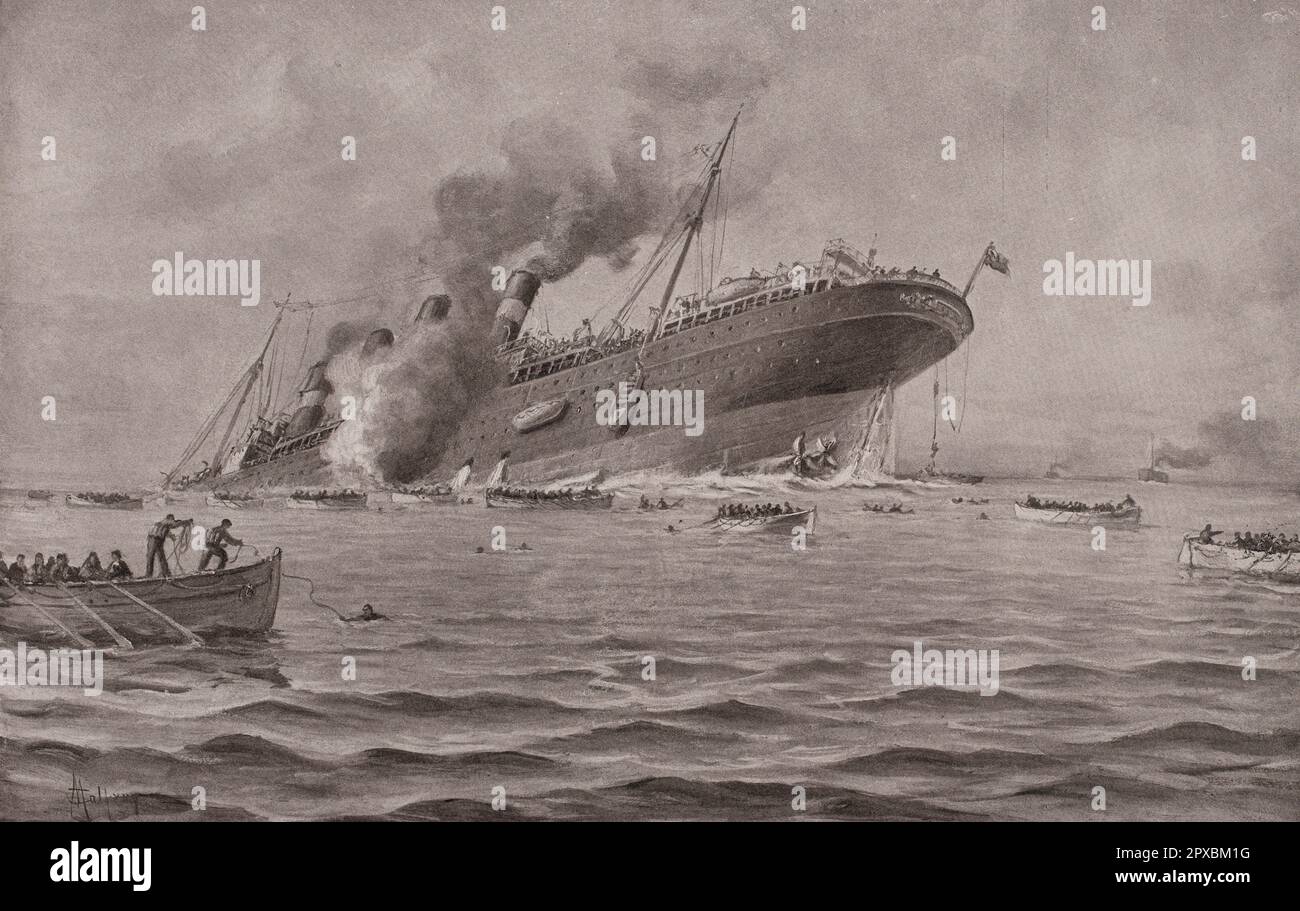 World War I. Torpedoing of the 'Lusitania'. The RMS Lusitania was a British-registered ocean liner that was torpedoed by an Imperial German Navy U-boat during the First World War on 7 May 1915, about 11 nautical miles (20 kilometres) off the Old Head of Kinsale, Ireland. 761 people survived out of the 1,266 passengers and 696 crew aboard, and 123 of the casualties were American citizens. Stock Photohttps://www.alamy.com/image-license-details/?v=1https://www.alamy.com/world-war-i-torpedoing-of-the-lusitania-the-rms-lusitania-was-a-british-registered-ocean-liner-that-was-torpedoed-by-an-imperial-german-navy-u-boat-during-the-first-world-war-on-7-may-1915-about-11-nautical-miles-20-kilometres-off-the-old-head-of-kinsale-ireland-761-people-survived-out-of-the-1266-passengers-and-696-crew-aboard-and-123-of-the-casualties-were-american-citizens-image549759660.html
World War I. Torpedoing of the 'Lusitania'. The RMS Lusitania was a British-registered ocean liner that was torpedoed by an Imperial German Navy U-boat during the First World War on 7 May 1915, about 11 nautical miles (20 kilometres) off the Old Head of Kinsale, Ireland. 761 people survived out of the 1,266 passengers and 696 crew aboard, and 123 of the casualties were American citizens. Stock Photohttps://www.alamy.com/image-license-details/?v=1https://www.alamy.com/world-war-i-torpedoing-of-the-lusitania-the-rms-lusitania-was-a-british-registered-ocean-liner-that-was-torpedoed-by-an-imperial-german-navy-u-boat-during-the-first-world-war-on-7-may-1915-about-11-nautical-miles-20-kilometres-off-the-old-head-of-kinsale-ireland-761-people-survived-out-of-the-1266-passengers-and-696-crew-aboard-and-123-of-the-casualties-were-american-citizens-image549759660.htmlRM2PXBM1G–World War I. Torpedoing of the 'Lusitania'. The RMS Lusitania was a British-registered ocean liner that was torpedoed by an Imperial German Navy U-boat during the First World War on 7 May 1915, about 11 nautical miles (20 kilometres) off the Old Head of Kinsale, Ireland. 761 people survived out of the 1,266 passengers and 696 crew aboard, and 123 of the casualties were American citizens.
![[ 1900s Japan - Russo-Japanese War ] — Illustration of the sinking of a Russian battleship (露艦沈没) during the Russo-Japanese War (1904-1905), 1904 (Meiji 37). From the series Russo-Japanese War Naval Battle Section 1 (日露戦争海戦之部第1輯, Nichiro Senso Kaisen no Bu Daiichi Soukan) published by the Thursday Meeting (木曜会) of the Japan Postcard Association (日本絵葉書会, Nihon Ehagaki Kai). 20th century vintage postcard. Stock Photo [ 1900s Japan - Russo-Japanese War ] — Illustration of the sinking of a Russian battleship (露艦沈没) during the Russo-Japanese War (1904-1905), 1904 (Meiji 37). From the series Russo-Japanese War Naval Battle Section 1 (日露戦争海戦之部第1輯, Nichiro Senso Kaisen no Bu Daiichi Soukan) published by the Thursday Meeting (木曜会) of the Japan Postcard Association (日本絵葉書会, Nihon Ehagaki Kai). 20th century vintage postcard. Stock Photo](https://c8.alamy.com/comp/2BN14PA/1900s-japan-russo-japanese-war-illustration-of-the-sinking-of-a-russian-battleship-during-the-russo-japanese-war-1904-1905-1904-meiji-37-from-the-series-russo-japanese-war-naval-battle-section-1-nichiro-senso-kaisen-no-bu-daiichi-soukan-published-by-the-thursday-meeting-of-the-japan-postcard-association-nihon-ehagaki-kai-20th-century-vintage-postcard-2BN14PA.jpg) [ 1900s Japan - Russo-Japanese War ] — Illustration of the sinking of a Russian battleship (露艦沈没) during the Russo-Japanese War (1904-1905), 1904 (Meiji 37). From the series Russo-Japanese War Naval Battle Section 1 (日露戦争海戦之部第1輯, Nichiro Senso Kaisen no Bu Daiichi Soukan) published by the Thursday Meeting (木曜会) of the Japan Postcard Association (日本絵葉書会, Nihon Ehagaki Kai). 20th century vintage postcard. Stock Photohttps://www.alamy.com/image-license-details/?v=1https://www.alamy.com/1900s-japan-russo-japanese-war-illustration-of-the-sinking-of-a-russian-battleship-during-the-russo-japanese-war-1904-1905-1904-meiji-37-from-the-series-russo-japanese-war-naval-battle-section-1-nichiro-senso-kaisen-no-bu-daiichi-soukan-published-by-the-thursday-meeting-of-the-japan-postcard-association-nihon-ehagaki-kai-20th-century-vintage-postcard-image357140850.html
[ 1900s Japan - Russo-Japanese War ] — Illustration of the sinking of a Russian battleship (露艦沈没) during the Russo-Japanese War (1904-1905), 1904 (Meiji 37). From the series Russo-Japanese War Naval Battle Section 1 (日露戦争海戦之部第1輯, Nichiro Senso Kaisen no Bu Daiichi Soukan) published by the Thursday Meeting (木曜会) of the Japan Postcard Association (日本絵葉書会, Nihon Ehagaki Kai). 20th century vintage postcard. Stock Photohttps://www.alamy.com/image-license-details/?v=1https://www.alamy.com/1900s-japan-russo-japanese-war-illustration-of-the-sinking-of-a-russian-battleship-during-the-russo-japanese-war-1904-1905-1904-meiji-37-from-the-series-russo-japanese-war-naval-battle-section-1-nichiro-senso-kaisen-no-bu-daiichi-soukan-published-by-the-thursday-meeting-of-the-japan-postcard-association-nihon-ehagaki-kai-20th-century-vintage-postcard-image357140850.htmlRM2BN14PA–[ 1900s Japan - Russo-Japanese War ] — Illustration of the sinking of a Russian battleship (露艦沈没) during the Russo-Japanese War (1904-1905), 1904 (Meiji 37). From the series Russo-Japanese War Naval Battle Section 1 (日露戦争海戦之部第1輯, Nichiro Senso Kaisen no Bu Daiichi Soukan) published by the Thursday Meeting (木曜会) of the Japan Postcard Association (日本絵葉書会, Nihon Ehagaki Kai). 20th century vintage postcard.
 Alexander Kolchak (1874 - 7 February 1920) Imperial Russian admiral, military leader and polar explorer who served in the Imperial Russian Navy and fought in the Russo-Japanese War of 1904-1905 and the First World War. During the Russian Civil War of 1917-1922 he established an anti-communist government in Siberia -- later the Provisional All-Russian Government -- and became recognised as the 'Supreme Leader and Commander-in-Chief of All Russian Land and Sea Forces' by the other leaders of the White movement from 1918 to 1920. His government was based in Omsk, in southwestern Siberia Stock Photohttps://www.alamy.com/image-license-details/?v=1https://www.alamy.com/alexander-kolchak-1874-7-february-1920-imperial-russian-admiral-military-leader-and-polar-explorer-who-served-in-the-imperial-russian-navy-and-fought-in-the-russo-japanese-war-of-1904-1905-and-the-first-world-war-during-the-russian-civil-war-of-1917-1922-he-established-an-anti-communist-government-in-siberia-later-the-provisional-all-russian-government-and-became-recognised-as-the-supreme-leader-and-commander-in-chief-of-all-russian-land-and-sea-forces-by-the-other-leaders-of-the-white-movement-from-1918-to-1920-his-government-was-based-in-omsk-in-southwestern-siberia-image482121411.html
Alexander Kolchak (1874 - 7 February 1920) Imperial Russian admiral, military leader and polar explorer who served in the Imperial Russian Navy and fought in the Russo-Japanese War of 1904-1905 and the First World War. During the Russian Civil War of 1917-1922 he established an anti-communist government in Siberia -- later the Provisional All-Russian Government -- and became recognised as the 'Supreme Leader and Commander-in-Chief of All Russian Land and Sea Forces' by the other leaders of the White movement from 1918 to 1920. His government was based in Omsk, in southwestern Siberia Stock Photohttps://www.alamy.com/image-license-details/?v=1https://www.alamy.com/alexander-kolchak-1874-7-february-1920-imperial-russian-admiral-military-leader-and-polar-explorer-who-served-in-the-imperial-russian-navy-and-fought-in-the-russo-japanese-war-of-1904-1905-and-the-first-world-war-during-the-russian-civil-war-of-1917-1922-he-established-an-anti-communist-government-in-siberia-later-the-provisional-all-russian-government-and-became-recognised-as-the-supreme-leader-and-commander-in-chief-of-all-russian-land-and-sea-forces-by-the-other-leaders-of-the-white-movement-from-1918-to-1920-his-government-was-based-in-omsk-in-southwestern-siberia-image482121411.htmlRM2K0AENR–Alexander Kolchak (1874 - 7 February 1920) Imperial Russian admiral, military leader and polar explorer who served in the Imperial Russian Navy and fought in the Russo-Japanese War of 1904-1905 and the First World War. During the Russian Civil War of 1917-1922 he established an anti-communist government in Siberia -- later the Provisional All-Russian Government -- and became recognised as the 'Supreme Leader and Commander-in-Chief of All Russian Land and Sea Forces' by the other leaders of the White movement from 1918 to 1920. His government was based in Omsk, in southwestern Siberia
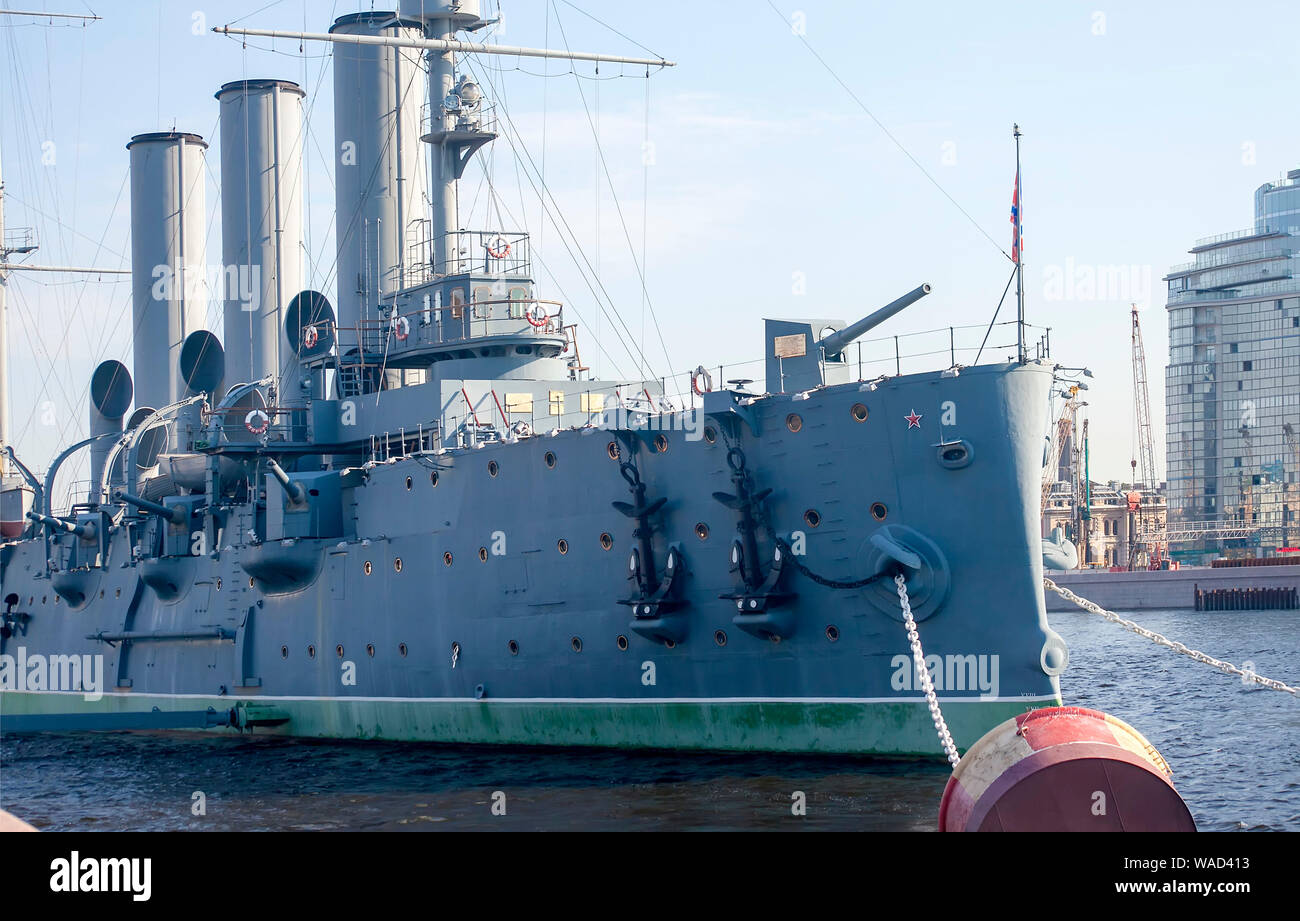 Russian Battleship Aurora, St. Petersburg, Russia. Stock Photohttps://www.alamy.com/image-license-details/?v=1https://www.alamy.com/russian-battleship-aurora-st-petersburg-russia-image264590623.html
Russian Battleship Aurora, St. Petersburg, Russia. Stock Photohttps://www.alamy.com/image-license-details/?v=1https://www.alamy.com/russian-battleship-aurora-st-petersburg-russia-image264590623.htmlRMWAD413–Russian Battleship Aurora, St. Petersburg, Russia.
 No. 9 of the series 'Nordic theater of war': sea meeting of the Imperial Russian with the Royal Swedish fleet in the Baltic Sea on 17. July 1788, Johann Caspar Weinrauch (1765-1846), engraver, 1788, paper, colored, copperplate engraving, height 19, 5 cm, width 24, 7 cm, plate size 16, 1×17, 5 cm, war and warfare, fine arts, military, battle, fighting in general, battle (+ naval forces), navy, sailing ship, sailing boat, ships (general), The Vienna Collection Stock Photohttps://www.alamy.com/image-license-details/?v=1https://www.alamy.com/no-9-of-the-series-nordic-theater-of-war-sea-meeting-of-the-imperial-russian-with-the-royal-swedish-fleet-in-the-baltic-sea-on-17-july-1788-johann-caspar-weinrauch-1765-1846-engraver-1788-paper-colored-copperplate-engraving-height-19-5-cm-width-24-7-cm-plate-size-16-117-5-cm-war-and-warfare-fine-arts-military-battle-fighting-in-general-battle-naval-forces-navy-sailing-ship-sailing-boat-ships-general-the-vienna-collection-image573448681.html
No. 9 of the series 'Nordic theater of war': sea meeting of the Imperial Russian with the Royal Swedish fleet in the Baltic Sea on 17. July 1788, Johann Caspar Weinrauch (1765-1846), engraver, 1788, paper, colored, copperplate engraving, height 19, 5 cm, width 24, 7 cm, plate size 16, 1×17, 5 cm, war and warfare, fine arts, military, battle, fighting in general, battle (+ naval forces), navy, sailing ship, sailing boat, ships (general), The Vienna Collection Stock Photohttps://www.alamy.com/image-license-details/?v=1https://www.alamy.com/no-9-of-the-series-nordic-theater-of-war-sea-meeting-of-the-imperial-russian-with-the-royal-swedish-fleet-in-the-baltic-sea-on-17-july-1788-johann-caspar-weinrauch-1765-1846-engraver-1788-paper-colored-copperplate-engraving-height-19-5-cm-width-24-7-cm-plate-size-16-117-5-cm-war-and-warfare-fine-arts-military-battle-fighting-in-general-battle-naval-forces-navy-sailing-ship-sailing-boat-ships-general-the-vienna-collection-image573448681.htmlRM2T8XRJ1–No. 9 of the series 'Nordic theater of war': sea meeting of the Imperial Russian with the Royal Swedish fleet in the Baltic Sea on 17. July 1788, Johann Caspar Weinrauch (1765-1846), engraver, 1788, paper, colored, copperplate engraving, height 19, 5 cm, width 24, 7 cm, plate size 16, 1×17, 5 cm, war and warfare, fine arts, military, battle, fighting in general, battle (+ naval forces), navy, sailing ship, sailing boat, ships (general), The Vienna Collection
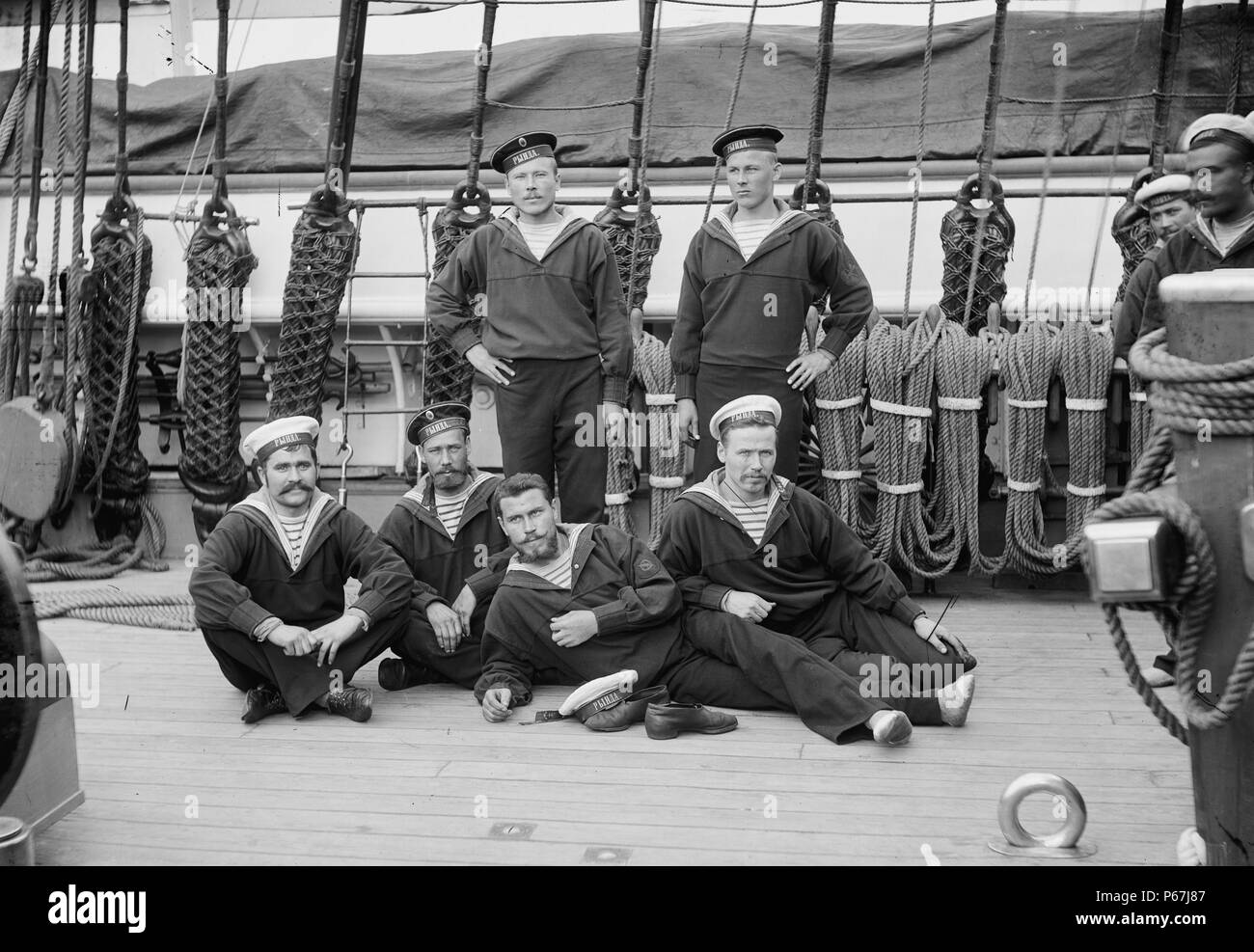 sailors on the Russian cruiser Rynda; during the Columbian Naval Review; 1893 Stock Photohttps://www.alamy.com/image-license-details/?v=1https://www.alamy.com/sailors-on-the-russian-cruiser-rynda-during-the-columbian-naval-review-1893-image210380359.html
sailors on the Russian cruiser Rynda; during the Columbian Naval Review; 1893 Stock Photohttps://www.alamy.com/image-license-details/?v=1https://www.alamy.com/sailors-on-the-russian-cruiser-rynda-during-the-columbian-naval-review-1893-image210380359.htmlRMP67J87–sailors on the Russian cruiser Rynda; during the Columbian Naval Review; 1893
 1915 The Sphere Russian army retreat in Poland Stock Photohttps://www.alamy.com/image-license-details/?v=1https://www.alamy.com/stock-photo-1915-the-sphere-russian-army-retreat-in-poland-87346915.html
1915 The Sphere Russian army retreat in Poland Stock Photohttps://www.alamy.com/image-license-details/?v=1https://www.alamy.com/stock-photo-1915-the-sphere-russian-army-retreat-in-poland-87346915.htmlRMF22YTK–1915 The Sphere Russian army retreat in Poland
 Imperial Russian Navy - HIMS Peresviet, a Peresviet-class battleship. Stock Photohttps://www.alamy.com/image-license-details/?v=1https://www.alamy.com/imperial-russian-navy-hims-peresviet-a-peresviet-class-battleship-image560843463.html
Imperial Russian Navy - HIMS Peresviet, a Peresviet-class battleship. Stock Photohttps://www.alamy.com/image-license-details/?v=1https://www.alamy.com/imperial-russian-navy-hims-peresviet-a-peresviet-class-battleship-image560843463.htmlRM2RGCHFK–Imperial Russian Navy - HIMS Peresviet, a Peresviet-class battleship.
 FABIUS GOTTLIEB BELLINGSHAUSEN of the Imperial Russian Navy was the second circumnavigator of the Antarctic Stock Photohttps://www.alamy.com/image-license-details/?v=1https://www.alamy.com/stock-photo-fabius-gottlieb-bellingshausen-of-the-imperial-russian-navy-was-the-22901201.html
FABIUS GOTTLIEB BELLINGSHAUSEN of the Imperial Russian Navy was the second circumnavigator of the Antarctic Stock Photohttps://www.alamy.com/image-license-details/?v=1https://www.alamy.com/stock-photo-fabius-gottlieb-bellingshausen-of-the-imperial-russian-navy-was-the-22901201.htmlRMB976M1–FABIUS GOTTLIEB BELLINGSHAUSEN of the Imperial Russian Navy was the second circumnavigator of the Antarctic
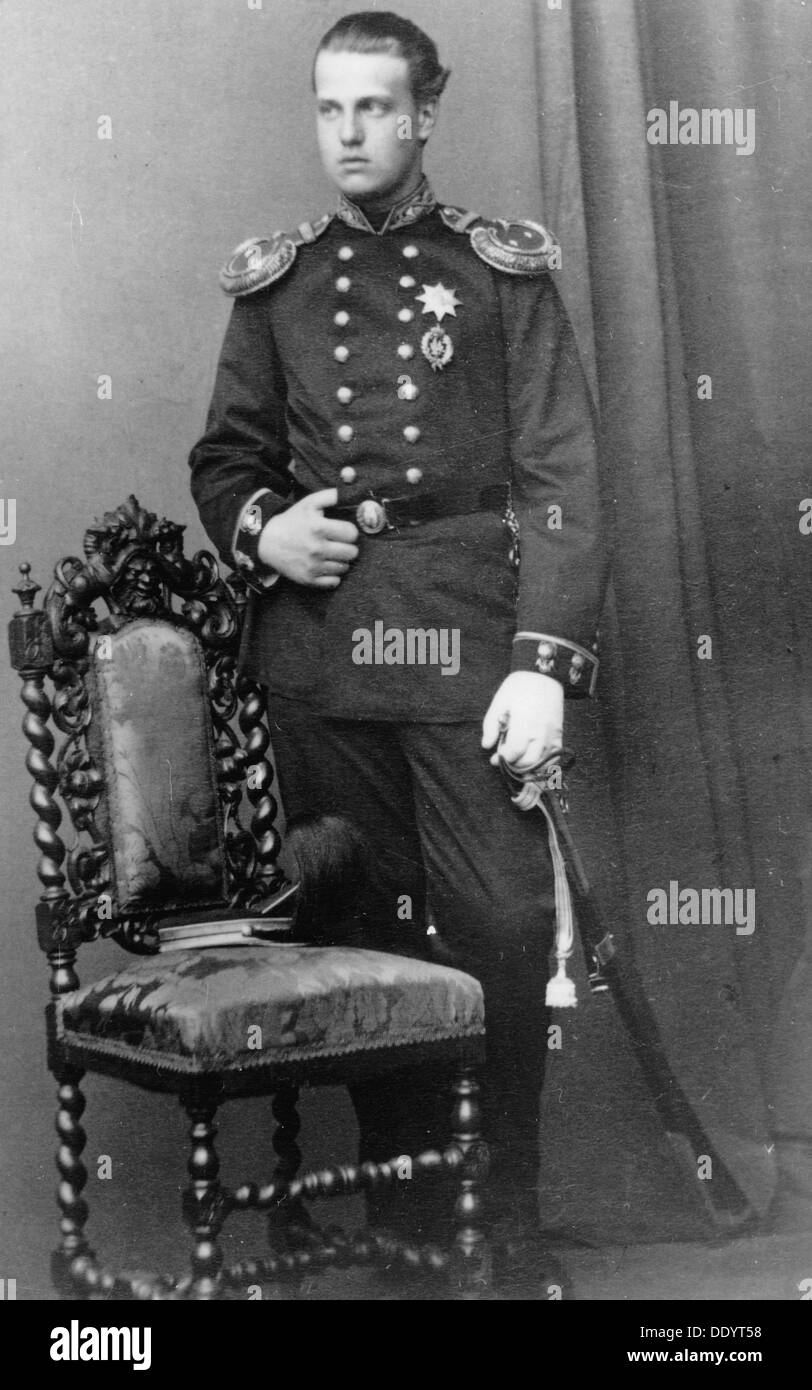 Grand Duke Alexei Alexandrovich of Russia, c1865-c1870(?). Artist: Andrei Deniere Stock Photohttps://www.alamy.com/image-license-details/?v=1https://www.alamy.com/grand-duke-alexei-alexandrovich-of-russia-c1865-c1870-artist-andrei-image60233300.html
Grand Duke Alexei Alexandrovich of Russia, c1865-c1870(?). Artist: Andrei Deniere Stock Photohttps://www.alamy.com/image-license-details/?v=1https://www.alamy.com/grand-duke-alexei-alexandrovich-of-russia-c1865-c1870-artist-andrei-image60233300.htmlRMDDYT58–Grand Duke Alexei Alexandrovich of Russia, c1865-c1870(?). Artist: Andrei Deniere
 Peter The Great Statue on the Moskva River, Moscow, Russia 2016. Peter the Great was the founder of the Russian Navy. This is a controversial statue Stock Photohttps://www.alamy.com/image-license-details/?v=1https://www.alamy.com/stock-photo-peter-the-great-statue-on-the-moskva-river-moscow-russia-2016-peter-130213540.html
Peter The Great Statue on the Moskva River, Moscow, Russia 2016. Peter the Great was the founder of the Russian Navy. This is a controversial statue Stock Photohttps://www.alamy.com/image-license-details/?v=1https://www.alamy.com/stock-photo-peter-the-great-statue-on-the-moskva-river-moscow-russia-2016-peter-130213540.htmlRFHFRMKG–Peter The Great Statue on the Moskva River, Moscow, Russia 2016. Peter the Great was the founder of the Russian Navy. This is a controversial statue
 Russian navy attack submarine RFS Dmitrov (B-806) expelling water near the icebreaker Krassin (Красин) & soviet submarine S-189, St Petersburg, Russia Stock Photohttps://www.alamy.com/image-license-details/?v=1https://www.alamy.com/russian-navy-attack-submarine-rfs-dmitrov-b-806-expelling-water-near-the-icebreaker-krassin-soviet-submarine-s-189-st-petersburg-russia-image556244276.html
Russian navy attack submarine RFS Dmitrov (B-806) expelling water near the icebreaker Krassin (Красин) & soviet submarine S-189, St Petersburg, Russia Stock Photohttps://www.alamy.com/image-license-details/?v=1https://www.alamy.com/russian-navy-attack-submarine-rfs-dmitrov-b-806-expelling-water-near-the-icebreaker-krassin-soviet-submarine-s-189-st-petersburg-russia-image556244276.htmlRF2R8Y370–Russian navy attack submarine RFS Dmitrov (B-806) expelling water near the icebreaker Krassin (Красин) & soviet submarine S-189, St Petersburg, Russia
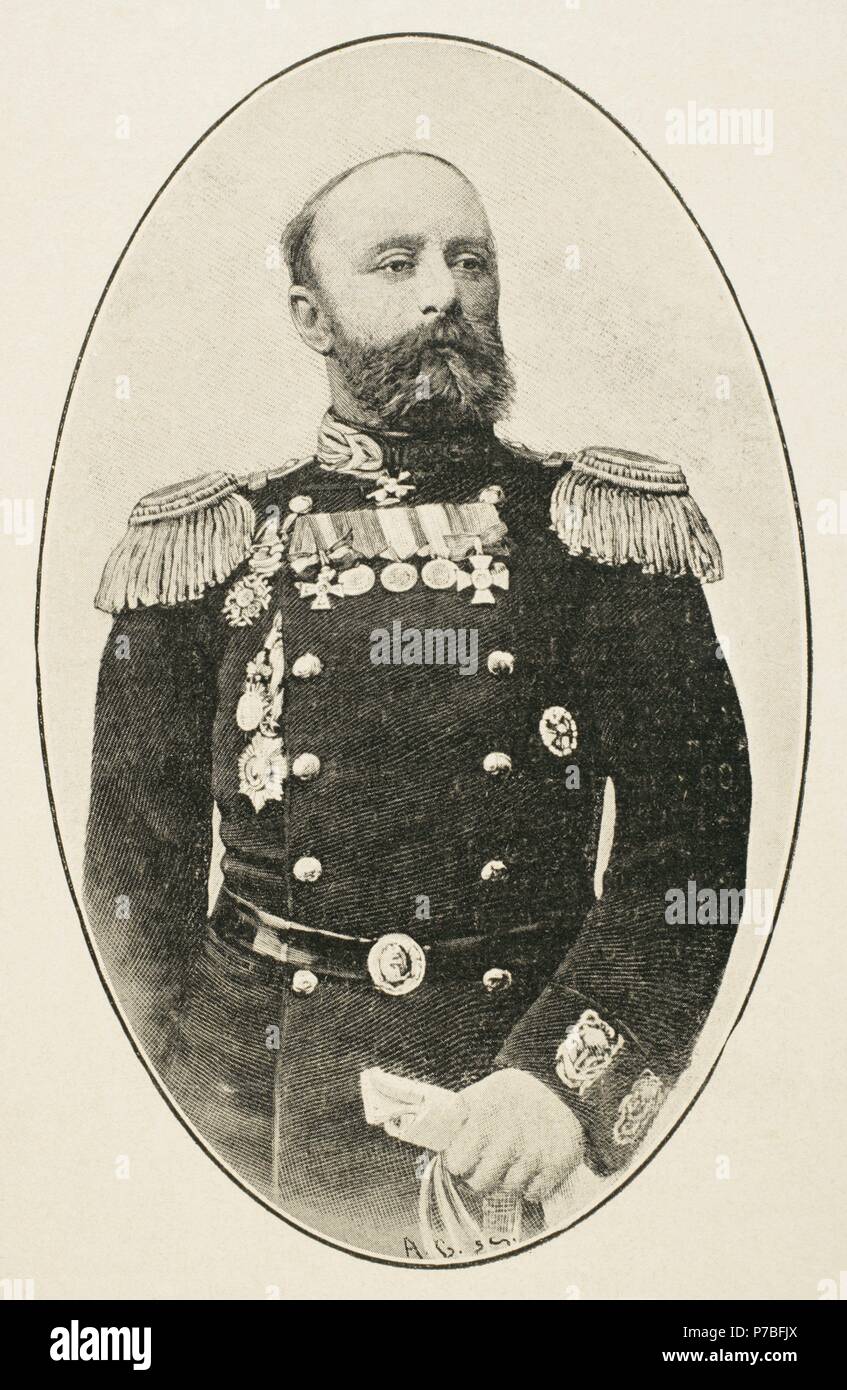 Vsevolod Fyodorovich Rudnev (1855-1913). Naval officer in the Imperial Russian Navy. Portrait. Engraving in 'La Ilustracion Espan ola y Americana', 1904. Stock Photohttps://www.alamy.com/image-license-details/?v=1https://www.alamy.com/vsevolod-fyodorovich-rudnev-1855-1913-naval-officer-in-the-imperial-russian-navy-portrait-engraving-in-la-ilustracion-espan-ola-y-americana-1904-image211080770.html
Vsevolod Fyodorovich Rudnev (1855-1913). Naval officer in the Imperial Russian Navy. Portrait. Engraving in 'La Ilustracion Espan ola y Americana', 1904. Stock Photohttps://www.alamy.com/image-license-details/?v=1https://www.alamy.com/vsevolod-fyodorovich-rudnev-1855-1913-naval-officer-in-the-imperial-russian-navy-portrait-engraving-in-la-ilustracion-espan-ola-y-americana-1904-image211080770.htmlRMP7BFJX–Vsevolod Fyodorovich Rudnev (1855-1913). Naval officer in the Imperial Russian Navy. Portrait. Engraving in 'La Ilustracion Espan ola y Americana', 1904.
 General Alexei Nikolayevich Kuropatkin (1848-1925), Russian Imperial Minister of War and commander-in-Chief of the Russian armies in Manchuria next to Stepan Osipovich Makarov (1849-1904), Russian vice-admiral. Portrait. Engraving in 'La Ilustracion Espanola y Americana', 1904 Stock Photohttps://www.alamy.com/image-license-details/?v=1https://www.alamy.com/stock-photo-general-alexei-nikolayevich-kuropatkin-1848-1925-russian-imperial-129423560.html
General Alexei Nikolayevich Kuropatkin (1848-1925), Russian Imperial Minister of War and commander-in-Chief of the Russian armies in Manchuria next to Stepan Osipovich Makarov (1849-1904), Russian vice-admiral. Portrait. Engraving in 'La Ilustracion Espanola y Americana', 1904 Stock Photohttps://www.alamy.com/image-license-details/?v=1https://www.alamy.com/stock-photo-general-alexei-nikolayevich-kuropatkin-1848-1925-russian-imperial-129423560.htmlRMHEFN20–General Alexei Nikolayevich Kuropatkin (1848-1925), Russian Imperial Minister of War and commander-in-Chief of the Russian armies in Manchuria next to Stepan Osipovich Makarov (1849-1904), Russian vice-admiral. Portrait. Engraving in 'La Ilustracion Espanola y Americana', 1904
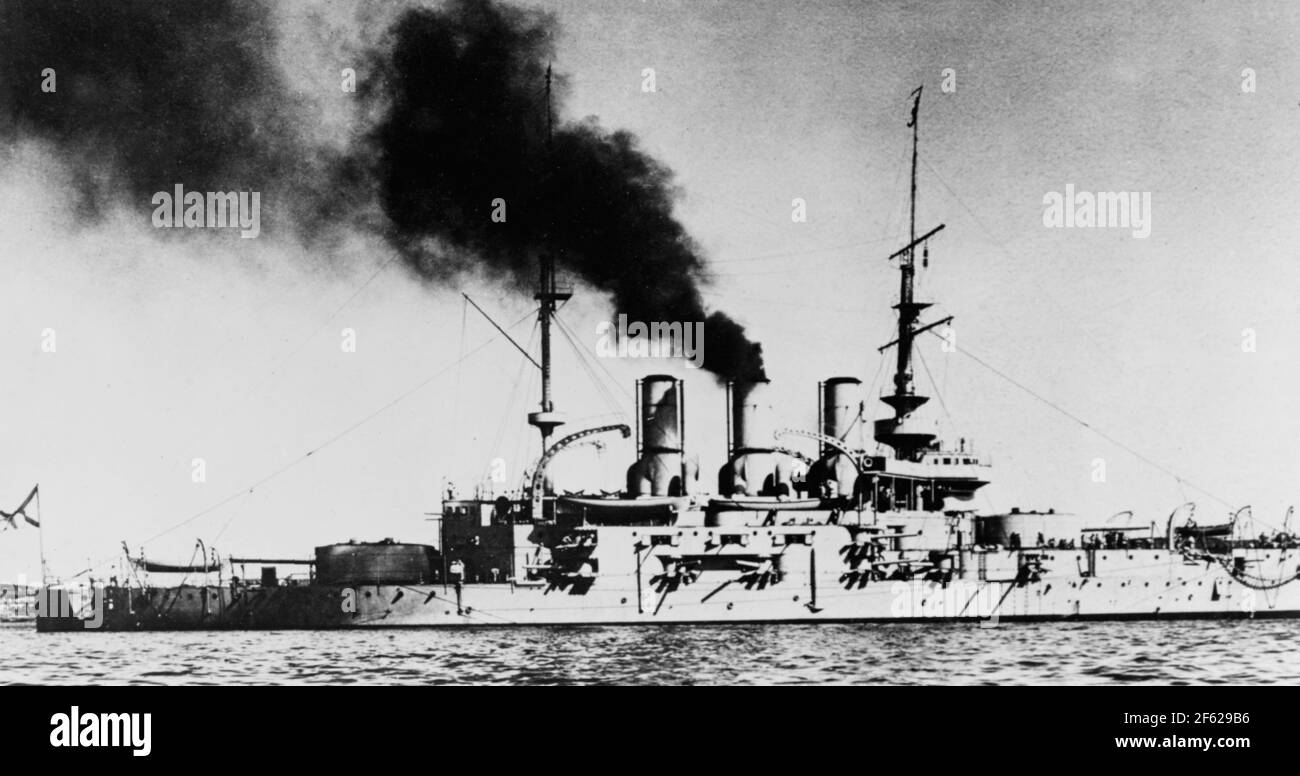 Russian Battleship Potemkin Stock Photohttps://www.alamy.com/image-license-details/?v=1https://www.alamy.com/russian-battleship-potemkin-image416788042.html
Russian Battleship Potemkin Stock Photohttps://www.alamy.com/image-license-details/?v=1https://www.alamy.com/russian-battleship-potemkin-image416788042.htmlRM2F629B6–Russian Battleship Potemkin
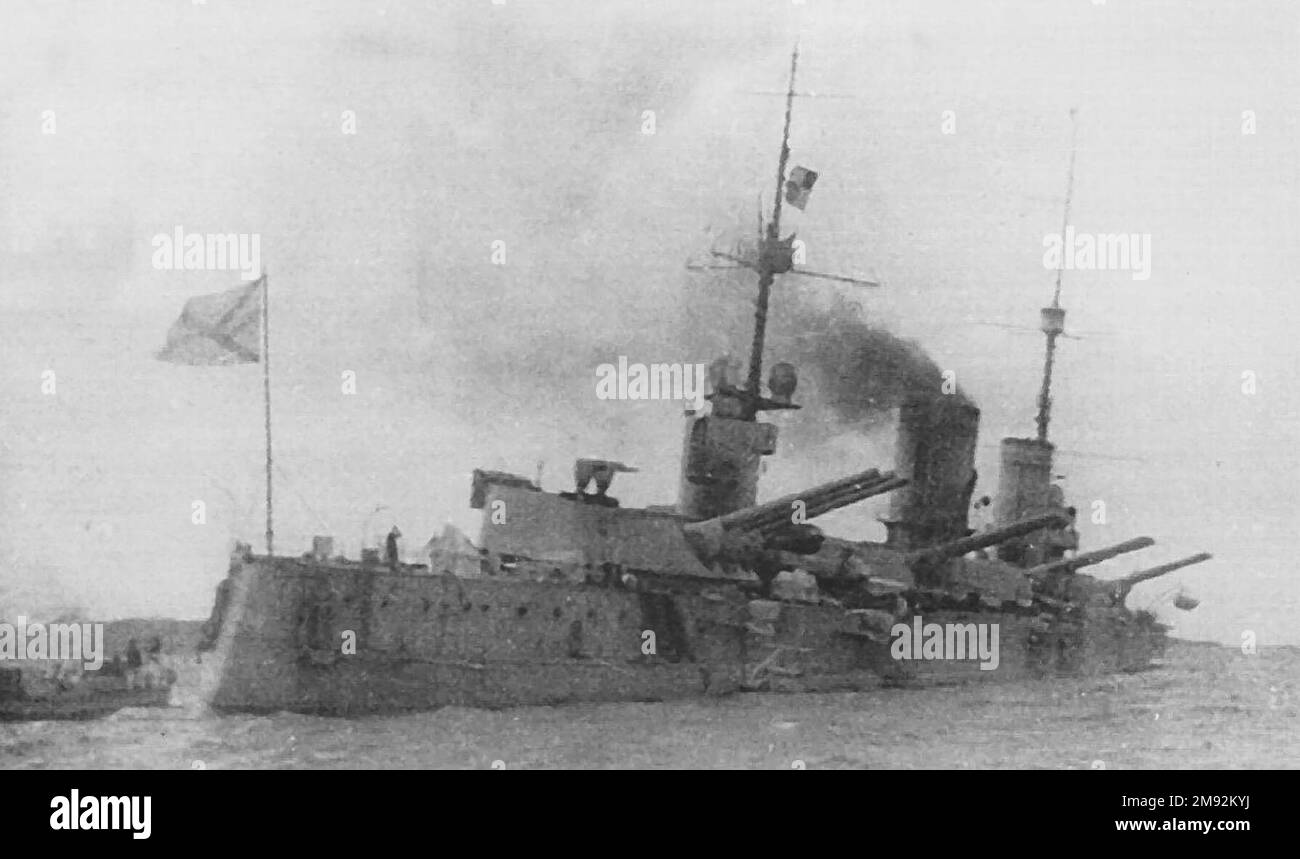 Imperial Russian Navy battleship Petropavlovsk ca. 1916 Stock Photohttps://www.alamy.com/image-license-details/?v=1https://www.alamy.com/imperial-russian-navy-battleship-petropavlovsk-ca-1916-image504692150.html
Imperial Russian Navy battleship Petropavlovsk ca. 1916 Stock Photohttps://www.alamy.com/image-license-details/?v=1https://www.alamy.com/imperial-russian-navy-battleship-petropavlovsk-ca-1916-image504692150.htmlRM2M92KYJ–Imperial Russian Navy battleship Petropavlovsk ca. 1916
 Grave of Nadezhda Reimanova, nee Wiren, a daughter of Russian admiral Robert Wiren, in the underground crypt of the Dormition Church at the Olsany Cemetery in Prague, Czech Republic. Nadezda Robertovna Reimanova (1885 - 1971) was a daughter of Admiral Robert Wiren was a naval officer in the Imperial Russian Navy during the Russo-Japanese War and World War I. He was bayoneted in March 1917 by pro-Bolshevik sailors in Kronstadt shortly after the February Revolution. His daughter lived in exile in Czechoslovakia afterward and died at age 86 on April 6, 1971, and was buried next to her mother. The Stock Photohttps://www.alamy.com/image-license-details/?v=1https://www.alamy.com/stock-photo-grave-of-nadezhda-reimanova-nee-wiren-a-daughter-of-russian-admiral-98989489.html
Grave of Nadezhda Reimanova, nee Wiren, a daughter of Russian admiral Robert Wiren, in the underground crypt of the Dormition Church at the Olsany Cemetery in Prague, Czech Republic. Nadezda Robertovna Reimanova (1885 - 1971) was a daughter of Admiral Robert Wiren was a naval officer in the Imperial Russian Navy during the Russo-Japanese War and World War I. He was bayoneted in March 1917 by pro-Bolshevik sailors in Kronstadt shortly after the February Revolution. His daughter lived in exile in Czechoslovakia afterward and died at age 86 on April 6, 1971, and was buried next to her mother. The Stock Photohttps://www.alamy.com/image-license-details/?v=1https://www.alamy.com/stock-photo-grave-of-nadezhda-reimanova-nee-wiren-a-daughter-of-russian-admiral-98989489.htmlRMFN1A2W–Grave of Nadezhda Reimanova, nee Wiren, a daughter of Russian admiral Robert Wiren, in the underground crypt of the Dormition Church at the Olsany Cemetery in Prague, Czech Republic. Nadezda Robertovna Reimanova (1885 - 1971) was a daughter of Admiral Robert Wiren was a naval officer in the Imperial Russian Navy during the Russo-Japanese War and World War I. He was bayoneted in March 1917 by pro-Bolshevik sailors in Kronstadt shortly after the February Revolution. His daughter lived in exile in Czechoslovakia afterward and died at age 86 on April 6, 1971, and was buried next to her mother. The
 Russian infantry on the march to Beijing during the Boxer Rebellion, August 1900. 3,000 Russian soldiers fought with the Allied relief expedition, while another 100,000 were fighting to expel Chinese forces from Manchuria (BSLOC 2017 20 27) Stock Photohttps://www.alamy.com/image-license-details/?v=1https://www.alamy.com/stock-photo-russian-infantry-on-the-march-to-beijing-during-the-boxer-rebellion-170546870.html
Russian infantry on the march to Beijing during the Boxer Rebellion, August 1900. 3,000 Russian soldiers fought with the Allied relief expedition, while another 100,000 were fighting to expel Chinese forces from Manchuria (BSLOC 2017 20 27) Stock Photohttps://www.alamy.com/image-license-details/?v=1https://www.alamy.com/stock-photo-russian-infantry-on-the-march-to-beijing-during-the-boxer-rebellion-170546870.htmlRMKWD27J–Russian infantry on the march to Beijing during the Boxer Rebellion, August 1900. 3,000 Russian soldiers fought with the Allied relief expedition, while another 100,000 were fighting to expel Chinese forces from Manchuria (BSLOC 2017 20 27)
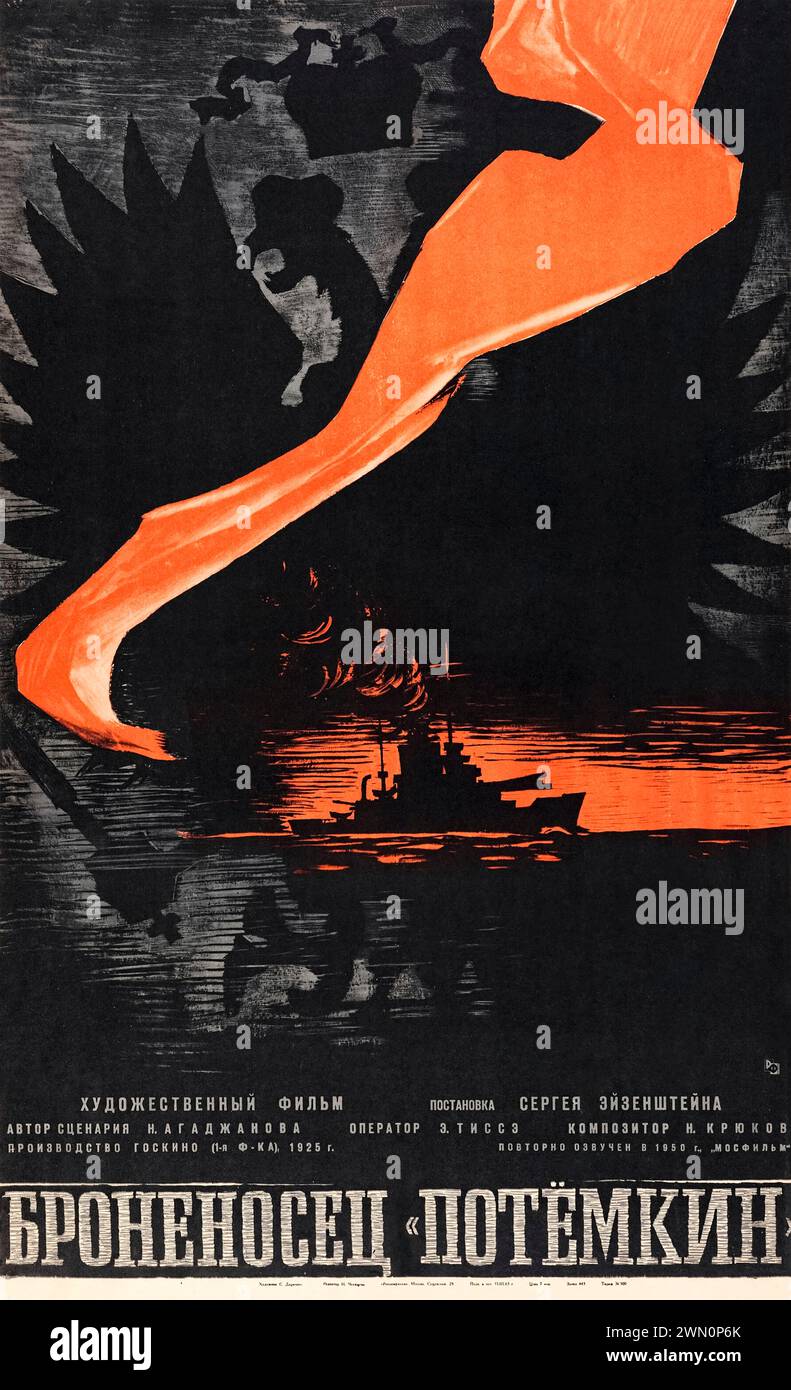 Battleship Potemkin (1925) directed by Sergei Eisenstein and starring Aleksandr Antonov, Vladimir Barskiy and Grigoriy Aleksandrov. Critically acclaimed epic Soviet era silent film about the mutiny that occurred in 1905 when the crew of the Russian battleship Potemkin rebelled against its officers. Photograph of a linen backed fully restored original Russian poster featuring artwork by Sergey Datskevich (1919-1977) created for the films 1963 re-release ***EDITORIAL USE ONLY*** Credit: BFA / Orion Pictures Stock Photohttps://www.alamy.com/image-license-details/?v=1https://www.alamy.com/battleship-potemkin-1925-directed-by-sergei-eisenstein-and-starring-aleksandr-antonov-vladimir-barskiy-and-grigoriy-aleksandrov-critically-acclaimed-epic-soviet-era-silent-film-about-the-mutiny-that-occurred-in-1905-when-the-crew-of-the-russian-battleship-potemkin-rebelled-against-its-officers-photograph-of-a-linen-backed-fully-restored-original-russian-poster-featuring-artwork-by-sergey-datskevich-1919-1977-created-for-the-films-1963-re-release-editorial-use-only-credit-bfa-orion-pictures-image598077723.html
Battleship Potemkin (1925) directed by Sergei Eisenstein and starring Aleksandr Antonov, Vladimir Barskiy and Grigoriy Aleksandrov. Critically acclaimed epic Soviet era silent film about the mutiny that occurred in 1905 when the crew of the Russian battleship Potemkin rebelled against its officers. Photograph of a linen backed fully restored original Russian poster featuring artwork by Sergey Datskevich (1919-1977) created for the films 1963 re-release ***EDITORIAL USE ONLY*** Credit: BFA / Orion Pictures Stock Photohttps://www.alamy.com/image-license-details/?v=1https://www.alamy.com/battleship-potemkin-1925-directed-by-sergei-eisenstein-and-starring-aleksandr-antonov-vladimir-barskiy-and-grigoriy-aleksandrov-critically-acclaimed-epic-soviet-era-silent-film-about-the-mutiny-that-occurred-in-1905-when-the-crew-of-the-russian-battleship-potemkin-rebelled-against-its-officers-photograph-of-a-linen-backed-fully-restored-original-russian-poster-featuring-artwork-by-sergey-datskevich-1919-1977-created-for-the-films-1963-re-release-editorial-use-only-credit-bfa-orion-pictures-image598077723.htmlRM2WN0P6K–Battleship Potemkin (1925) directed by Sergei Eisenstein and starring Aleksandr Antonov, Vladimir Barskiy and Grigoriy Aleksandrov. Critically acclaimed epic Soviet era silent film about the mutiny that occurred in 1905 when the crew of the Russian battleship Potemkin rebelled against its officers. Photograph of a linen backed fully restored original Russian poster featuring artwork by Sergey Datskevich (1919-1977) created for the films 1963 re-release ***EDITORIAL USE ONLY*** Credit: BFA / Orion Pictures
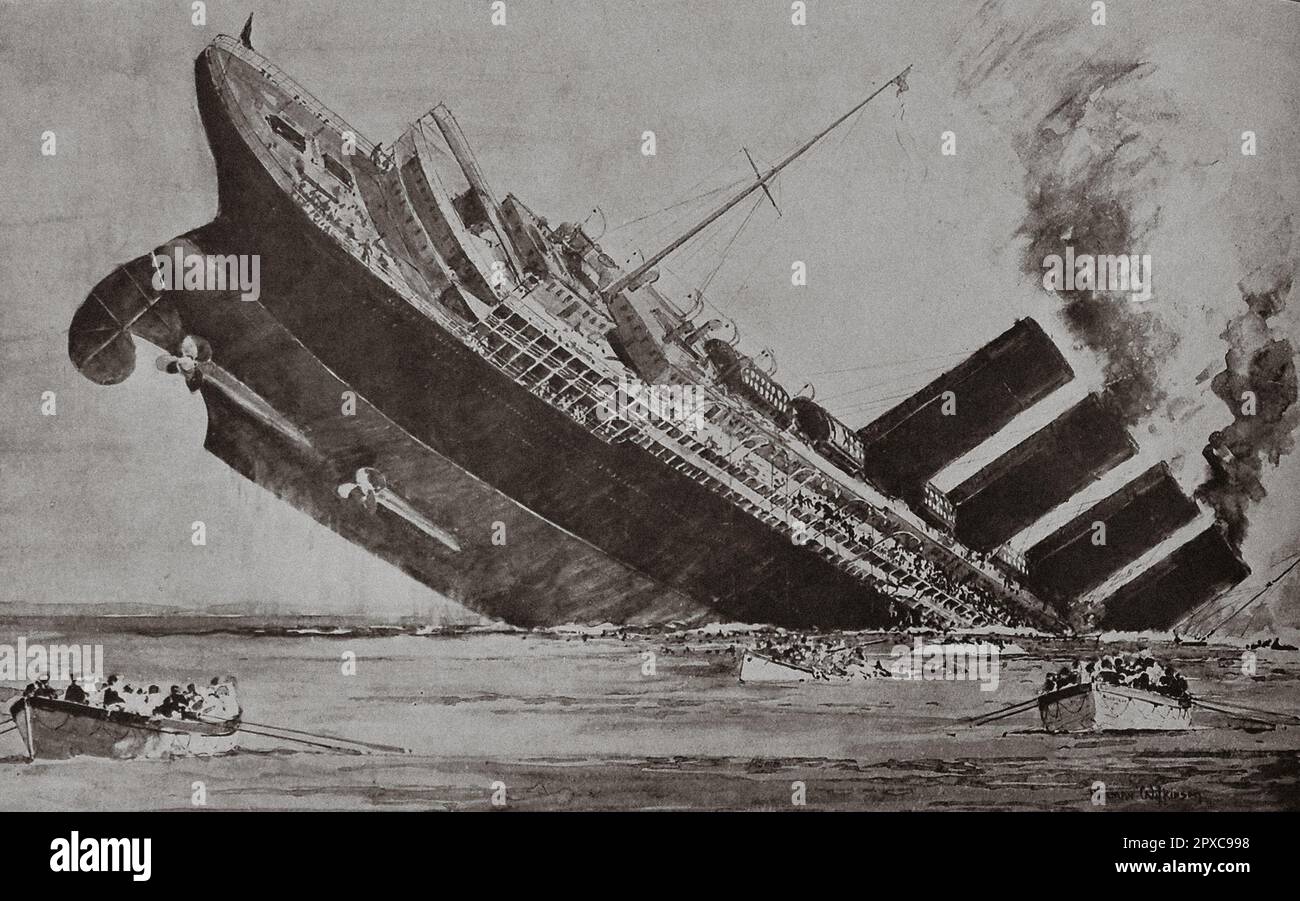 Sinking of the RMS Lusitania. May 1915. Drawing by Norman Wilkinson. The RMS Lusitania was a UK-registered ocean liner that was torpedoed by an Imperial German Navy U-boat during the First World War on 7 May 1915, about 11 nautical miles (20 kilometres) off the Old Head of Kinsale, Ireland. The attack took place in the declared maritime war-zone around the UK, shortly after unrestricted submarine warfare against the ships of the United Kingdom had been announced by Germany following the Allied powers' implementation of a naval blockade against it and the other Central Powers. The passengers h Stock Photohttps://www.alamy.com/image-license-details/?v=1https://www.alamy.com/sinking-of-the-rms-lusitania-may-1915-drawing-by-norman-wilkinson-the-rms-lusitania-was-a-uk-registered-ocean-liner-that-was-torpedoed-by-an-imperial-german-navy-u-boat-during-the-first-world-war-on-7-may-1915-about-11-nautical-miles-20-kilometres-off-the-old-head-of-kinsale-ireland-the-attack-took-place-in-the-declared-maritime-war-zone-around-the-uk-shortly-after-unrestricted-submarine-warfare-against-the-ships-of-the-united-kingdom-had-been-announced-by-germany-following-the-allied-powers-implementation-of-a-naval-blockade-against-it-and-the-other-central-powers-the-passengers-h-image549773204.html
Sinking of the RMS Lusitania. May 1915. Drawing by Norman Wilkinson. The RMS Lusitania was a UK-registered ocean liner that was torpedoed by an Imperial German Navy U-boat during the First World War on 7 May 1915, about 11 nautical miles (20 kilometres) off the Old Head of Kinsale, Ireland. The attack took place in the declared maritime war-zone around the UK, shortly after unrestricted submarine warfare against the ships of the United Kingdom had been announced by Germany following the Allied powers' implementation of a naval blockade against it and the other Central Powers. The passengers h Stock Photohttps://www.alamy.com/image-license-details/?v=1https://www.alamy.com/sinking-of-the-rms-lusitania-may-1915-drawing-by-norman-wilkinson-the-rms-lusitania-was-a-uk-registered-ocean-liner-that-was-torpedoed-by-an-imperial-german-navy-u-boat-during-the-first-world-war-on-7-may-1915-about-11-nautical-miles-20-kilometres-off-the-old-head-of-kinsale-ireland-the-attack-took-place-in-the-declared-maritime-war-zone-around-the-uk-shortly-after-unrestricted-submarine-warfare-against-the-ships-of-the-united-kingdom-had-been-announced-by-germany-following-the-allied-powers-implementation-of-a-naval-blockade-against-it-and-the-other-central-powers-the-passengers-h-image549773204.htmlRM2PXC998–Sinking of the RMS Lusitania. May 1915. Drawing by Norman Wilkinson. The RMS Lusitania was a UK-registered ocean liner that was torpedoed by an Imperial German Navy U-boat during the First World War on 7 May 1915, about 11 nautical miles (20 kilometres) off the Old Head of Kinsale, Ireland. The attack took place in the declared maritime war-zone around the UK, shortly after unrestricted submarine warfare against the ships of the United Kingdom had been announced by Germany following the Allied powers' implementation of a naval blockade against it and the other Central Powers. The passengers h
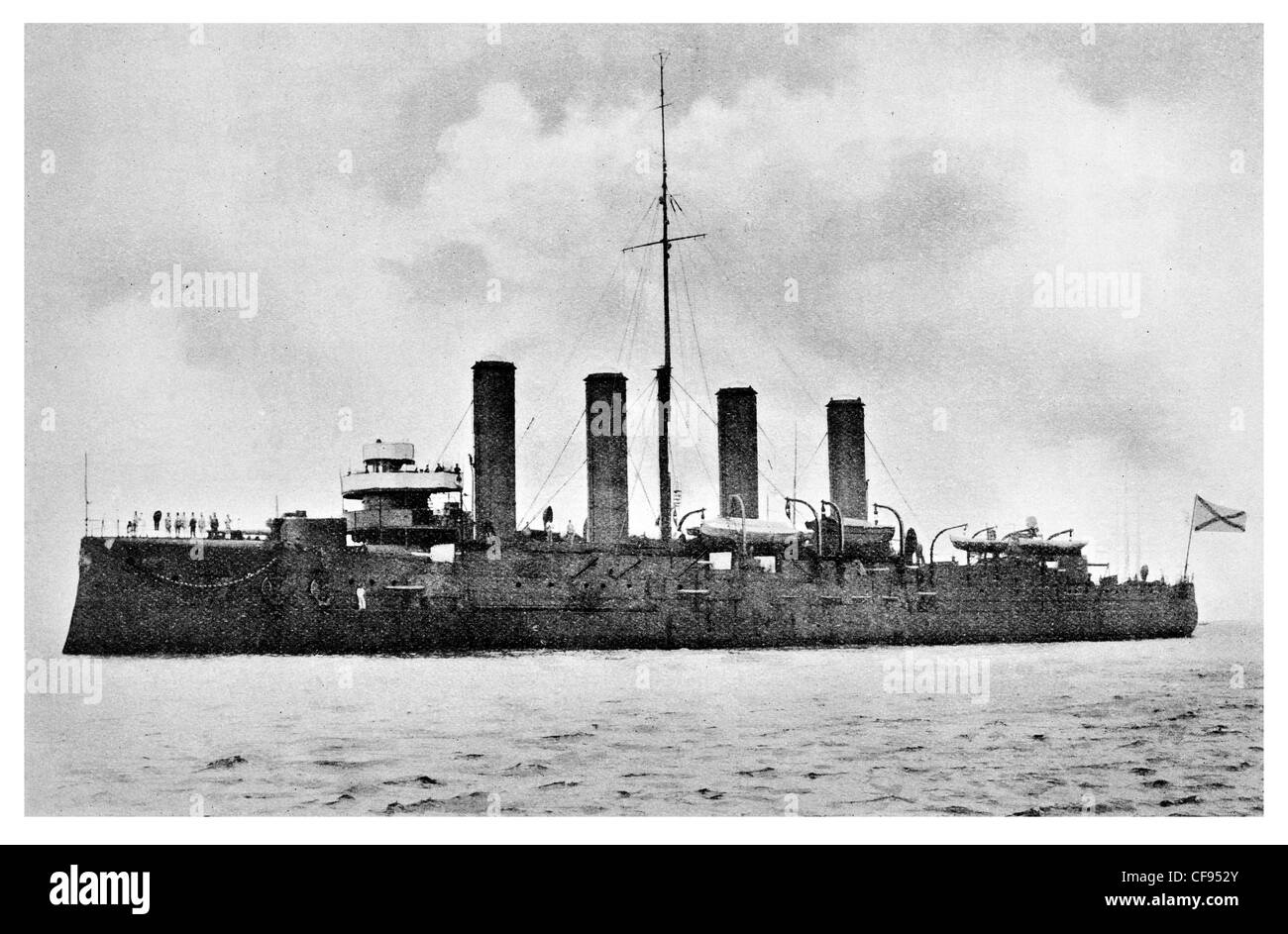 Russian Cruiser Pallada Bayan-class armored cruisers built for Imperial Russian Navy Baltic Fleet Sunk by U-26, 11 October 1914 Stock Photohttps://www.alamy.com/image-license-details/?v=1https://www.alamy.com/stock-photo-russian-cruiser-pallada-bayan-class-armored-cruisers-built-for-imperial-43842147.html
Russian Cruiser Pallada Bayan-class armored cruisers built for Imperial Russian Navy Baltic Fleet Sunk by U-26, 11 October 1914 Stock Photohttps://www.alamy.com/image-license-details/?v=1https://www.alamy.com/stock-photo-russian-cruiser-pallada-bayan-class-armored-cruisers-built-for-imperial-43842147.htmlRFCF952Y–Russian Cruiser Pallada Bayan-class armored cruisers built for Imperial Russian Navy Baltic Fleet Sunk by U-26, 11 October 1914
 Sunday morning inspection; Russian navy 1893 Stock Photohttps://www.alamy.com/image-license-details/?v=1https://www.alamy.com/stock-photo-sunday-morning-inspection-russian-navy-1893-76391857.html
Sunday morning inspection; Russian navy 1893 Stock Photohttps://www.alamy.com/image-license-details/?v=1https://www.alamy.com/stock-photo-sunday-morning-inspection-russian-navy-1893-76391857.htmlRMEC7XGH–Sunday morning inspection; Russian navy 1893
 The sea battle at Hogland occurred on July 22, 1713 between the Imperial Russian Navy and the Swedish Navy during the Great Northern War, in which nowadays Russian island of Hogland / Das Seegefecht bei Hogland ereignete sich am 22. Juli 1713 zwischen der Kaiserlich Russischen Marine und der Schwedischen Marine während des Großen Nordischen Krieges, bei der heutzutage russischen Insel Hogland, Historisch, historical, digital improved reproduction of an original from the 19th century / digitale Reproduktion einer Originalvorlage aus dem 19. Jahrhundert, Stock Photohttps://www.alamy.com/image-license-details/?v=1https://www.alamy.com/the-sea-battle-at-hogland-occurred-on-july-22-1713-between-the-imperial-russian-navy-and-the-swedish-navy-during-the-great-northern-war-in-which-nowadays-russian-island-of-hogland-das-seegefecht-bei-hogland-ereignete-sich-am-22-juli-1713-zwischen-der-kaiserlich-russischen-marine-und-der-schwedischen-marine-whrend-des-groen-nordischen-krieges-bei-der-heutzutage-russischen-insel-hogland-historisch-historical-digital-improved-reproduction-of-an-original-from-the-19th-century-digitale-reproduktion-einer-originalvorlage-aus-dem-19-jahrhundert-image357065585.html
The sea battle at Hogland occurred on July 22, 1713 between the Imperial Russian Navy and the Swedish Navy during the Great Northern War, in which nowadays Russian island of Hogland / Das Seegefecht bei Hogland ereignete sich am 22. Juli 1713 zwischen der Kaiserlich Russischen Marine und der Schwedischen Marine während des Großen Nordischen Krieges, bei der heutzutage russischen Insel Hogland, Historisch, historical, digital improved reproduction of an original from the 19th century / digitale Reproduktion einer Originalvorlage aus dem 19. Jahrhundert, Stock Photohttps://www.alamy.com/image-license-details/?v=1https://www.alamy.com/the-sea-battle-at-hogland-occurred-on-july-22-1713-between-the-imperial-russian-navy-and-the-swedish-navy-during-the-great-northern-war-in-which-nowadays-russian-island-of-hogland-das-seegefecht-bei-hogland-ereignete-sich-am-22-juli-1713-zwischen-der-kaiserlich-russischen-marine-und-der-schwedischen-marine-whrend-des-groen-nordischen-krieges-bei-der-heutzutage-russischen-insel-hogland-historisch-historical-digital-improved-reproduction-of-an-original-from-the-19th-century-digitale-reproduktion-einer-originalvorlage-aus-dem-19-jahrhundert-image357065585.htmlRF2BMWMP9–The sea battle at Hogland occurred on July 22, 1713 between the Imperial Russian Navy and the Swedish Navy during the Great Northern War, in which nowadays Russian island of Hogland / Das Seegefecht bei Hogland ereignete sich am 22. Juli 1713 zwischen der Kaiserlich Russischen Marine und der Schwedischen Marine während des Großen Nordischen Krieges, bei der heutzutage russischen Insel Hogland, Historisch, historical, digital improved reproduction of an original from the 19th century / digitale Reproduktion einer Originalvorlage aus dem 19. Jahrhundert,
 The Admiralty building square. Stock Photohttps://www.alamy.com/image-license-details/?v=1https://www.alamy.com/the-admiralty-building-square-image487017290.html
The Admiralty building square. Stock Photohttps://www.alamy.com/image-license-details/?v=1https://www.alamy.com/the-admiralty-building-square-image487017290.htmlRM2K89FEJ–The Admiralty building square.
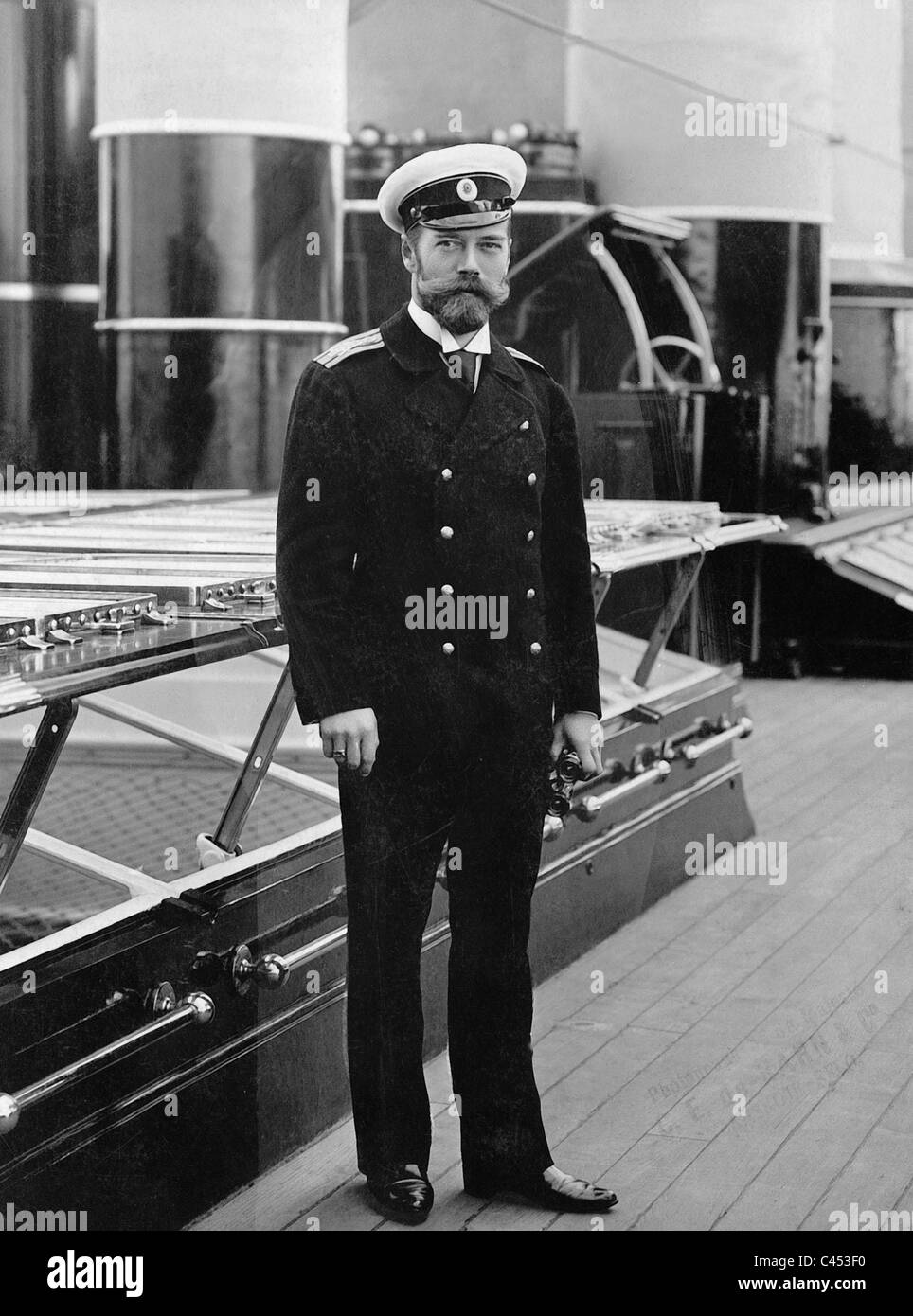 Czar Nicholas II on board an imperial yacht, 1907 Stock Photohttps://www.alamy.com/image-license-details/?v=1https://www.alamy.com/stock-photo-czar-nicholas-ii-on-board-an-imperial-yacht-1907-36991892.html
Czar Nicholas II on board an imperial yacht, 1907 Stock Photohttps://www.alamy.com/image-license-details/?v=1https://www.alamy.com/stock-photo-czar-nicholas-ii-on-board-an-imperial-yacht-1907-36991892.htmlRMC453F0–Czar Nicholas II on board an imperial yacht, 1907
 1916 Daily Sketch Boy soldiers of the Russian Army Stock Photohttps://www.alamy.com/image-license-details/?v=1https://www.alamy.com/stock-photo-1916-daily-sketch-boy-soldiers-of-the-russian-army-105246285.html
1916 Daily Sketch Boy soldiers of the Russian Army Stock Photohttps://www.alamy.com/image-license-details/?v=1https://www.alamy.com/stock-photo-1916-daily-sketch-boy-soldiers-of-the-russian-army-105246285.htmlRMG36AKW–1916 Daily Sketch Boy soldiers of the Russian Army
 Imperial Russian Navy - HIMS Bogatyr, a Bogatyr-class protected cruiser. Stock Photohttps://www.alamy.com/image-license-details/?v=1https://www.alamy.com/imperial-russian-navy-hims-bogatyr-a-bogatyr-class-protected-cruiser-image560843501.html
Imperial Russian Navy - HIMS Bogatyr, a Bogatyr-class protected cruiser. Stock Photohttps://www.alamy.com/image-license-details/?v=1https://www.alamy.com/imperial-russian-navy-hims-bogatyr-a-bogatyr-class-protected-cruiser-image560843501.htmlRM2RGCHH1–Imperial Russian Navy - HIMS Bogatyr, a Bogatyr-class protected cruiser.
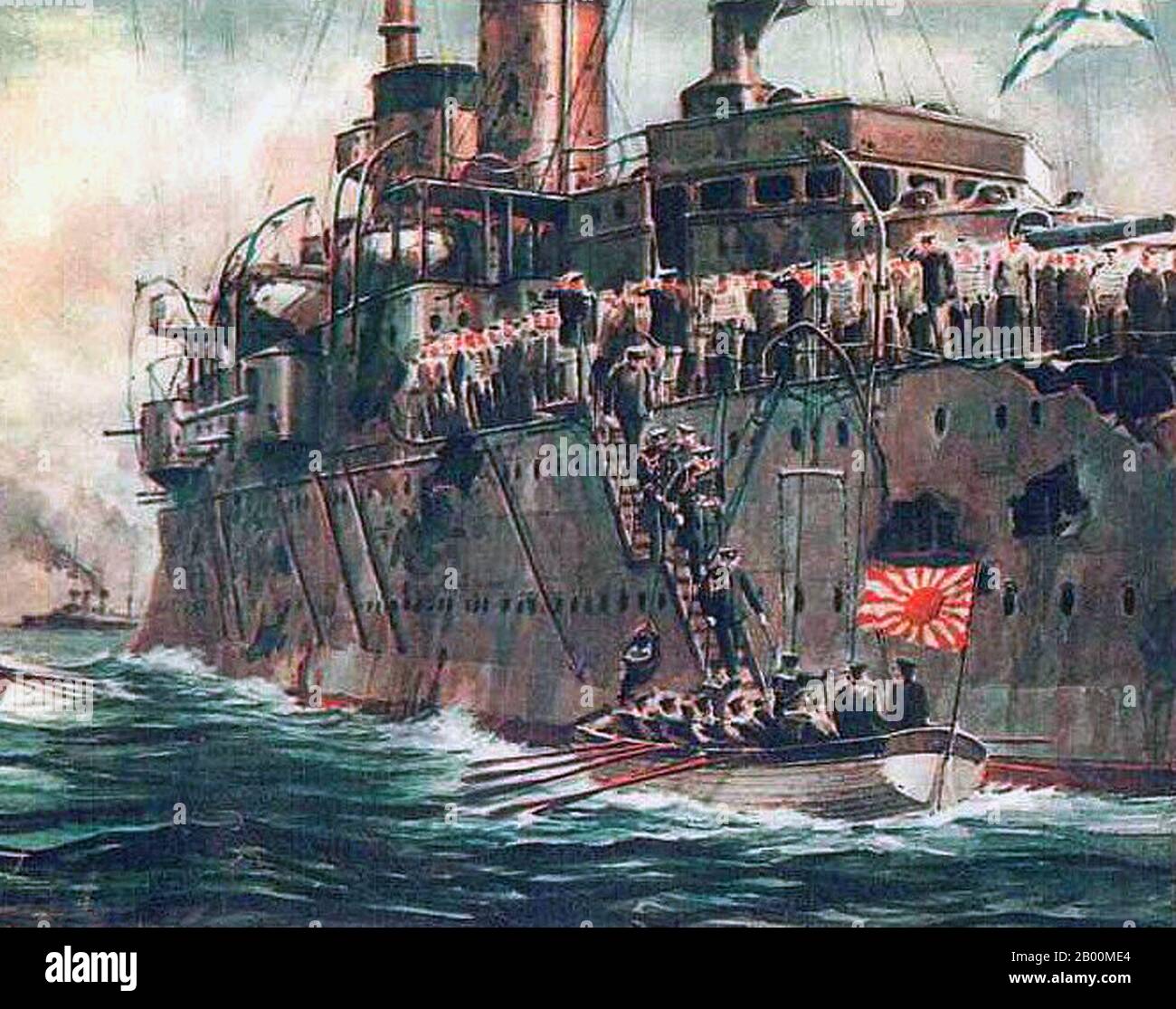 Japan: Russian Admiral Nebogatov commanding the Emperor Nikolai I surrenders to the Japanese Navy near Takeshima on May 28, 1905, (Russo-Japanese War, 8 February 1904 – 5 September 1905). The Russo-Japanese War (8 February 1904 – 5 September 1905) was the first great war of the 20th century which grew out of the rival imperial ambitions of the Russian Empire and Japanese Empire over Manchuria and Korea. The resulting campaigns, in which the Japanese military attained victory over the Russian forces arrayed against them, were unexpected by world observers. Stock Photohttps://www.alamy.com/image-license-details/?v=1https://www.alamy.com/japan-russian-admiral-nebogatov-commanding-the-emperor-nikolai-i-surrenders-to-the-japanese-navy-near-takeshima-on-may-28-1905-russo-japanese-war-8-february-1904-5-september-1905-the-russo-japanese-war-8-february-1904-5-september-1905-was-the-first-great-war-of-the-20th-century-which-grew-out-of-the-rival-imperial-ambitions-of-the-russian-empire-and-japanese-empire-over-manchuria-and-korea-the-resulting-campaigns-in-which-the-japanese-military-attained-victory-over-the-russian-forces-arrayed-against-them-were-unexpected-by-world-observers-image344223436.html
Japan: Russian Admiral Nebogatov commanding the Emperor Nikolai I surrenders to the Japanese Navy near Takeshima on May 28, 1905, (Russo-Japanese War, 8 February 1904 – 5 September 1905). The Russo-Japanese War (8 February 1904 – 5 September 1905) was the first great war of the 20th century which grew out of the rival imperial ambitions of the Russian Empire and Japanese Empire over Manchuria and Korea. The resulting campaigns, in which the Japanese military attained victory over the Russian forces arrayed against them, were unexpected by world observers. Stock Photohttps://www.alamy.com/image-license-details/?v=1https://www.alamy.com/japan-russian-admiral-nebogatov-commanding-the-emperor-nikolai-i-surrenders-to-the-japanese-navy-near-takeshima-on-may-28-1905-russo-japanese-war-8-february-1904-5-september-1905-the-russo-japanese-war-8-february-1904-5-september-1905-was-the-first-great-war-of-the-20th-century-which-grew-out-of-the-rival-imperial-ambitions-of-the-russian-empire-and-japanese-empire-over-manchuria-and-korea-the-resulting-campaigns-in-which-the-japanese-military-attained-victory-over-the-russian-forces-arrayed-against-them-were-unexpected-by-world-observers-image344223436.htmlRM2B00ME4–Japan: Russian Admiral Nebogatov commanding the Emperor Nikolai I surrenders to the Japanese Navy near Takeshima on May 28, 1905, (Russo-Japanese War, 8 February 1904 – 5 September 1905). The Russo-Japanese War (8 February 1904 – 5 September 1905) was the first great war of the 20th century which grew out of the rival imperial ambitions of the Russian Empire and Japanese Empire over Manchuria and Korea. The resulting campaigns, in which the Japanese military attained victory over the Russian forces arrayed against them, were unexpected by world observers.
 The Russian Cutter Mercury captures Swedish 40-gun frigate Venus on May 21st, 1789', 1845. Stock Photohttps://www.alamy.com/image-license-details/?v=1https://www.alamy.com/the-russian-cutter-mercury-captures-swedish-40-gun-frigate-venus-on-image60410764.html
The Russian Cutter Mercury captures Swedish 40-gun frigate Venus on May 21st, 1789', 1845. Stock Photohttps://www.alamy.com/image-license-details/?v=1https://www.alamy.com/the-russian-cutter-mercury-captures-swedish-40-gun-frigate-venus-on-image60410764.htmlRMDE7XF8–The Russian Cutter Mercury captures Swedish 40-gun frigate Venus on May 21st, 1789', 1845.